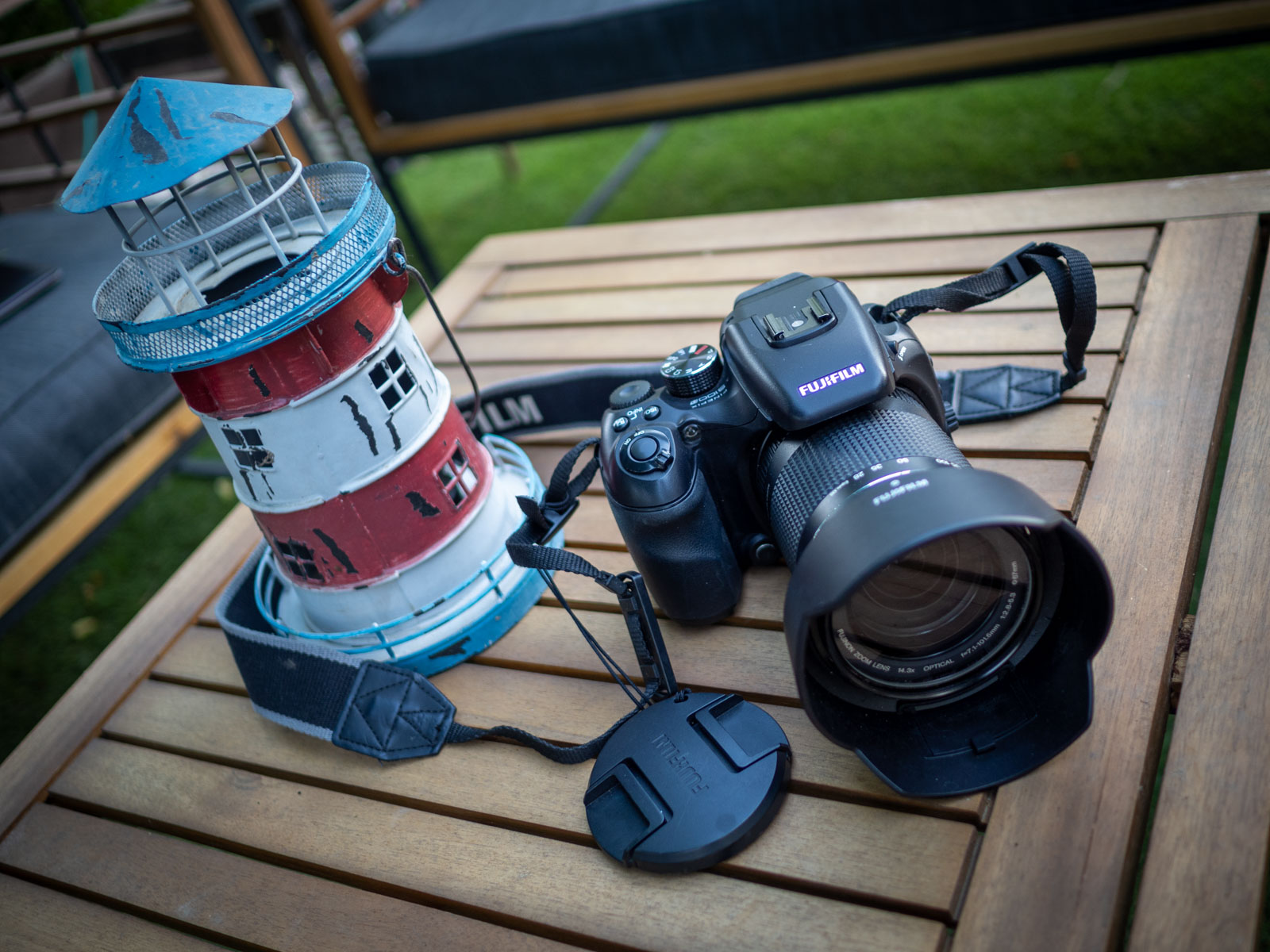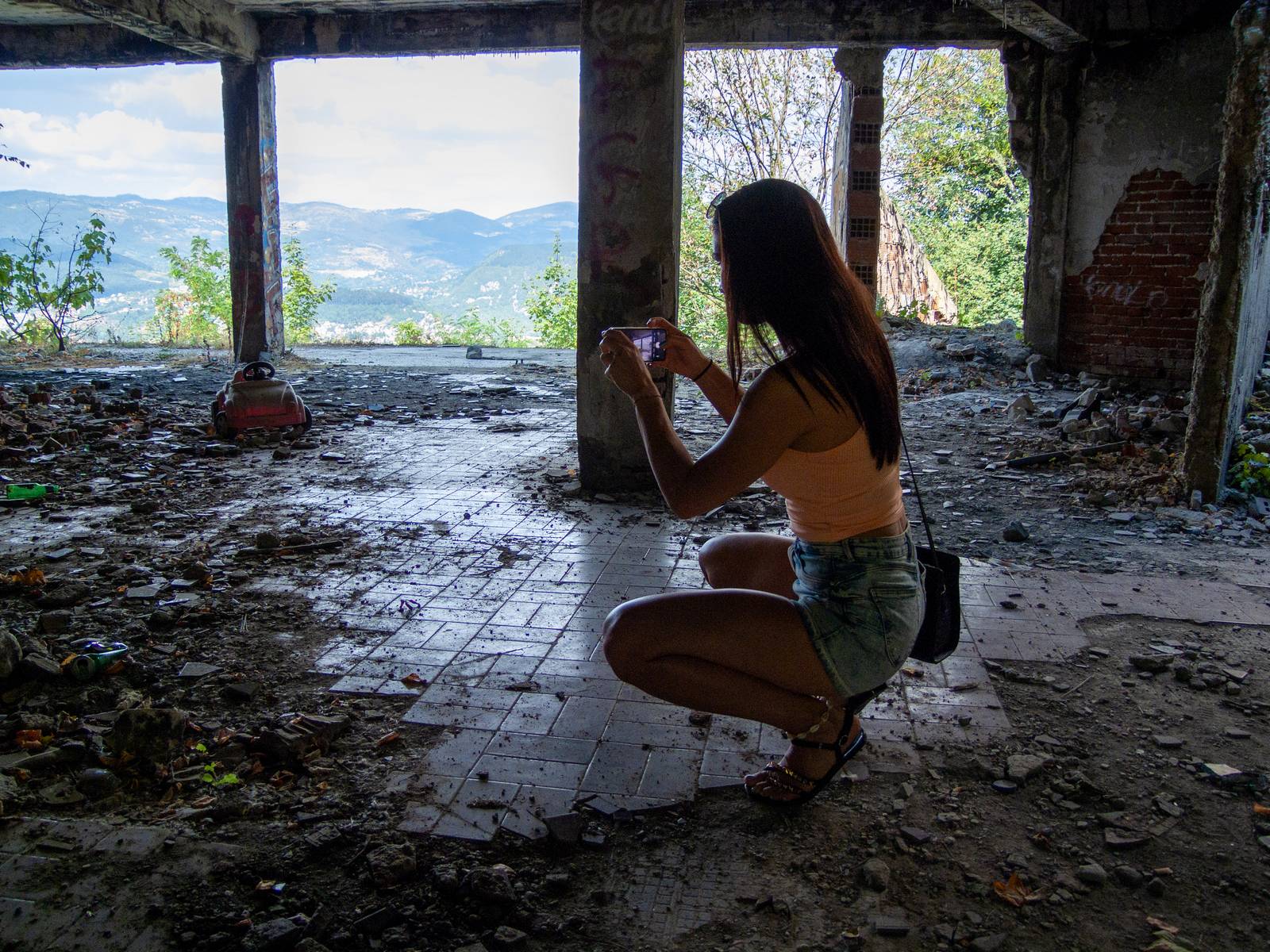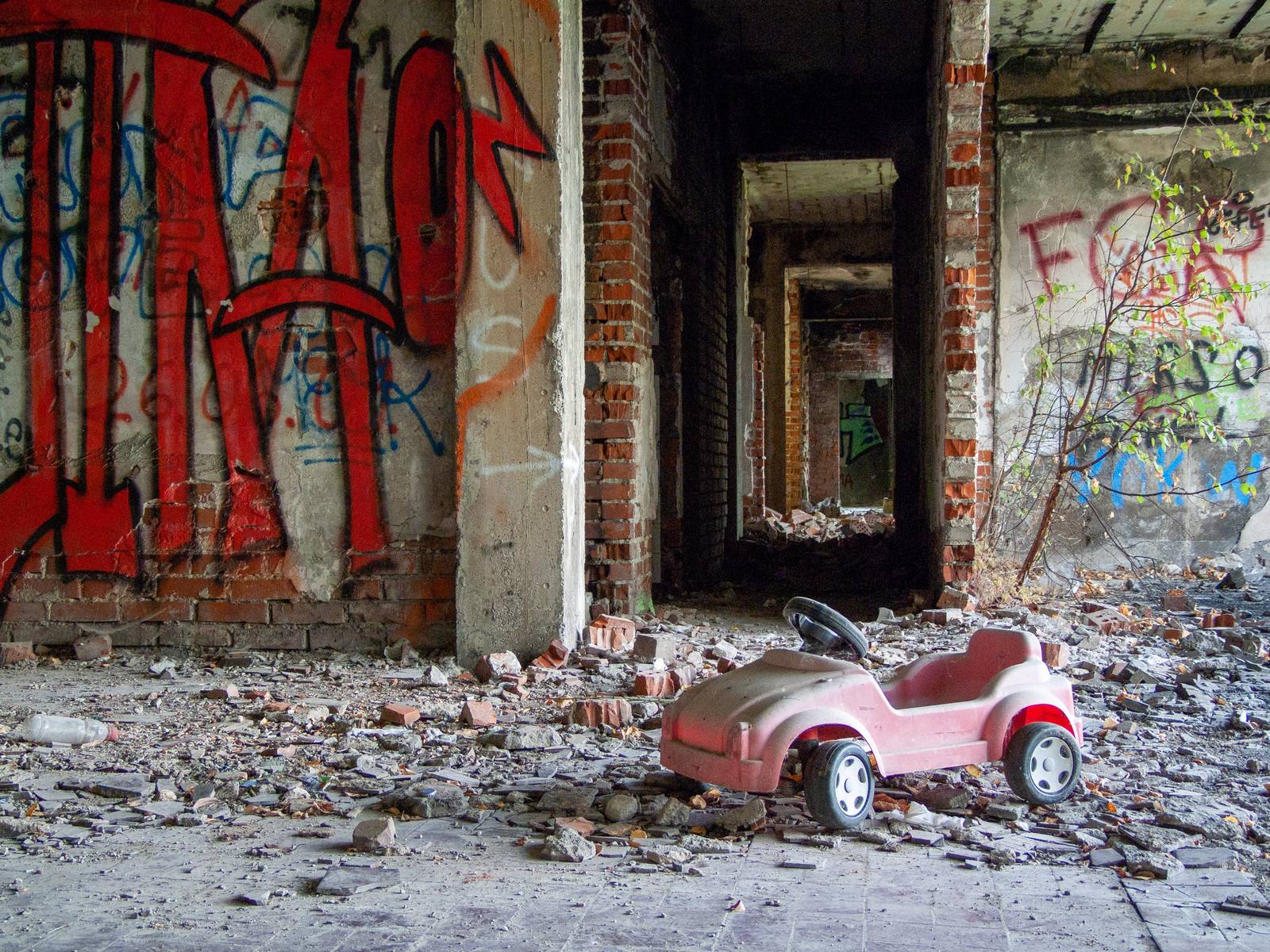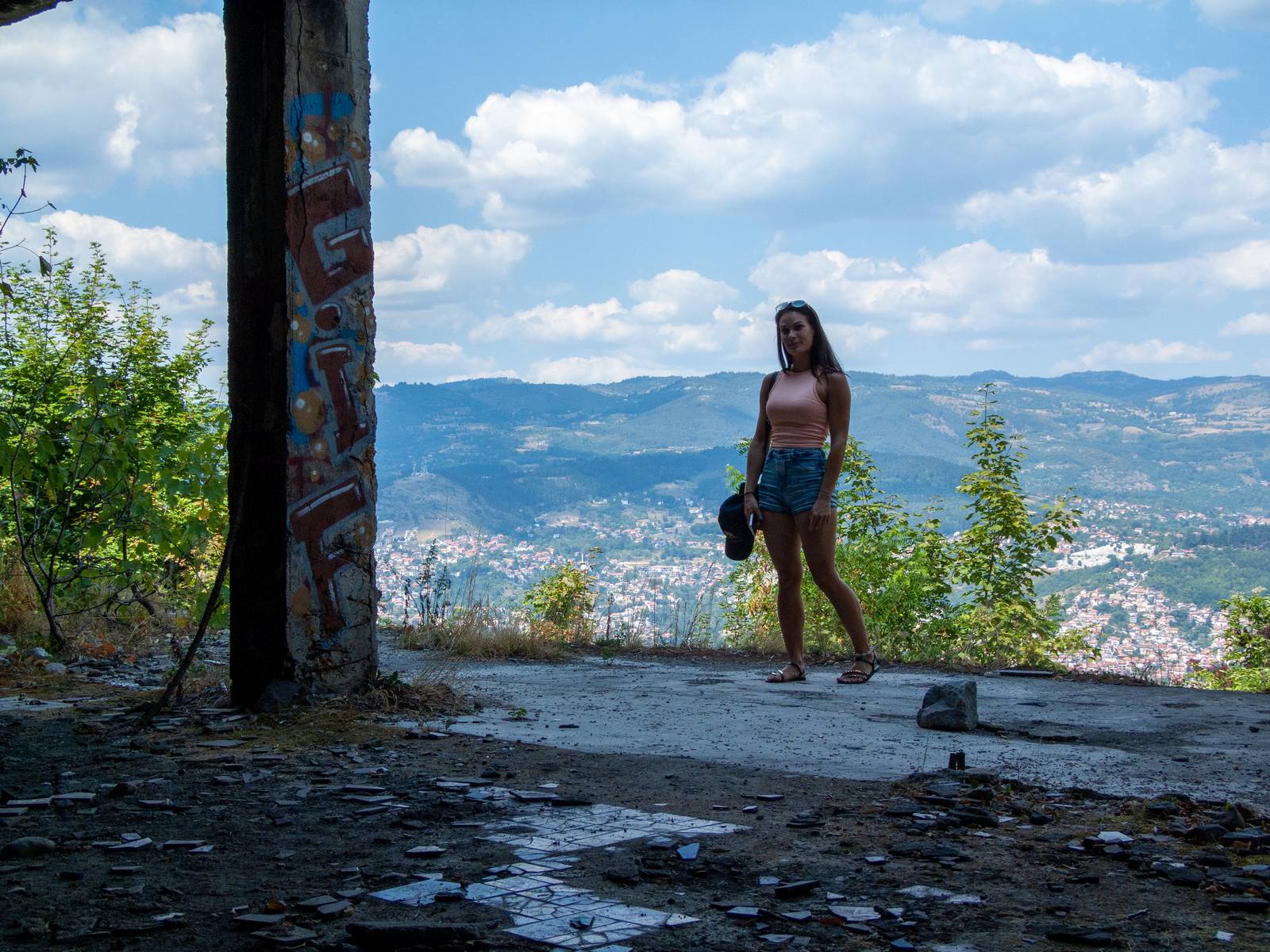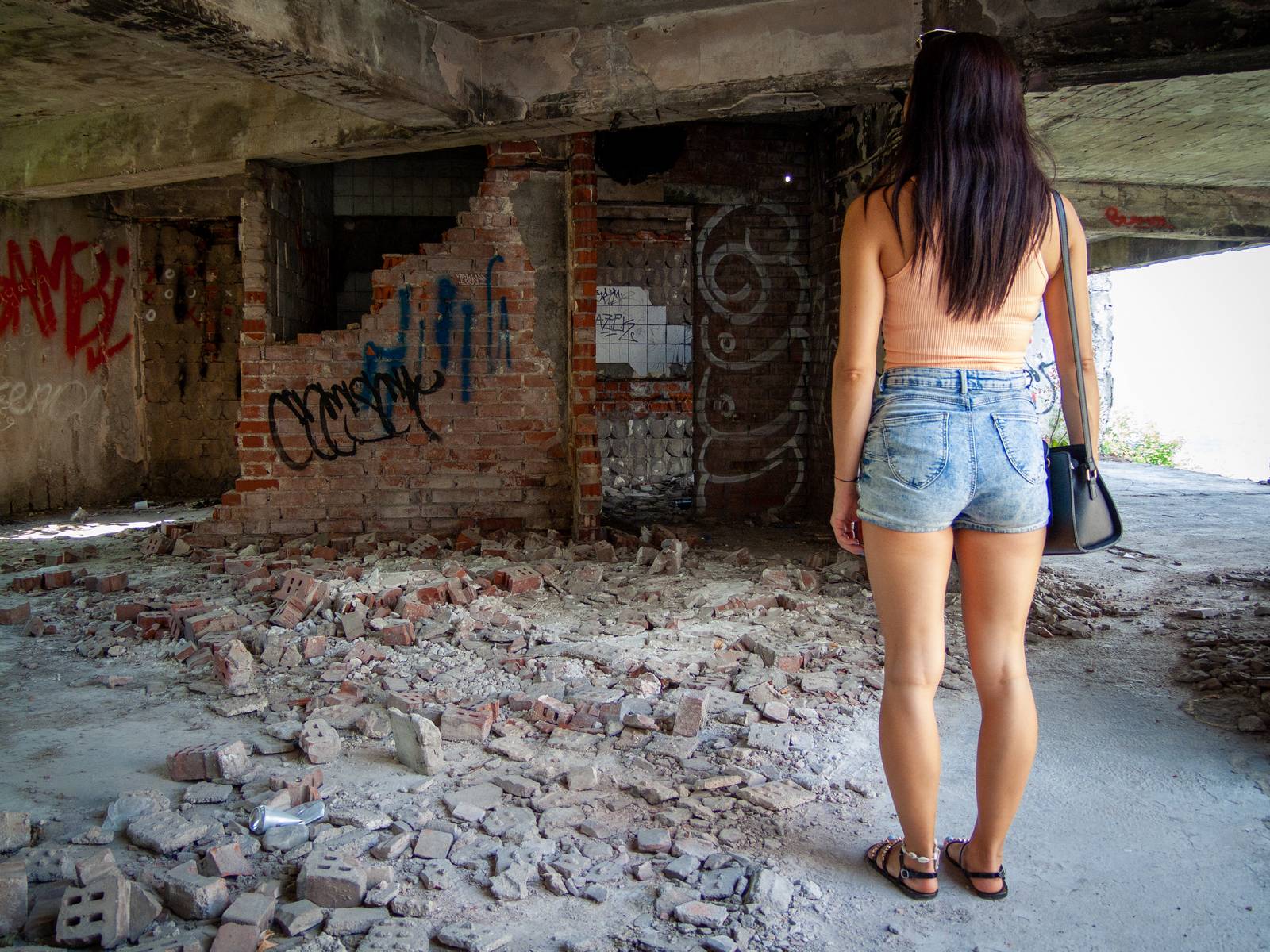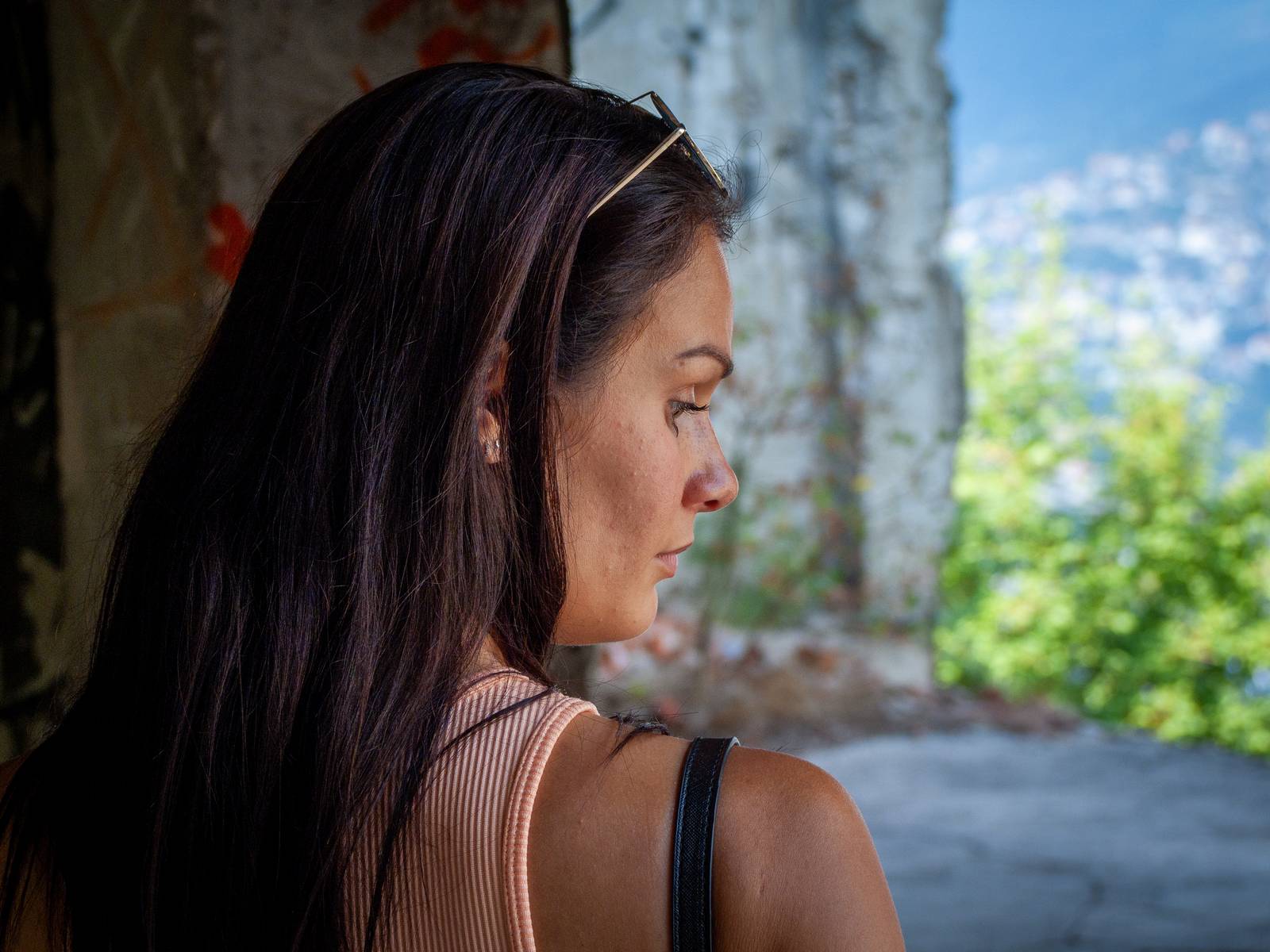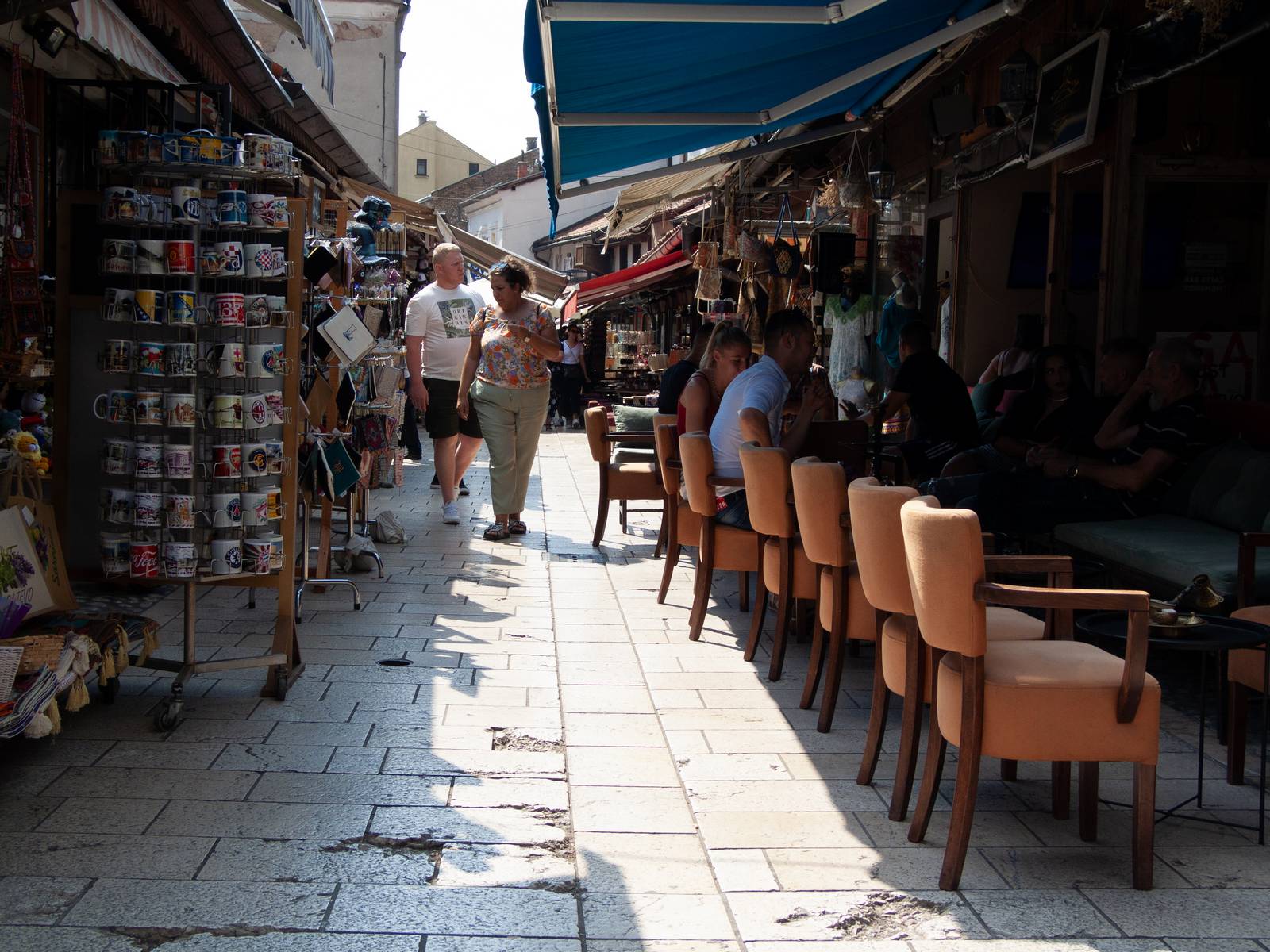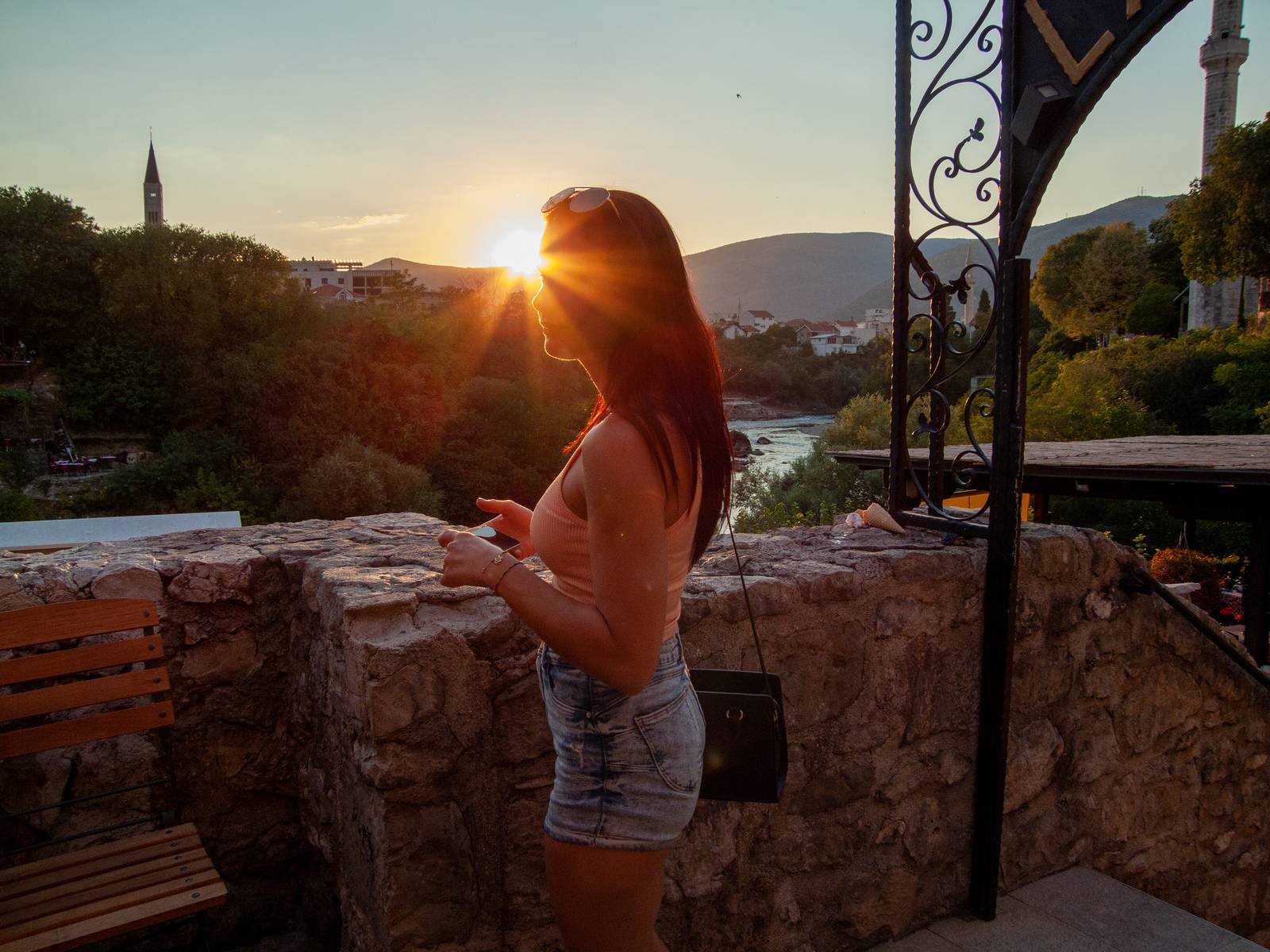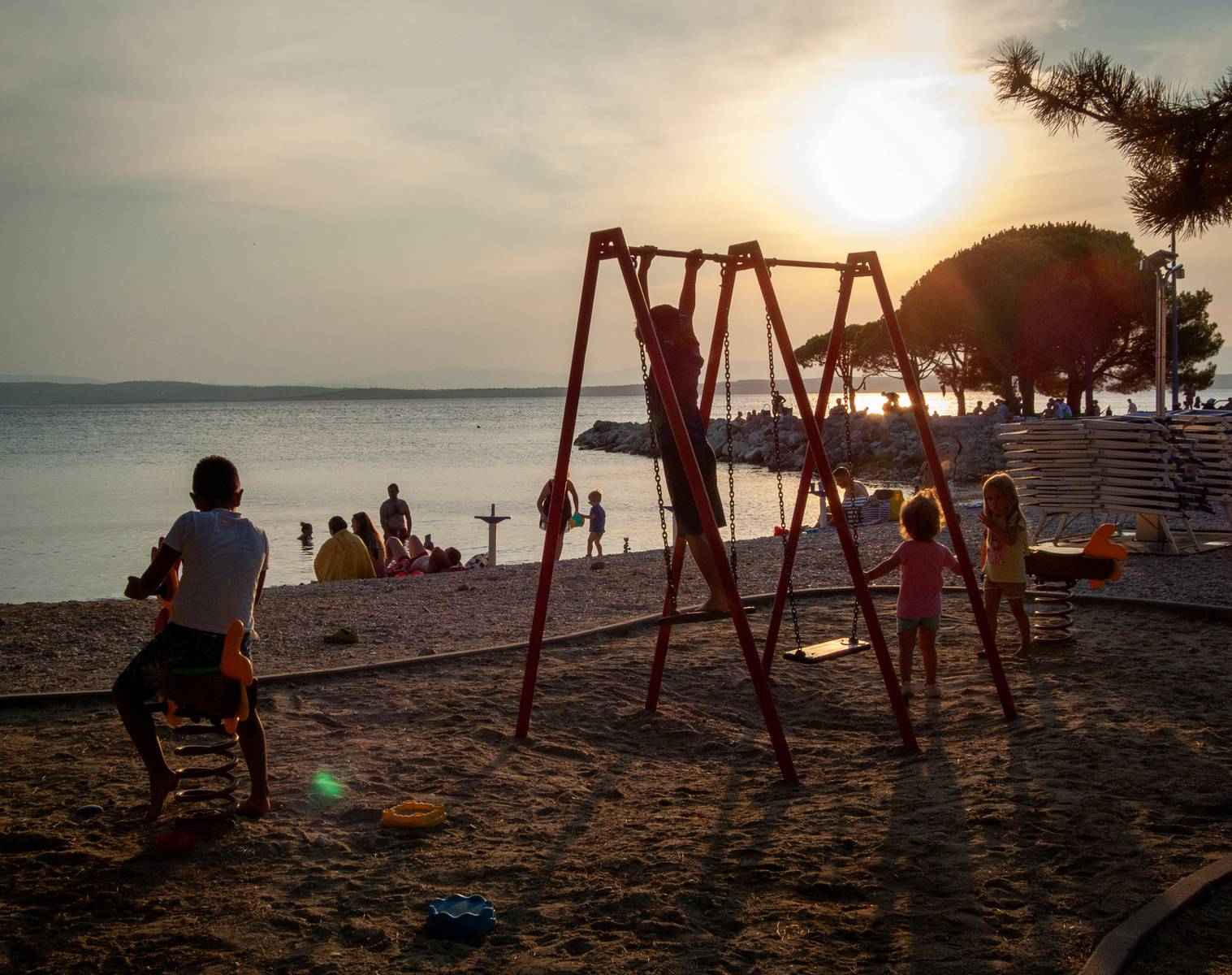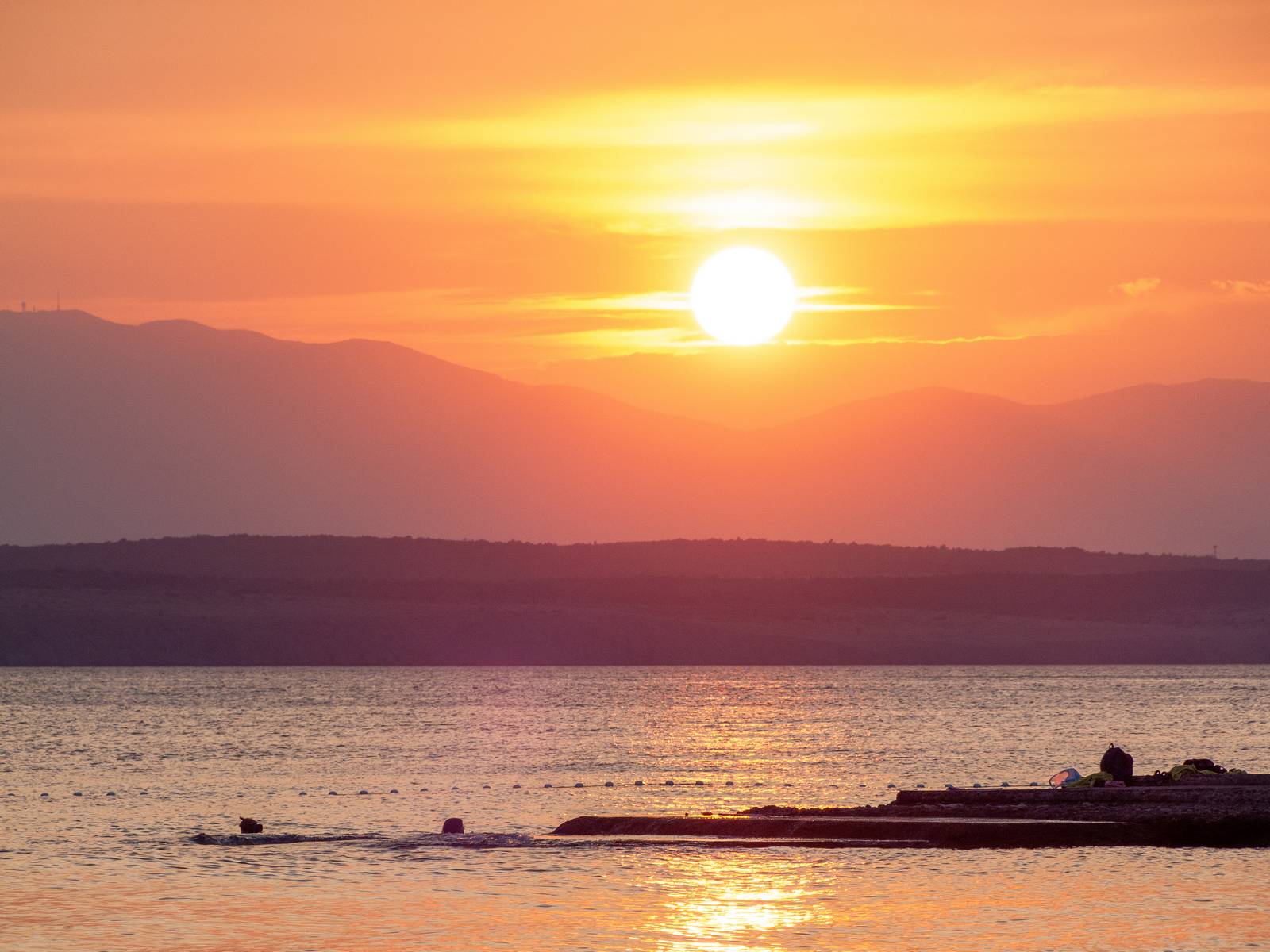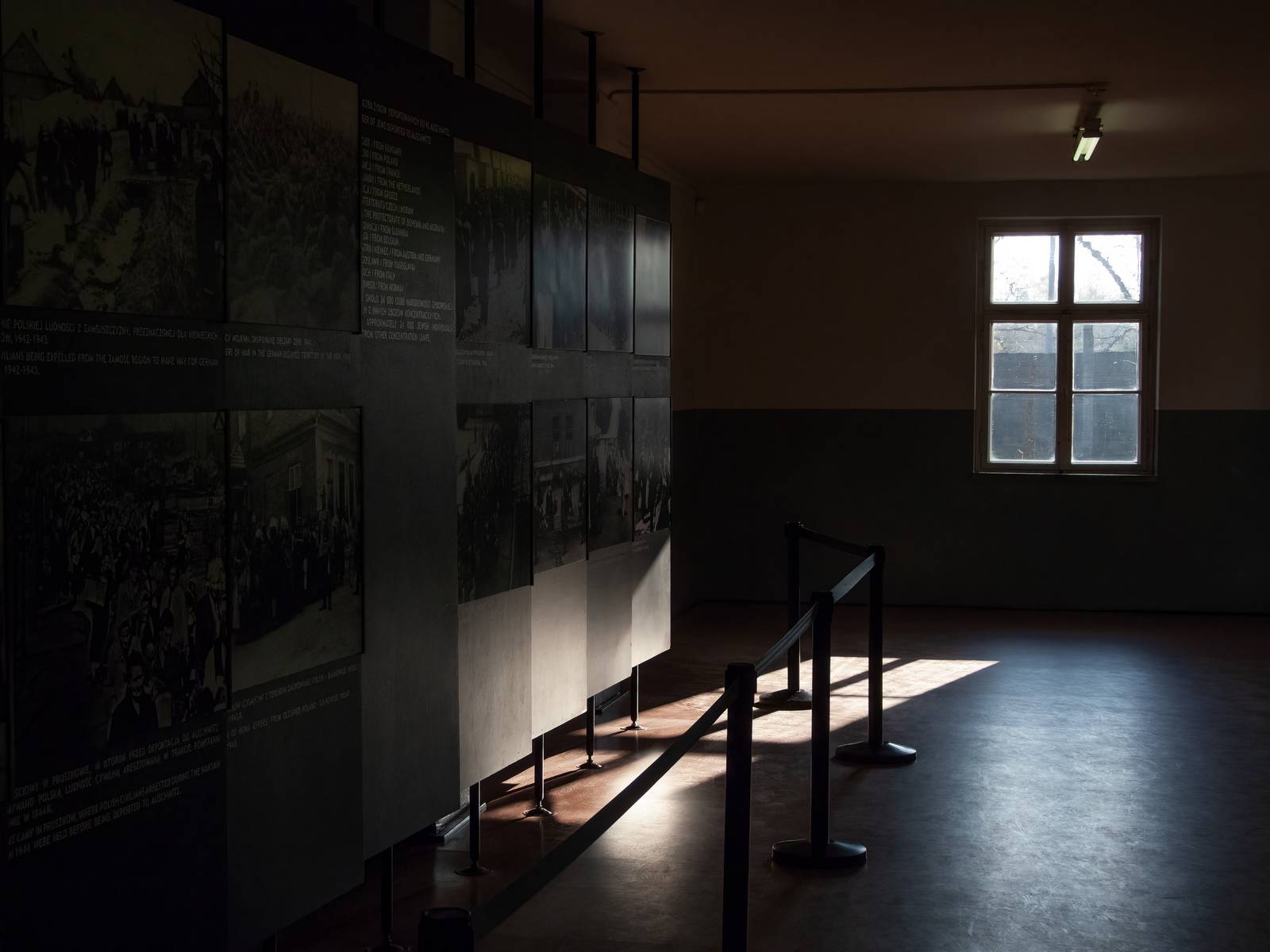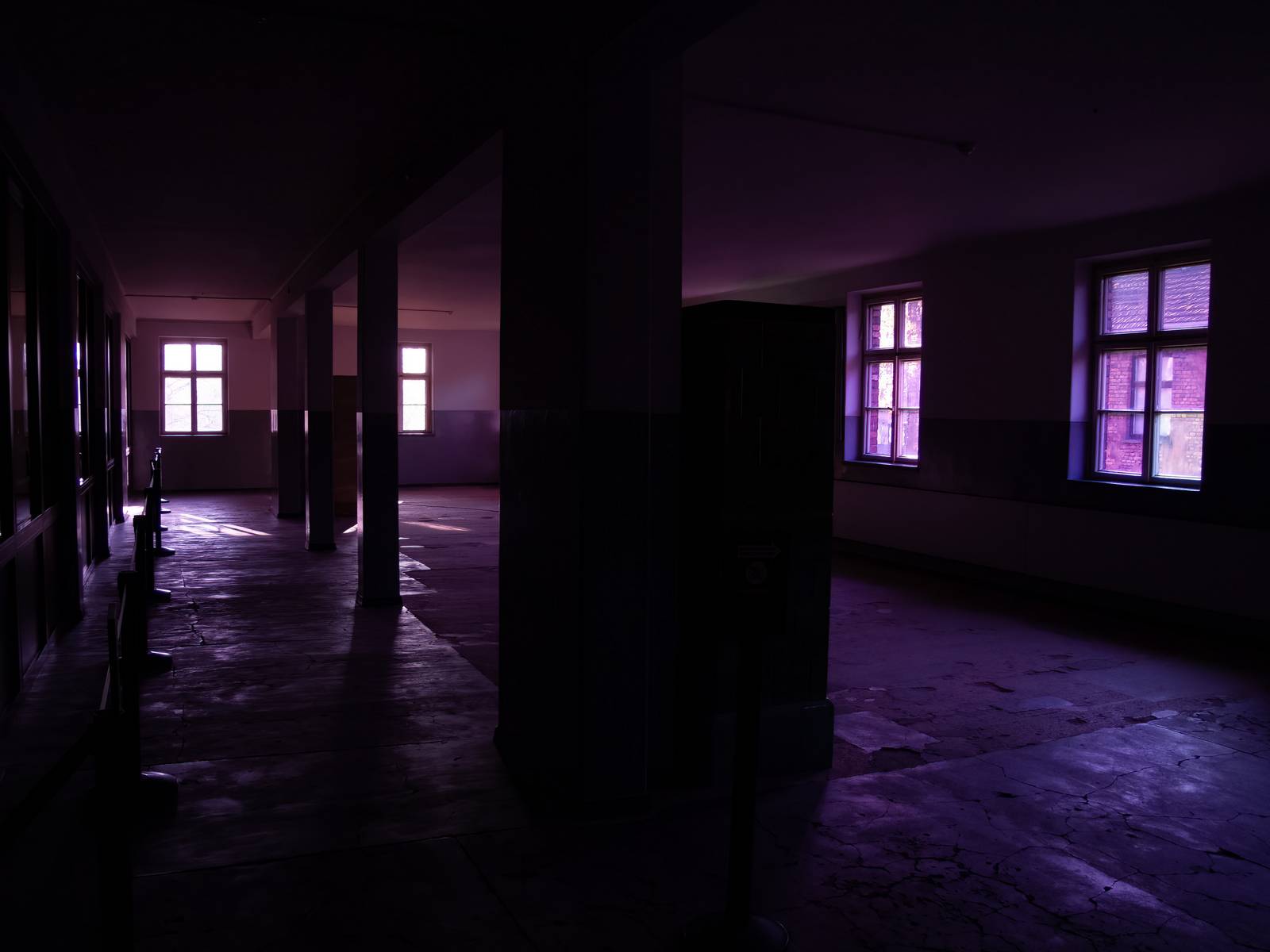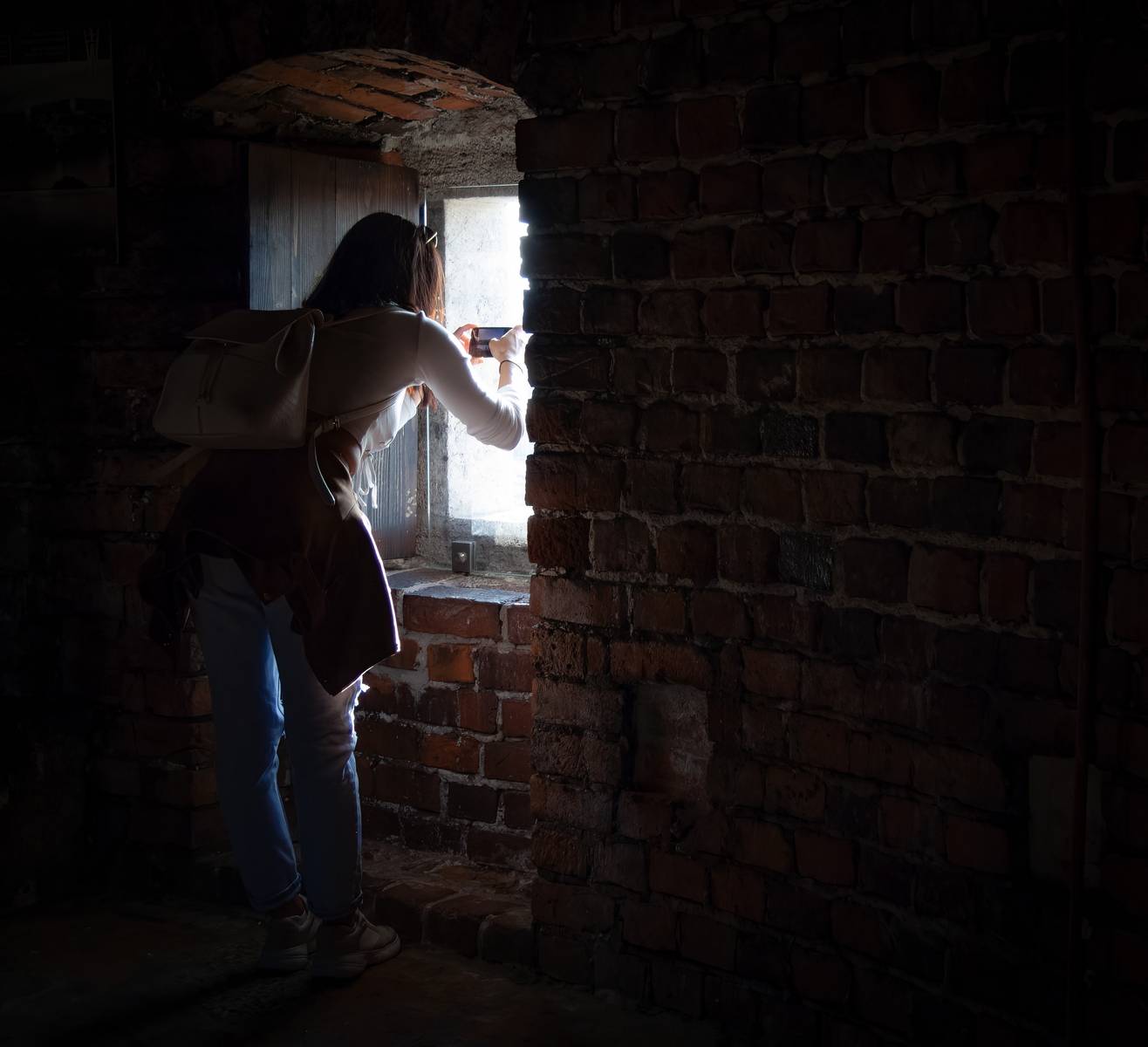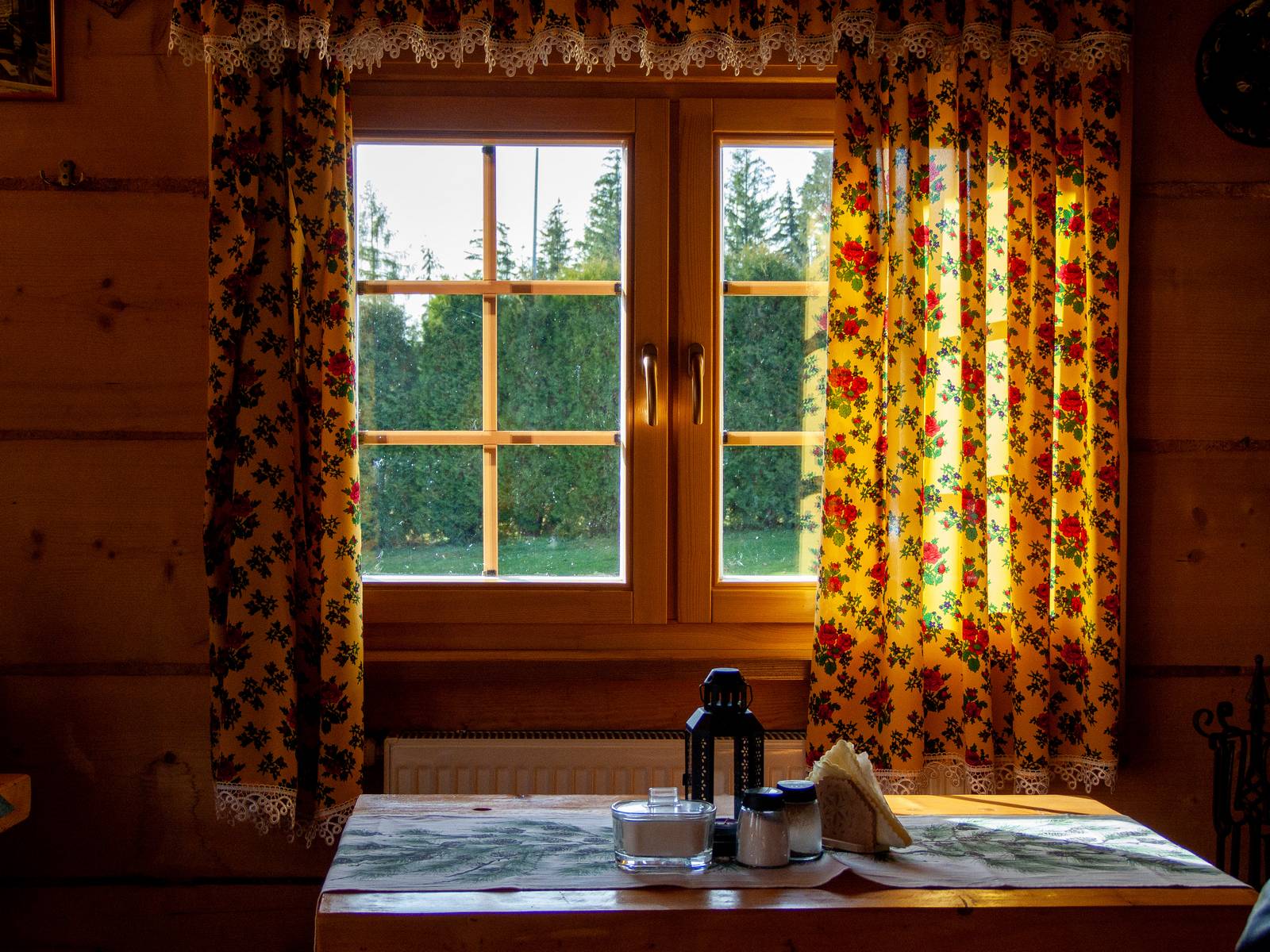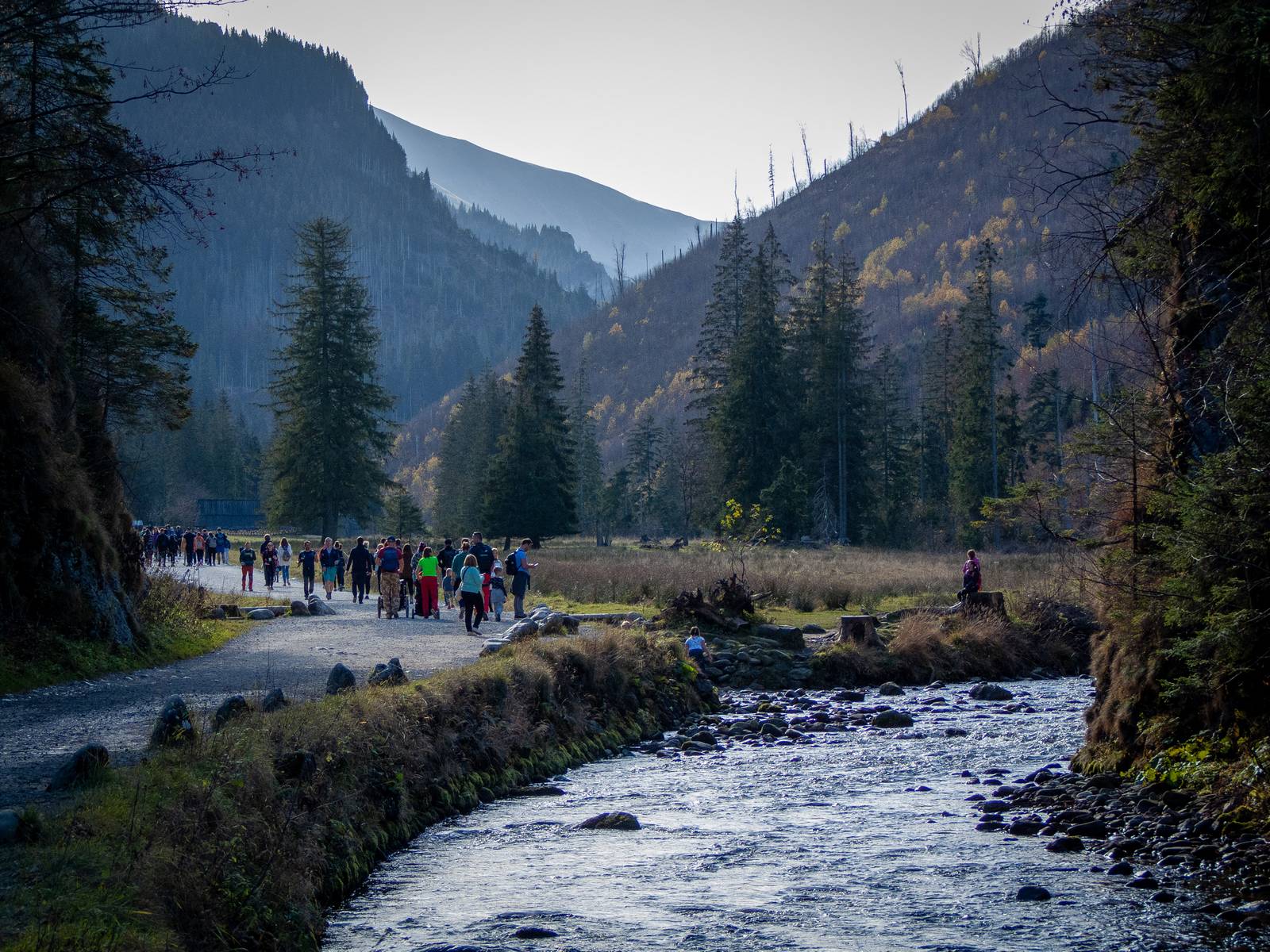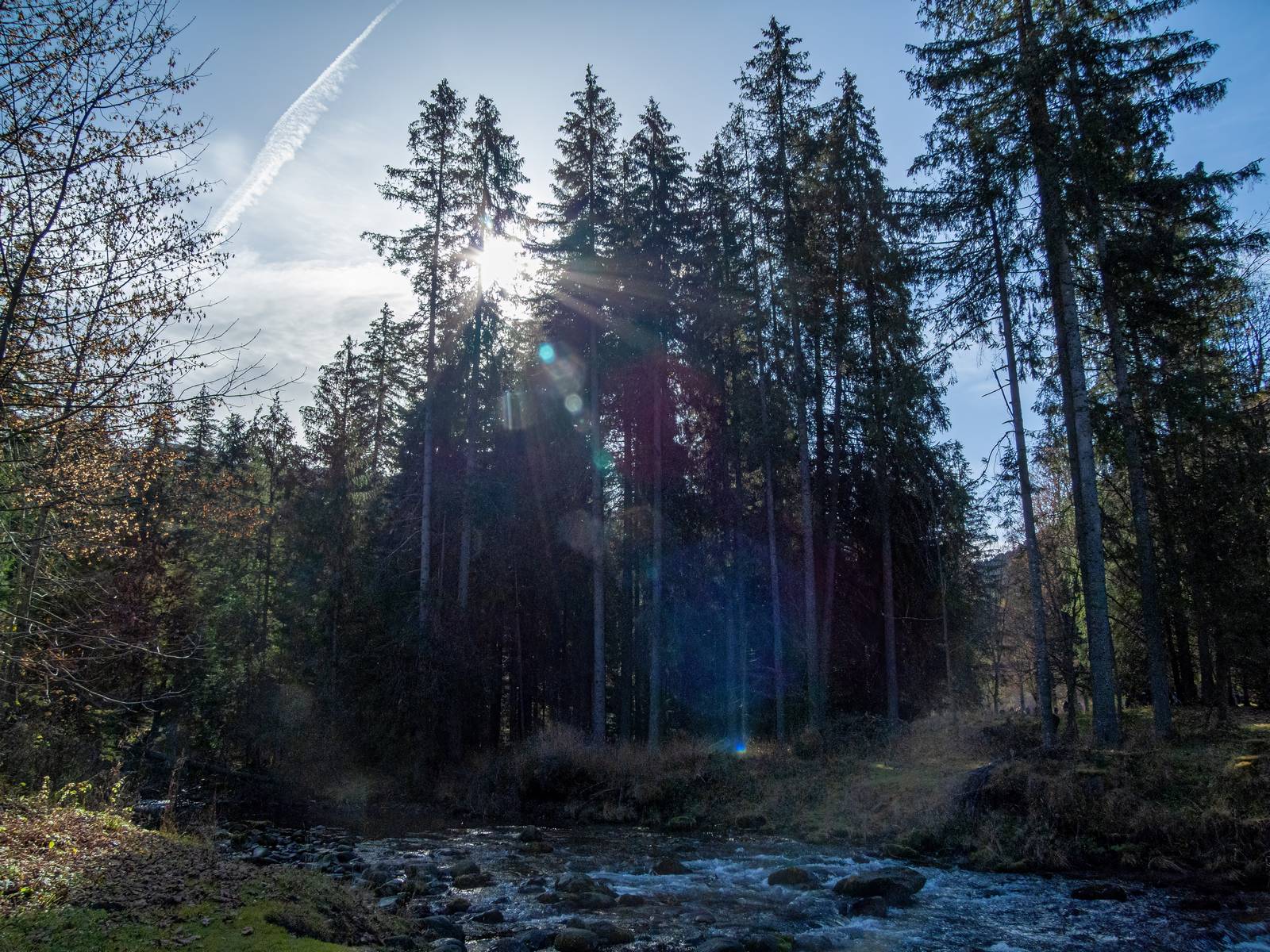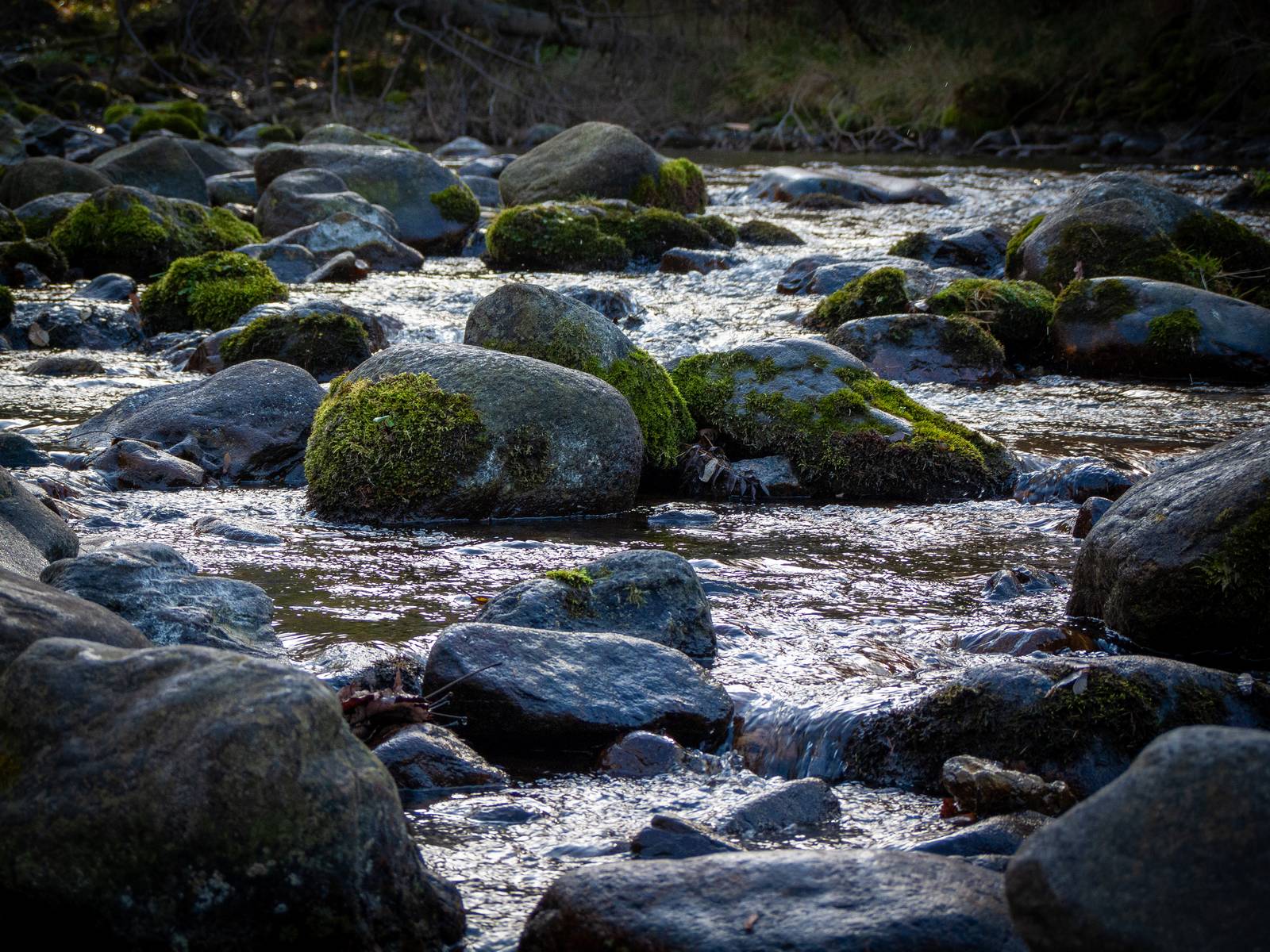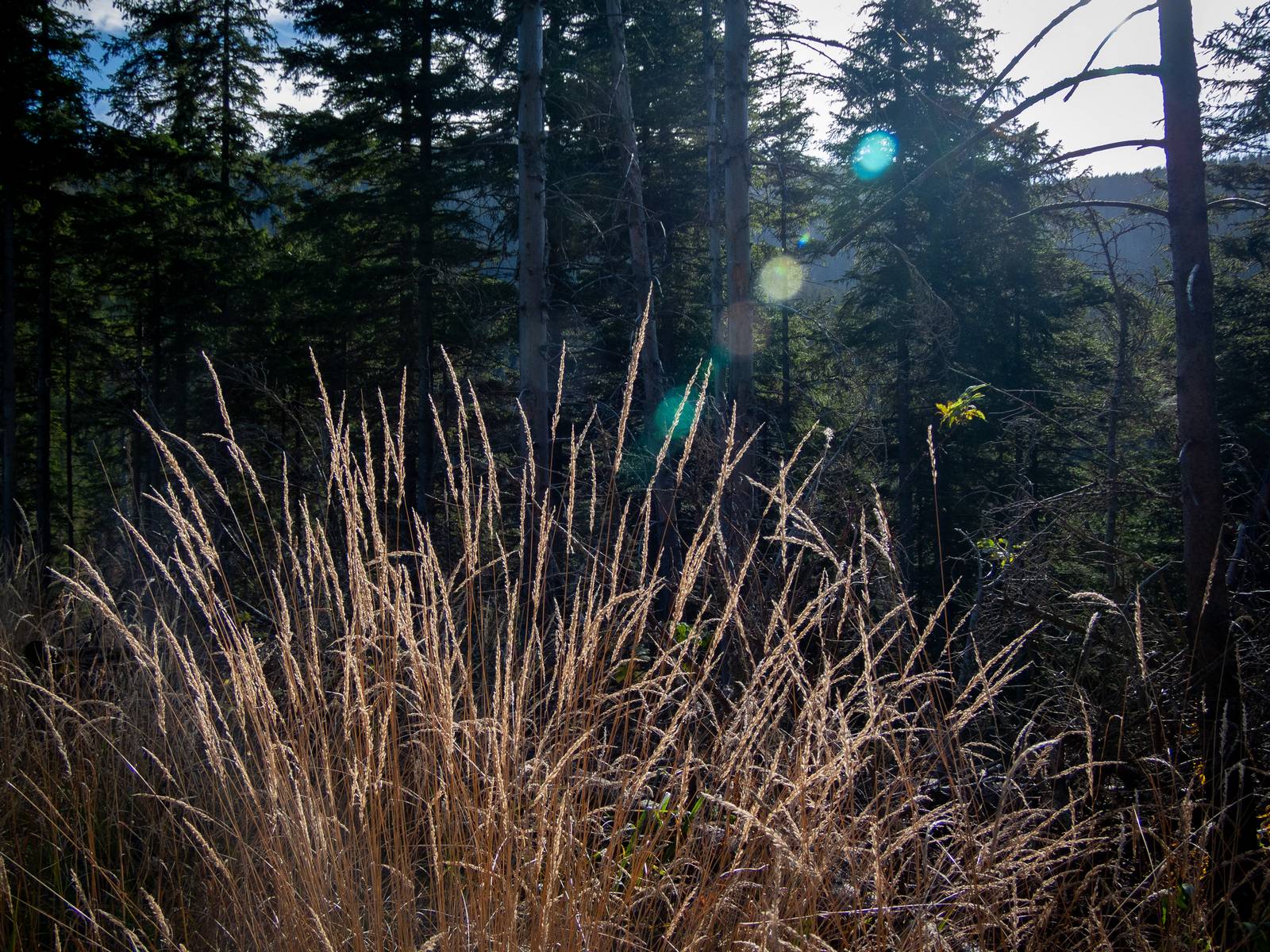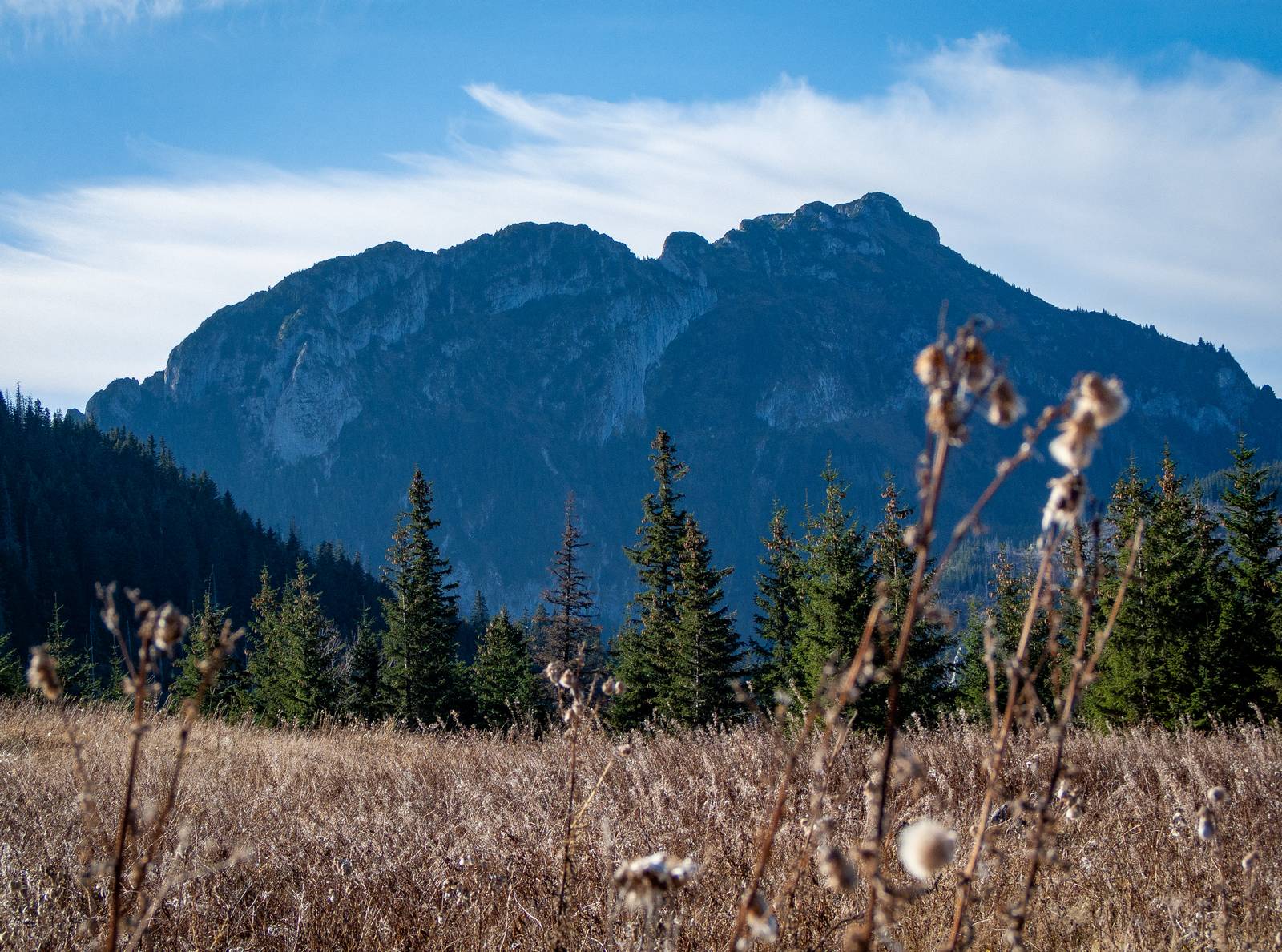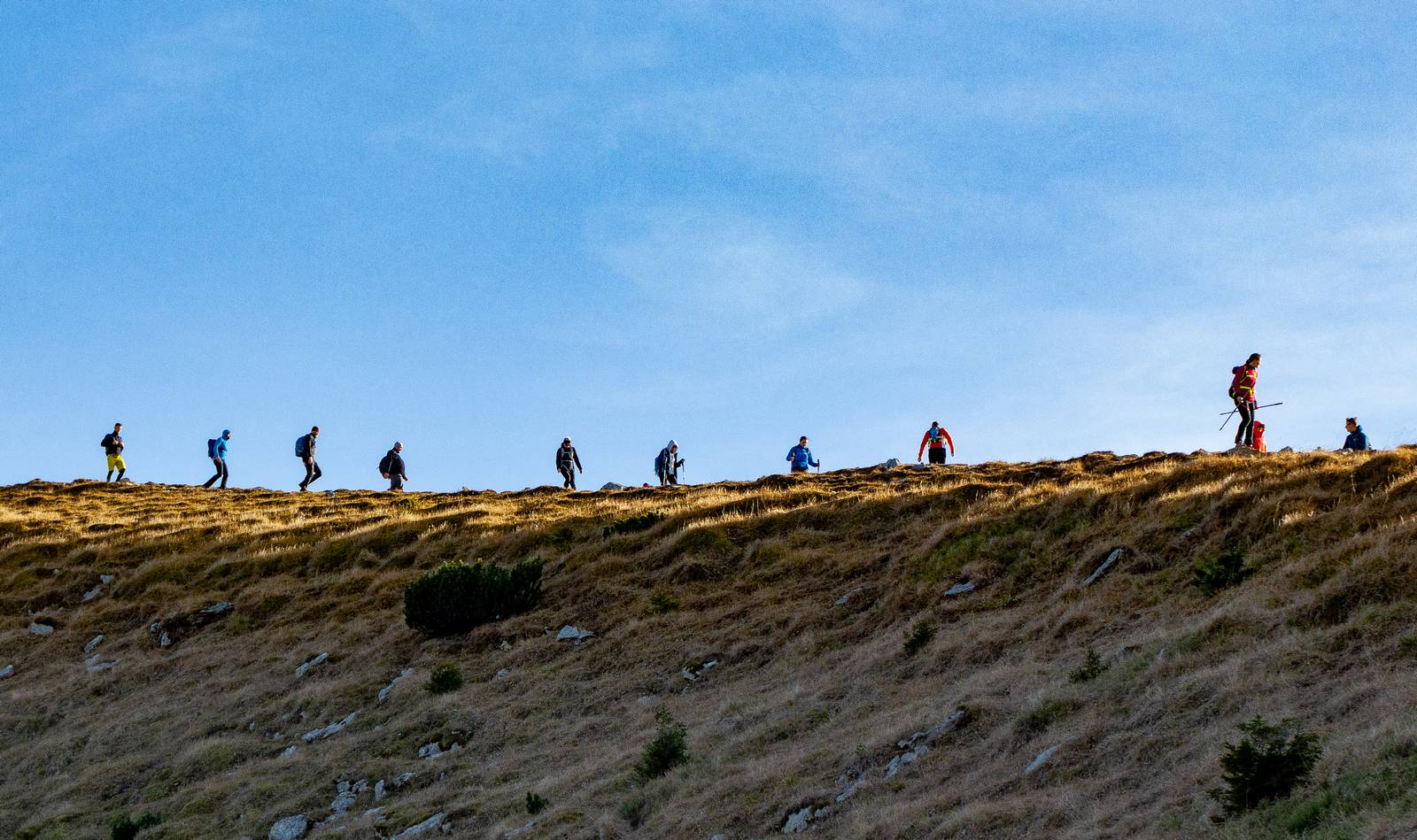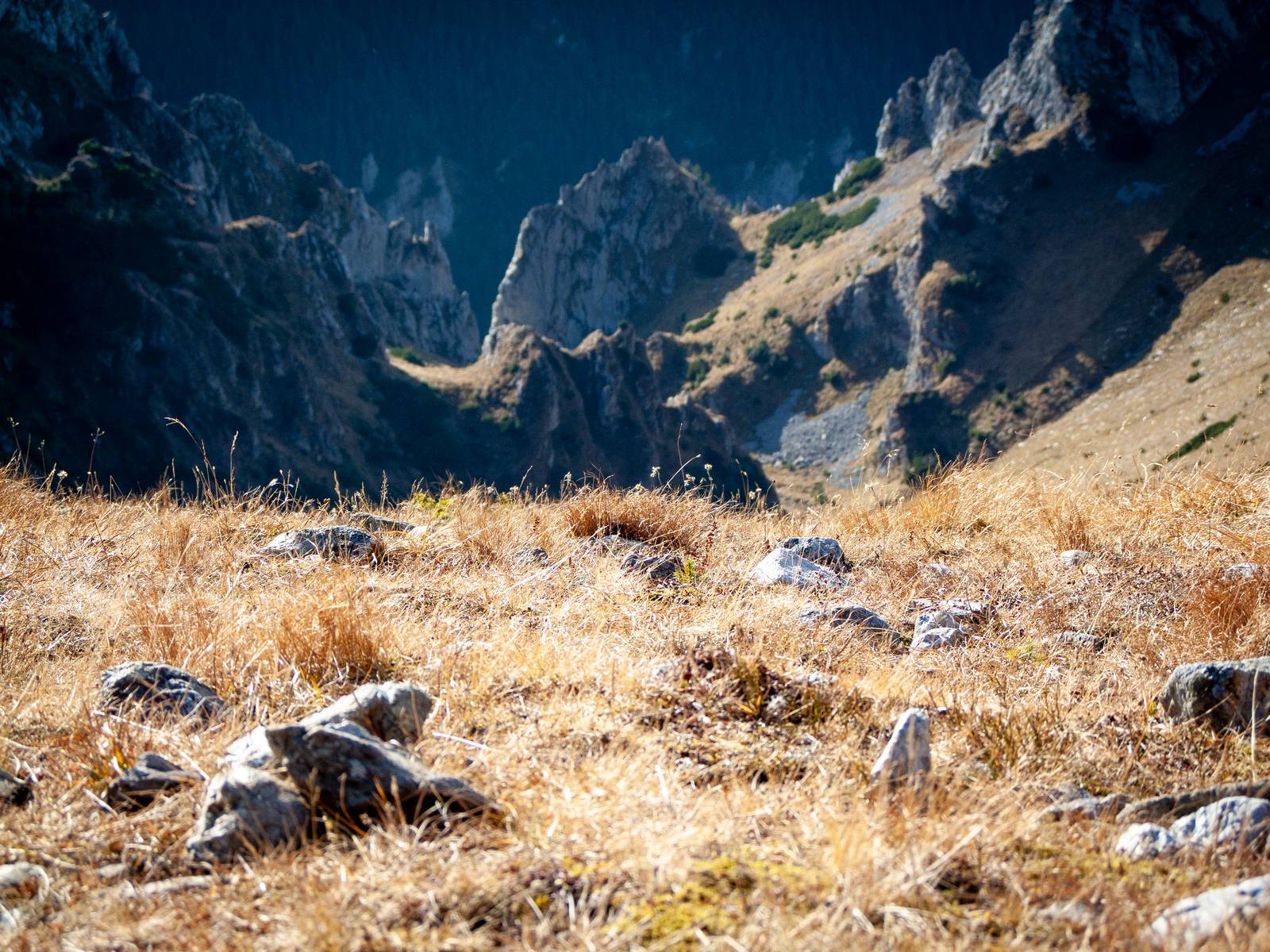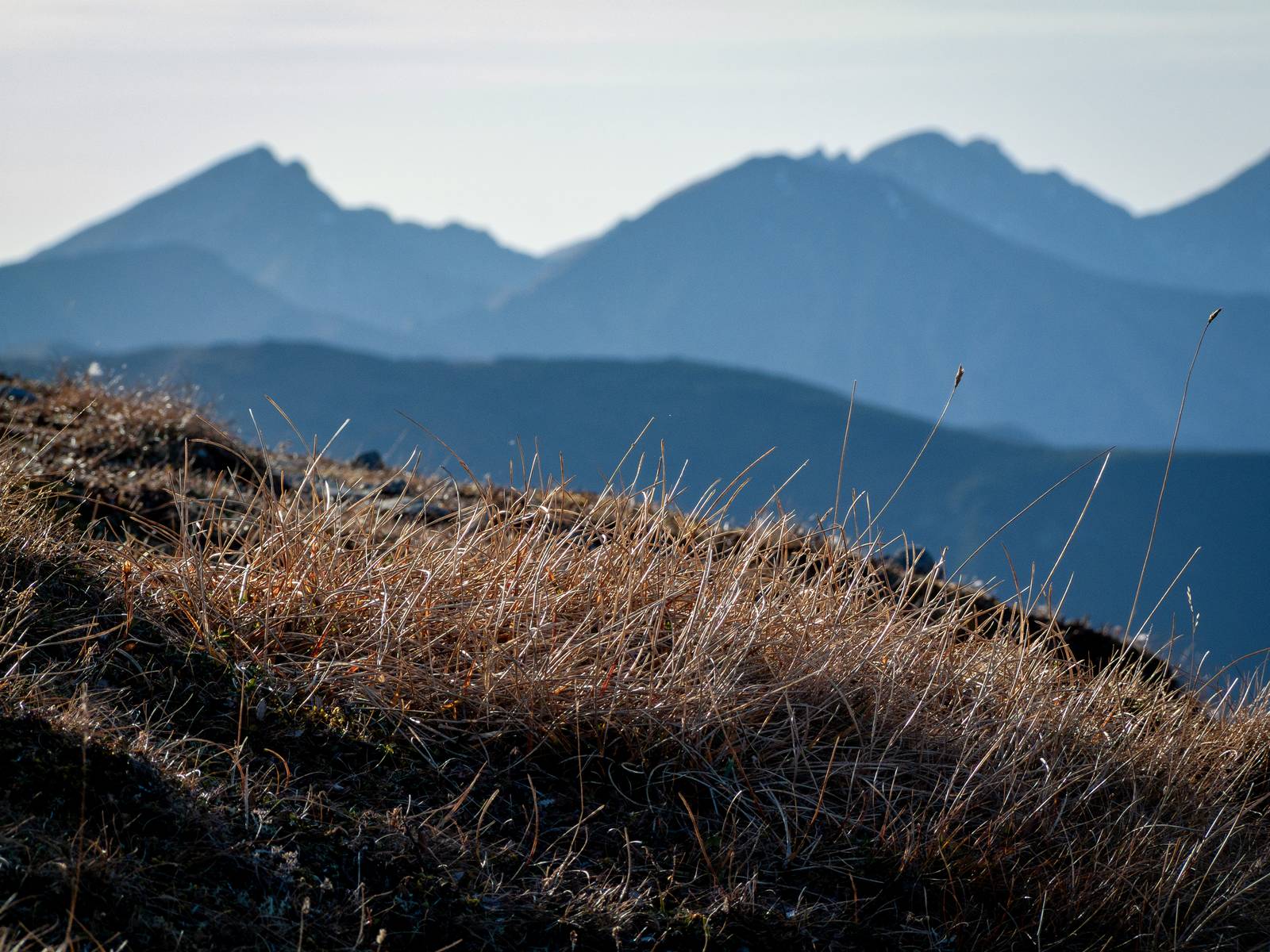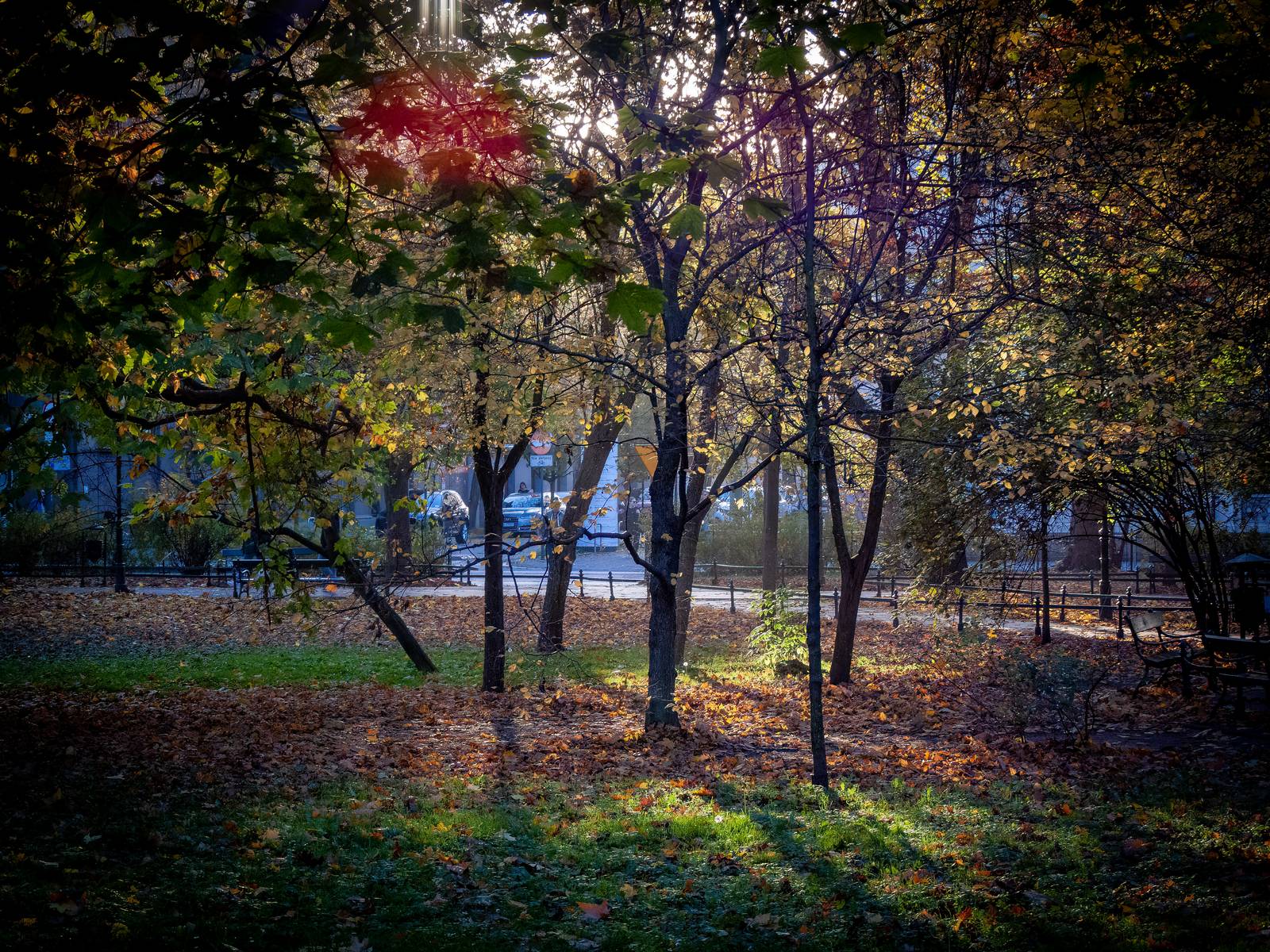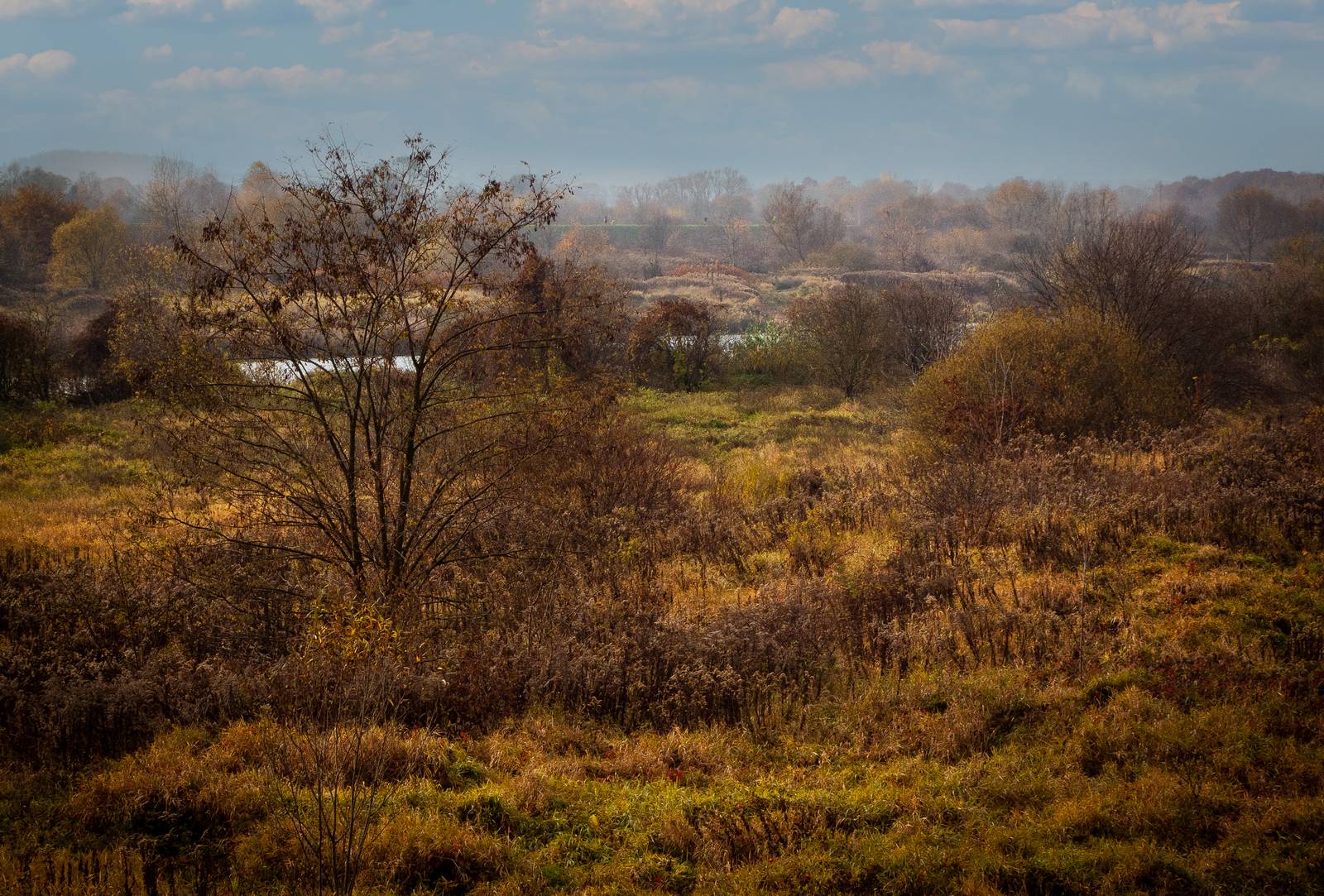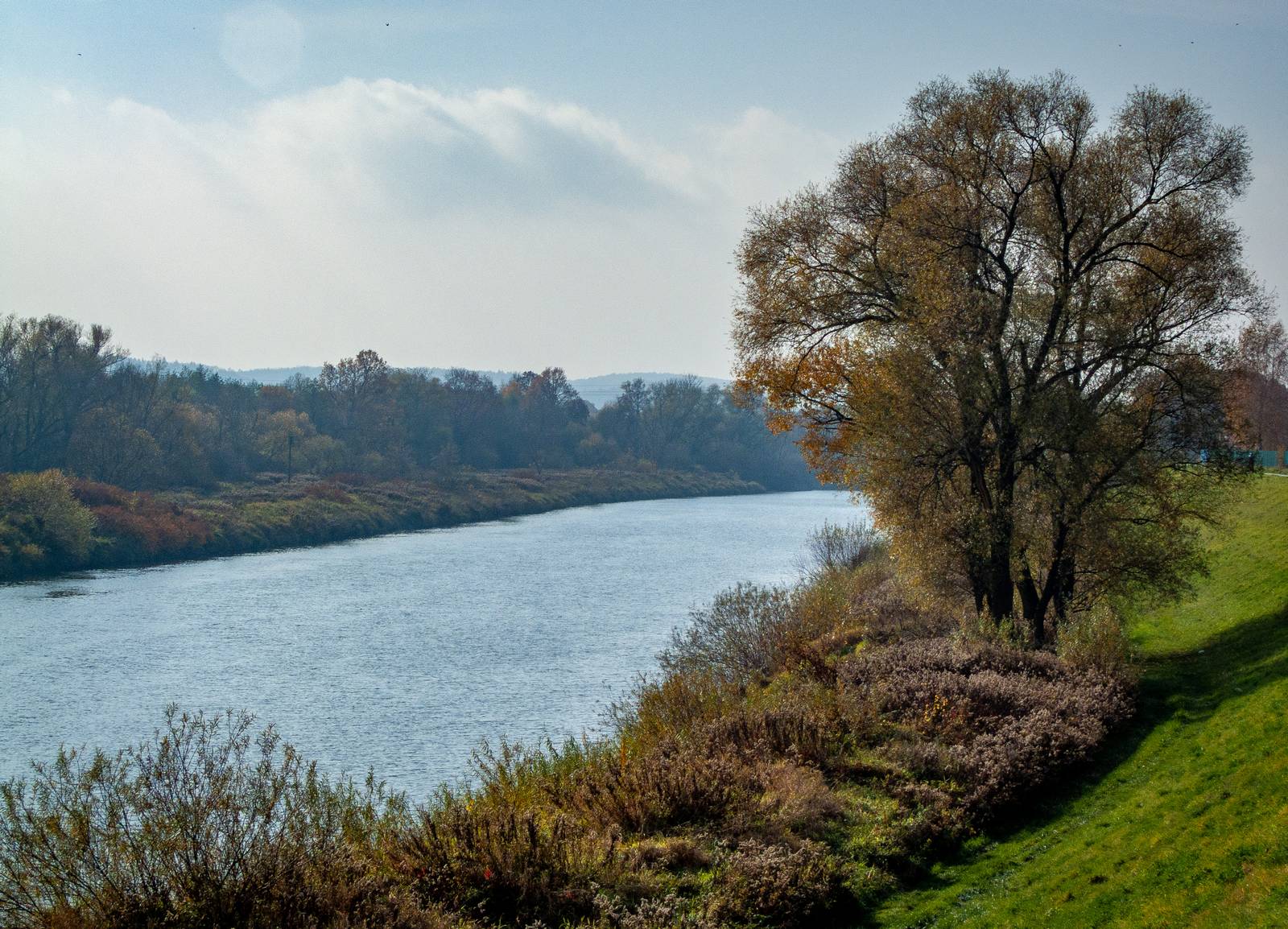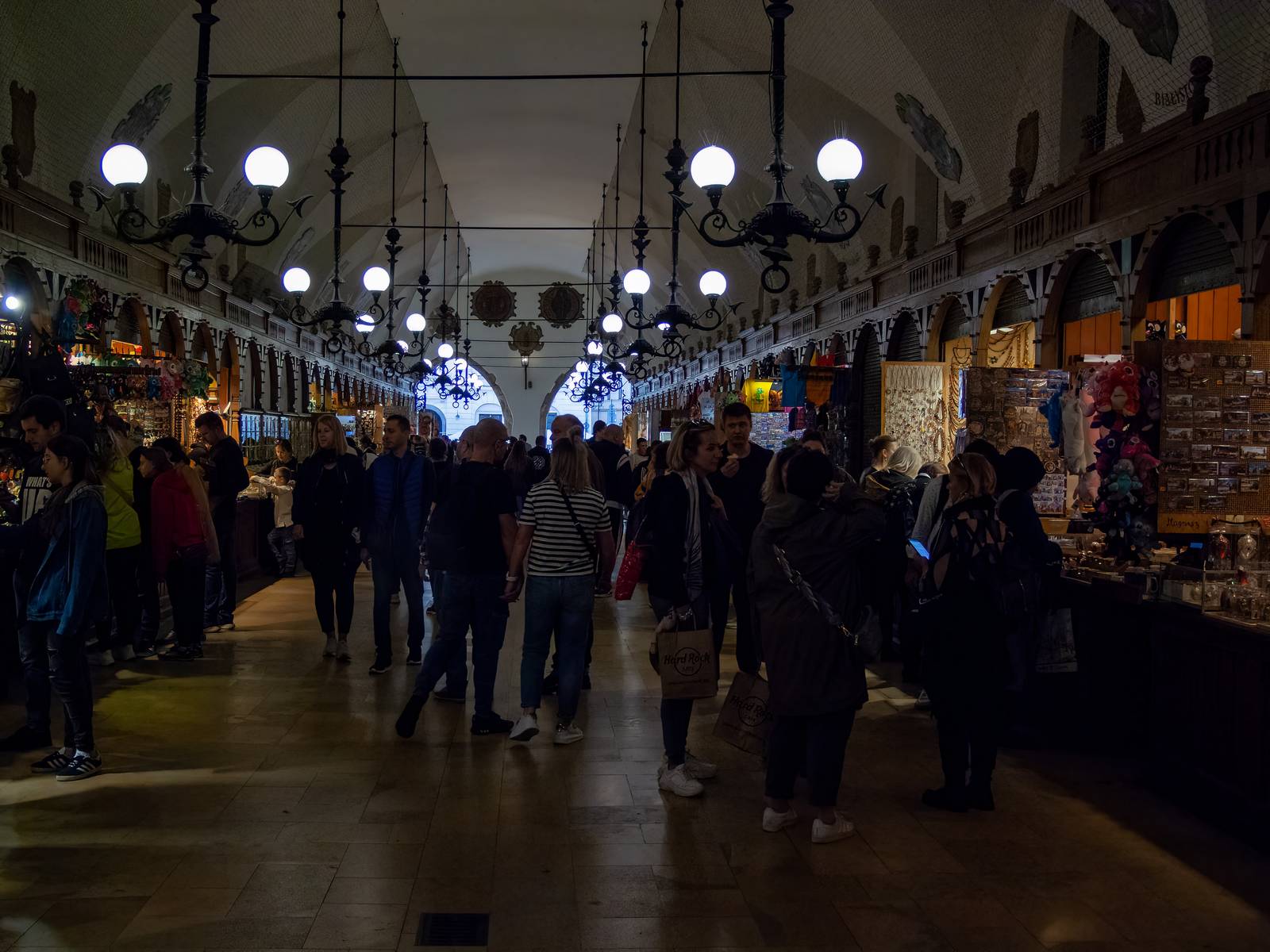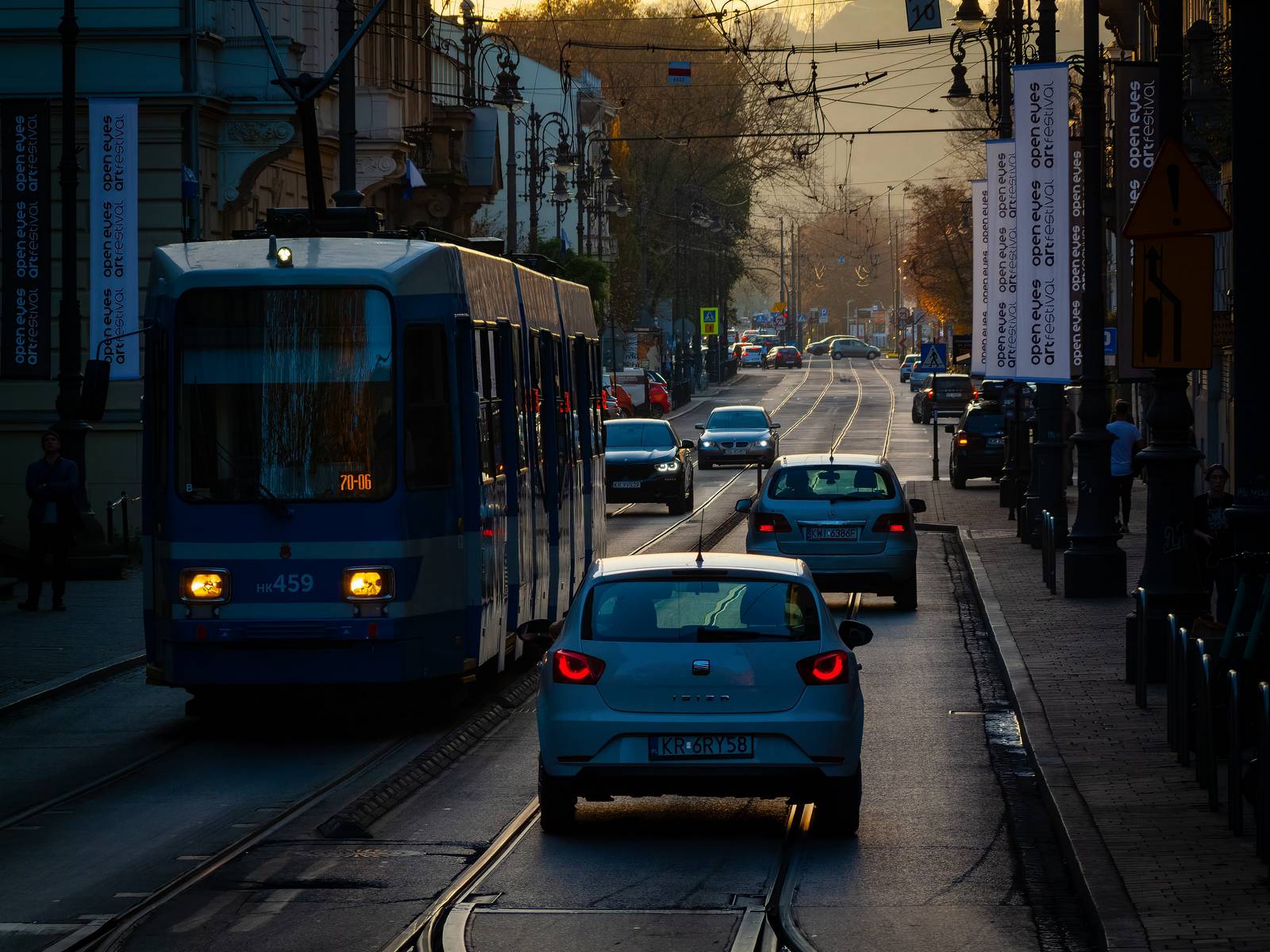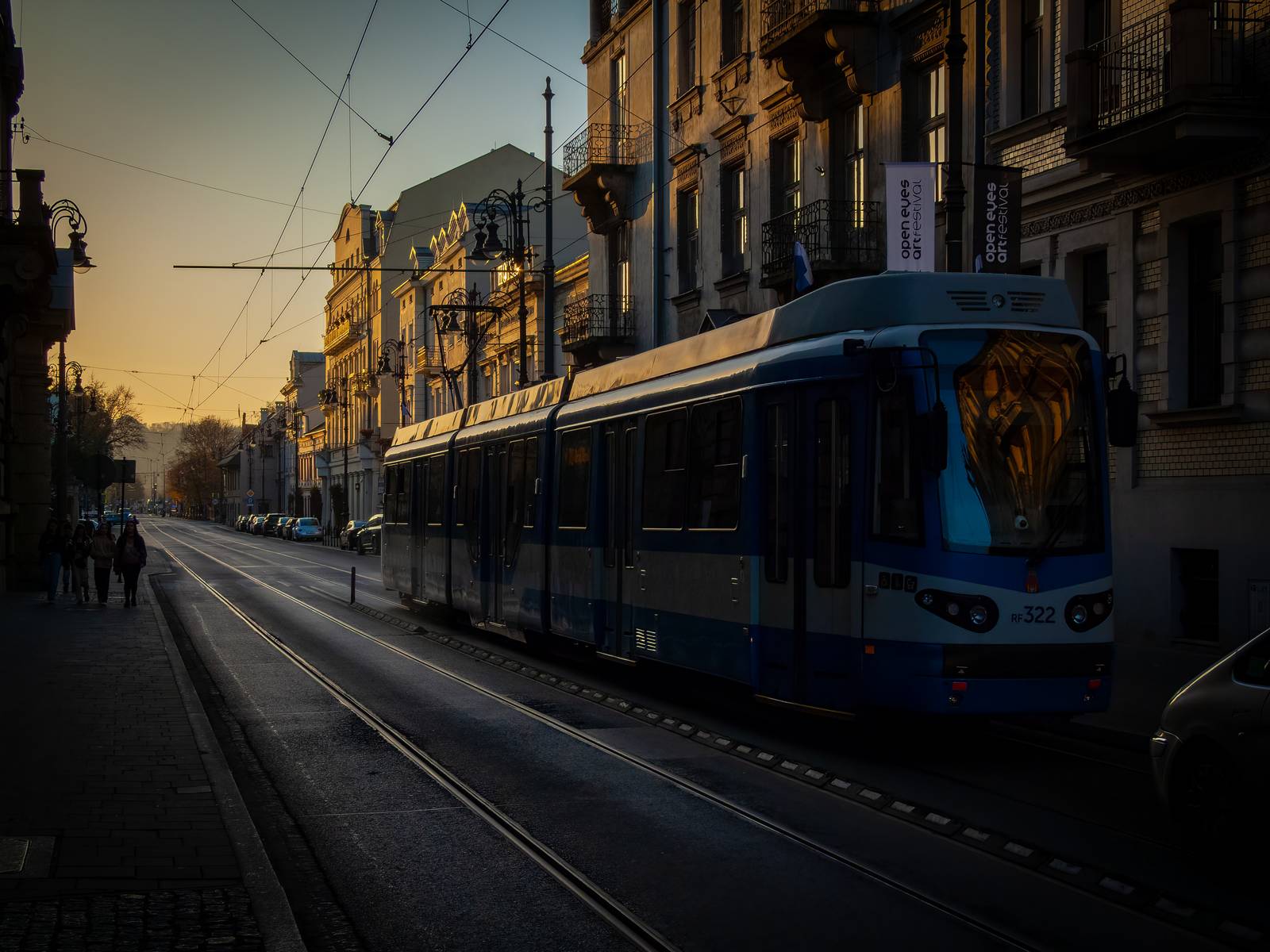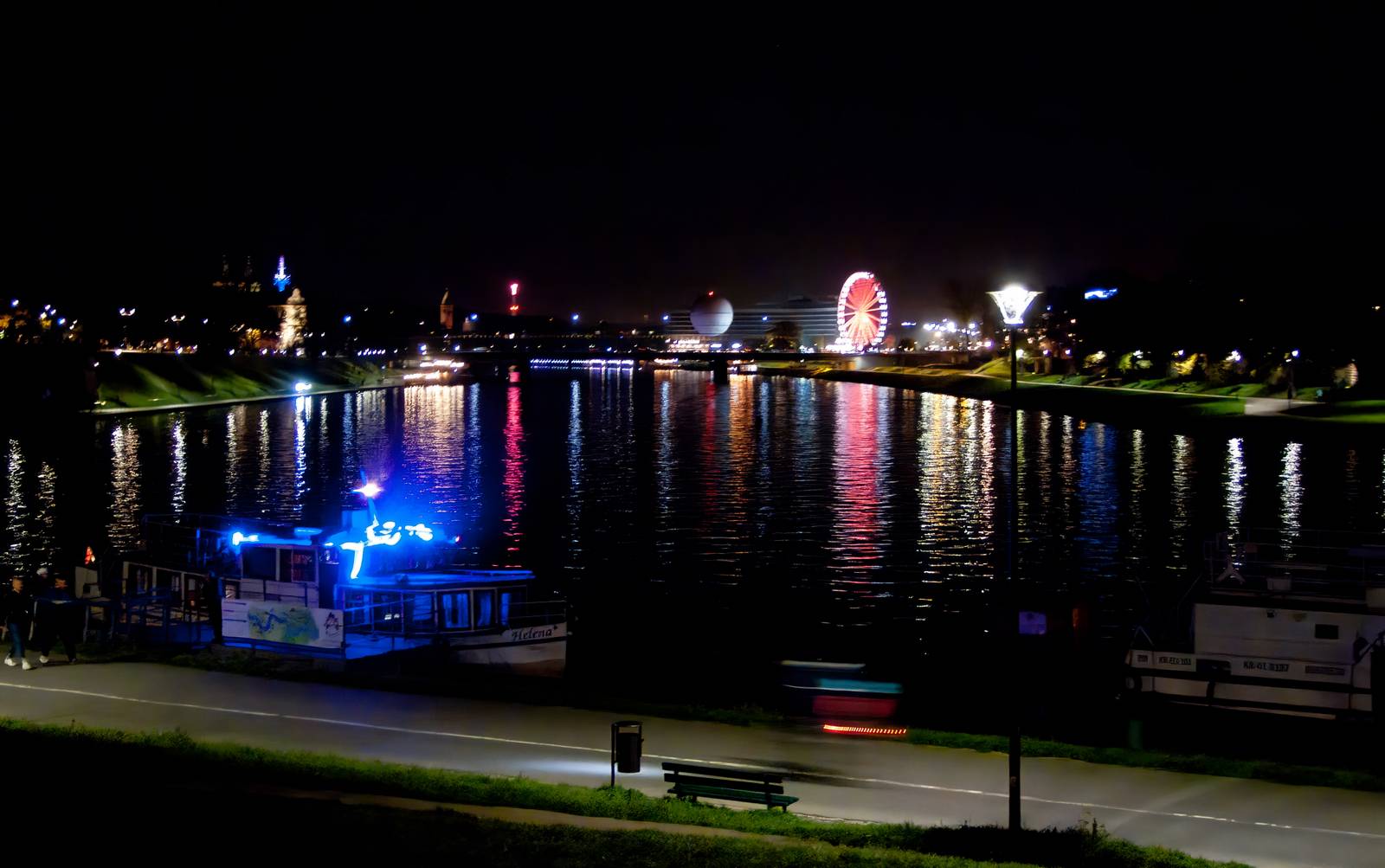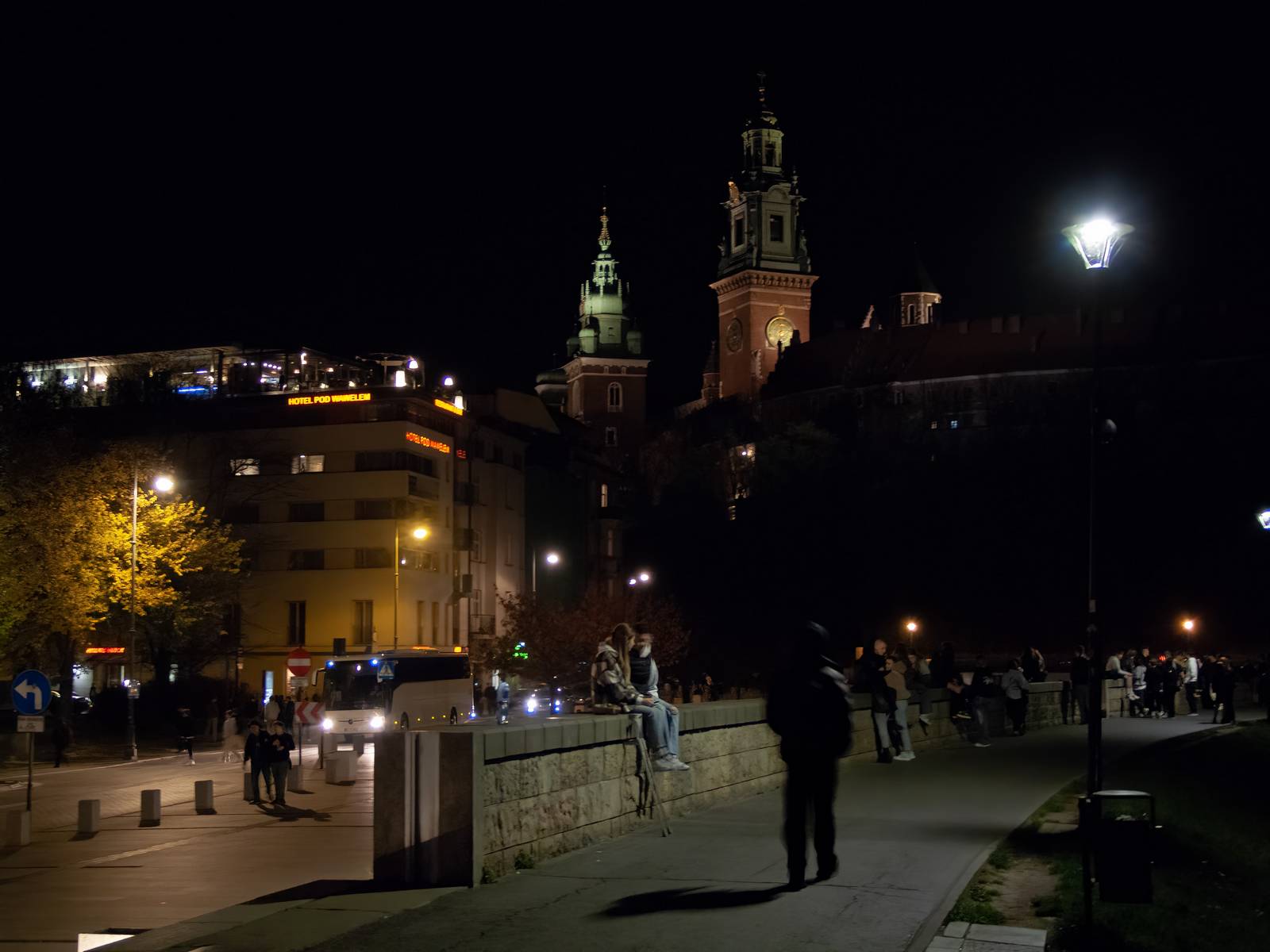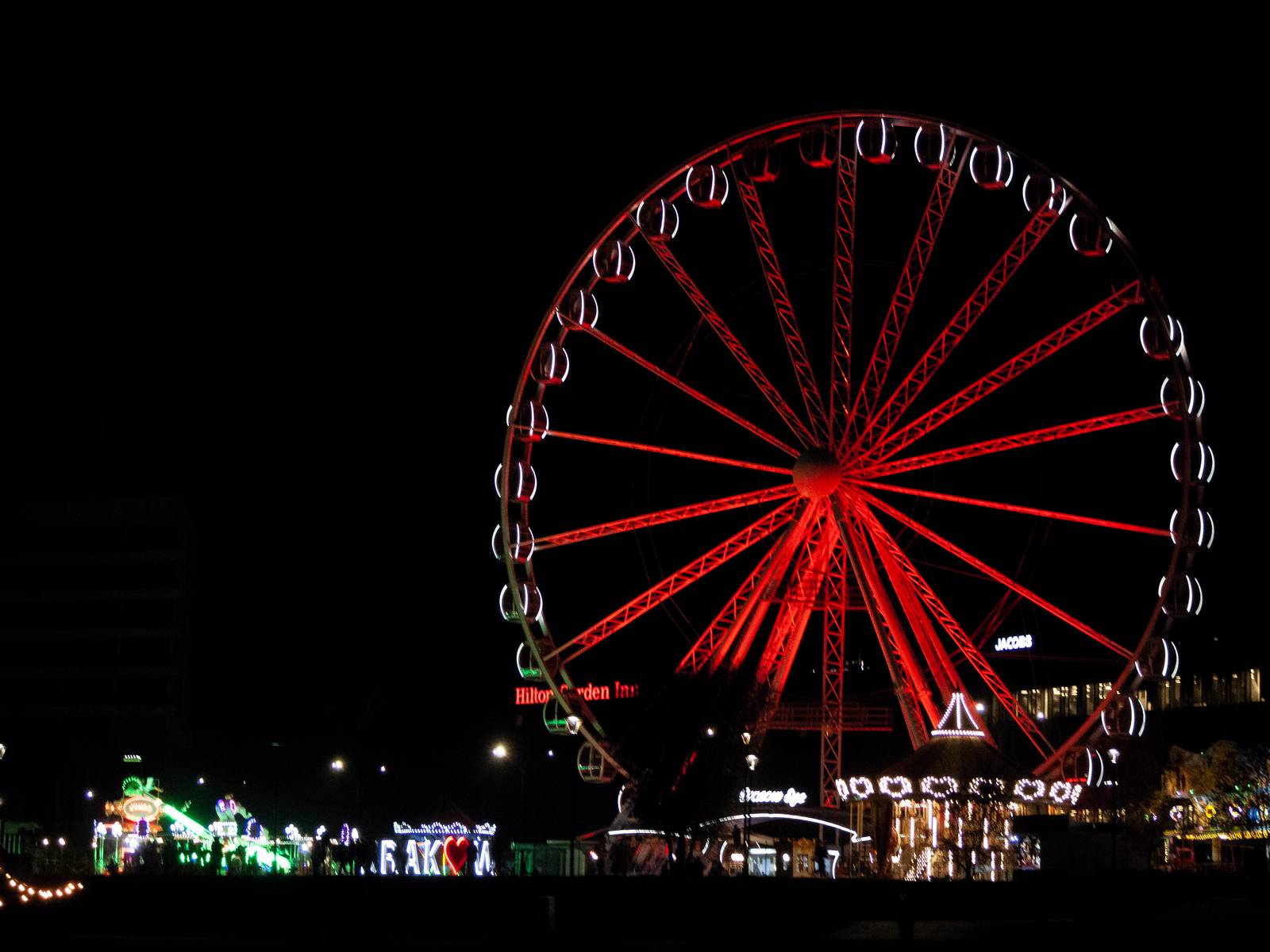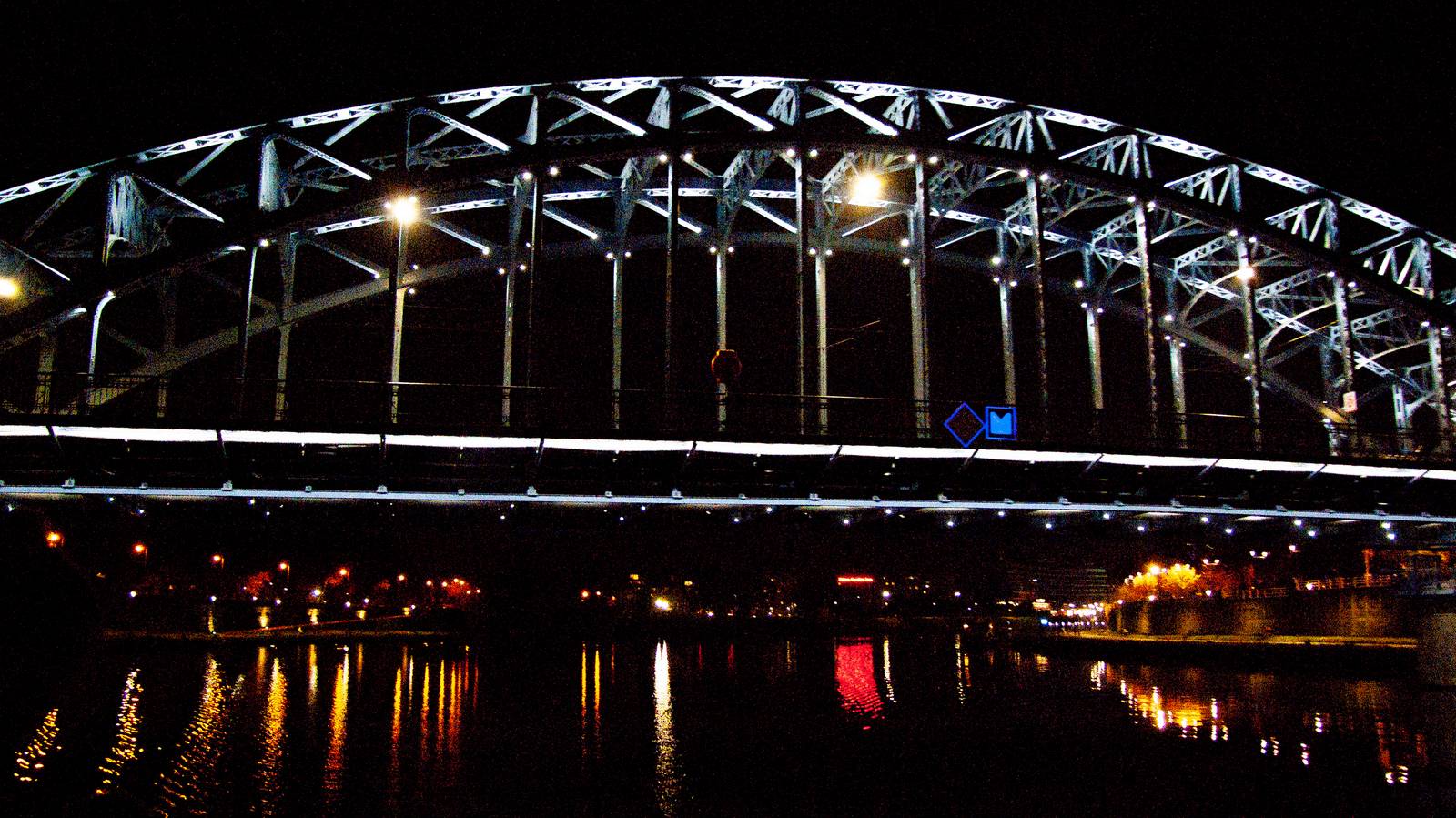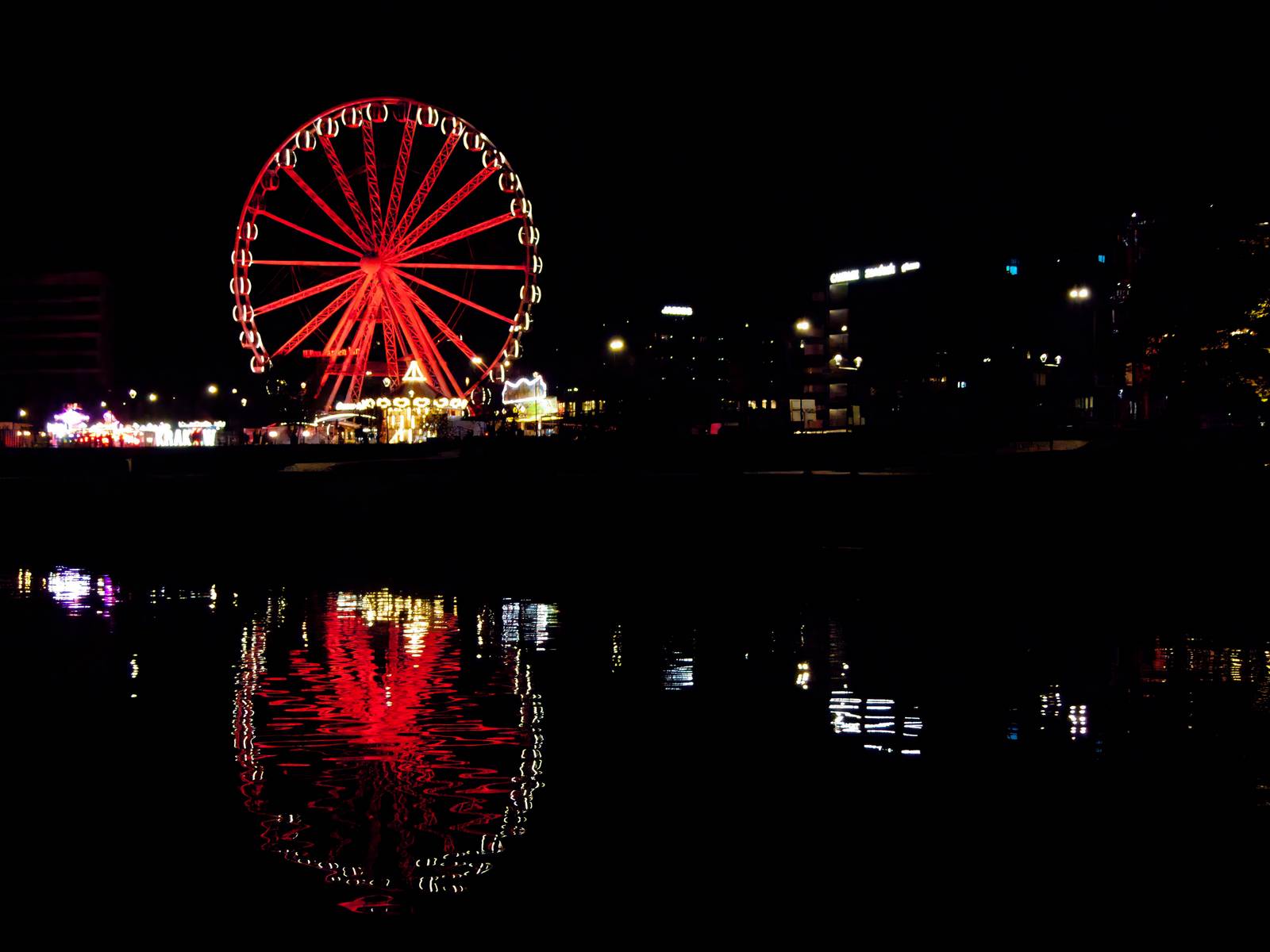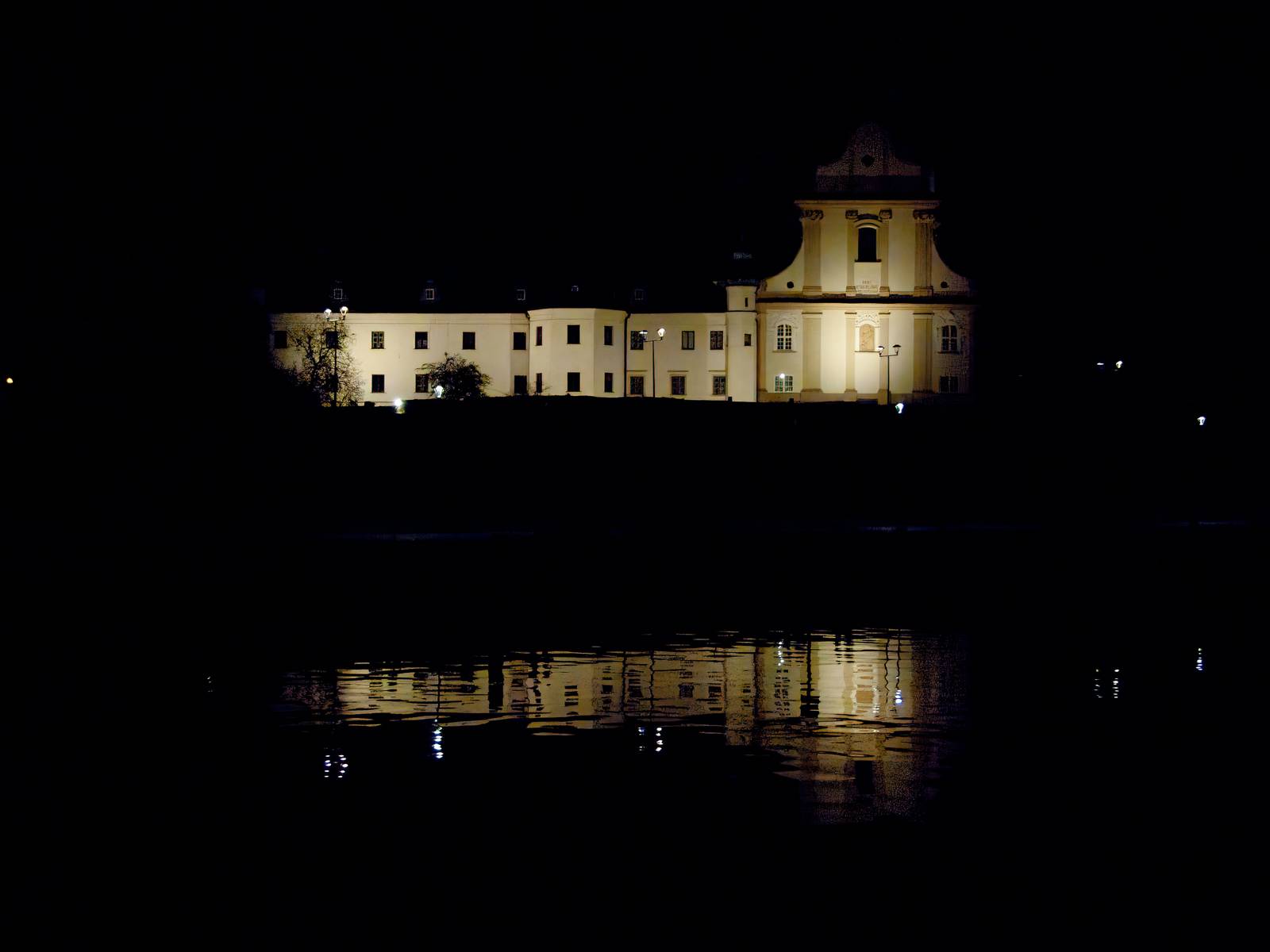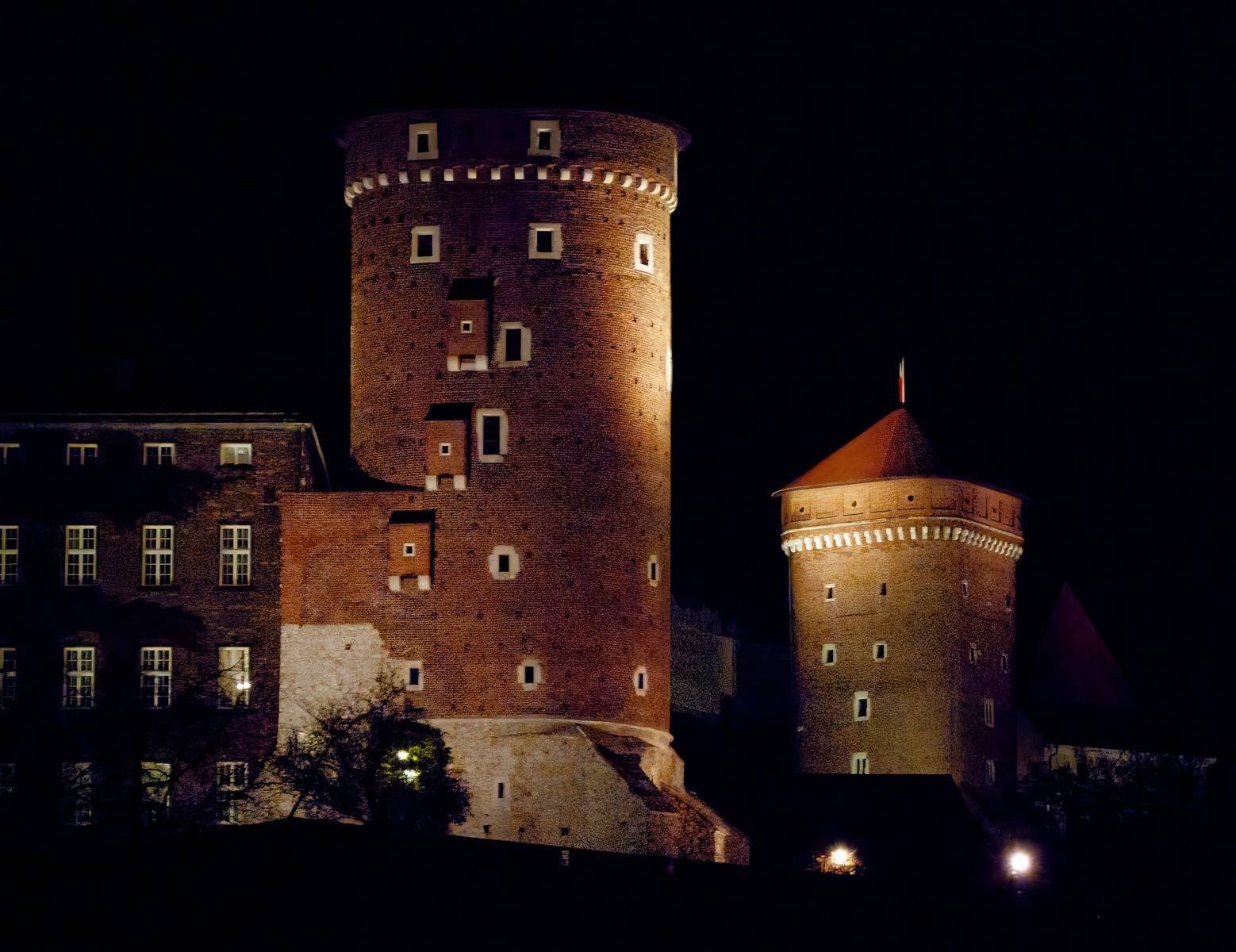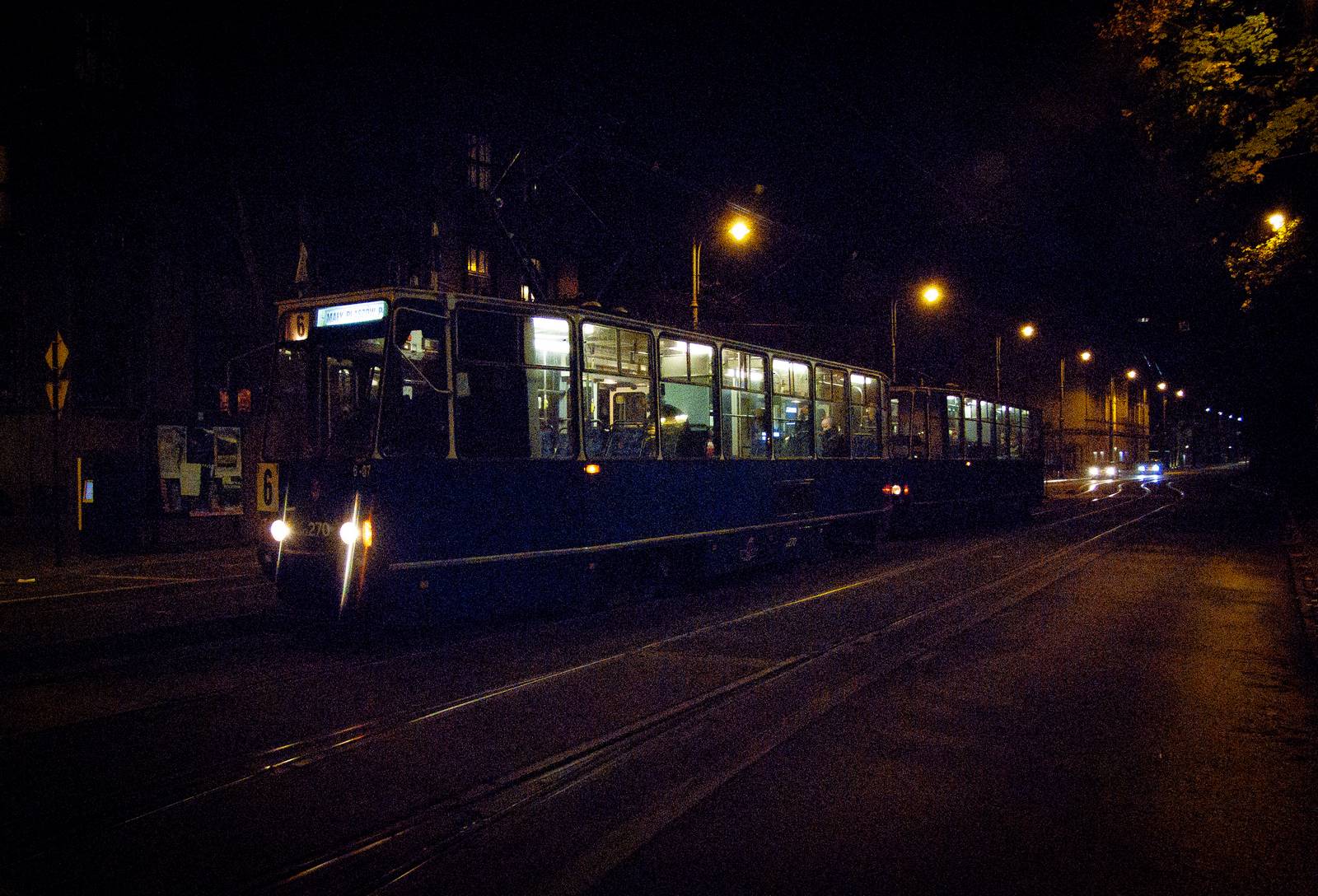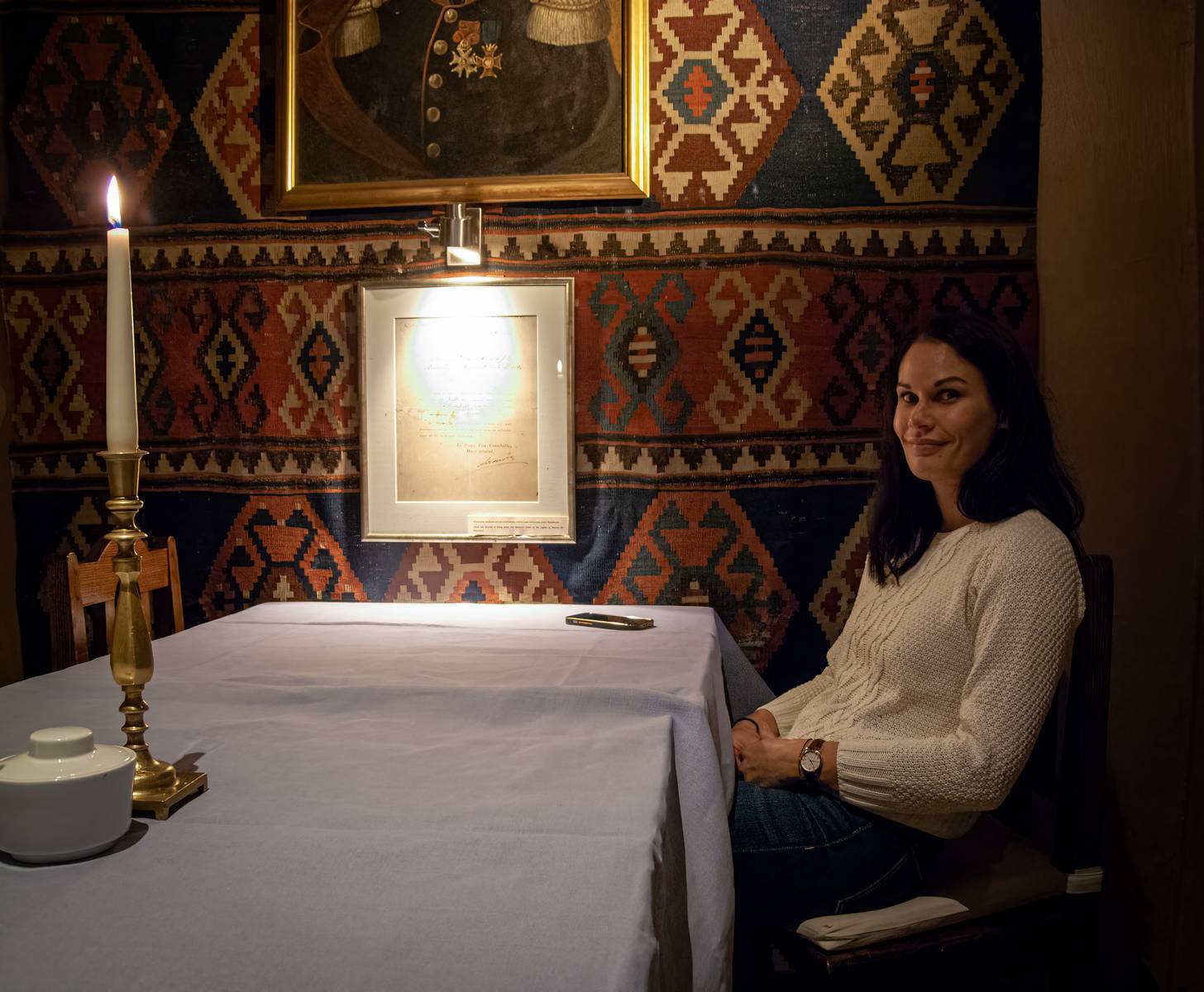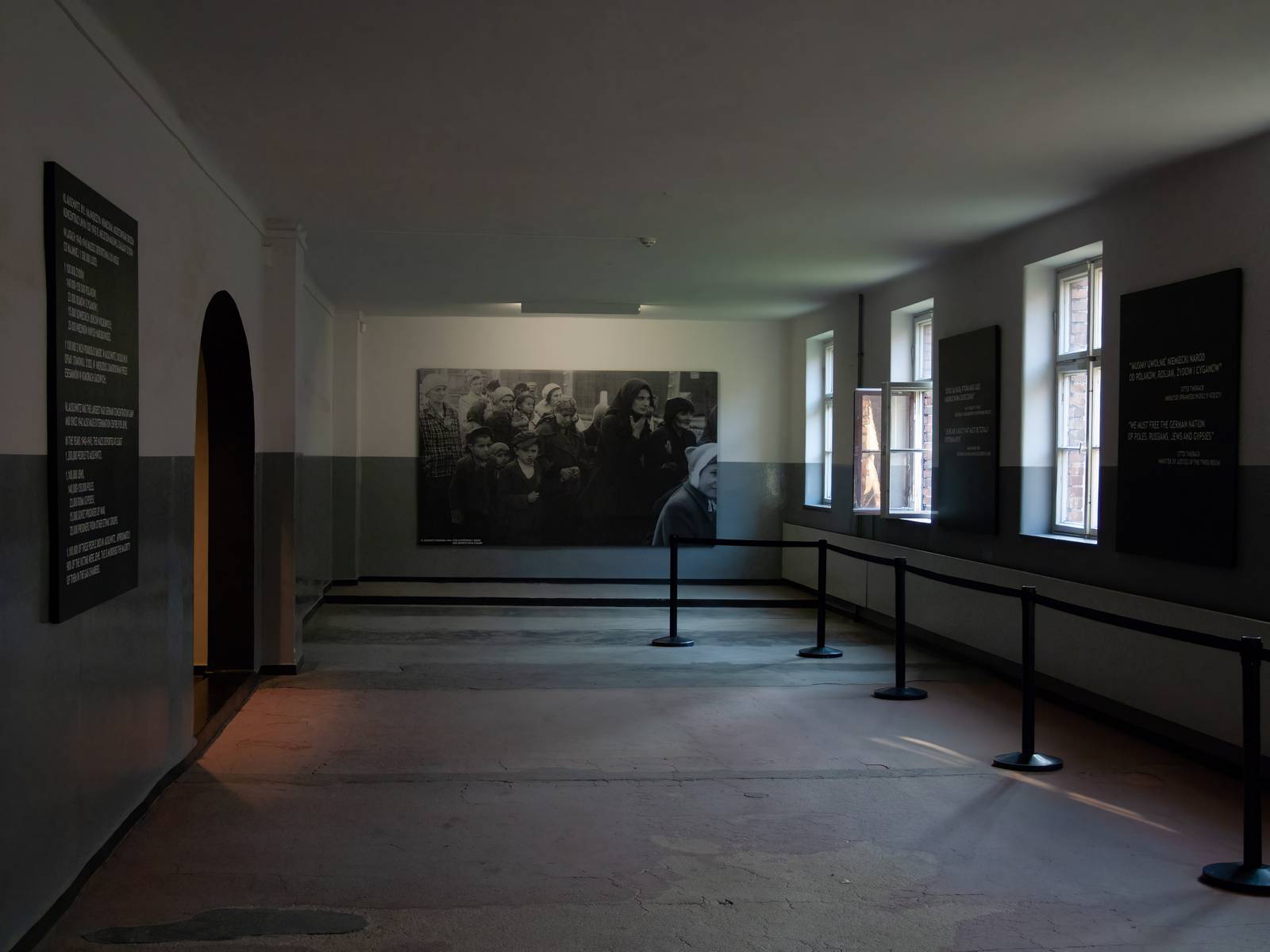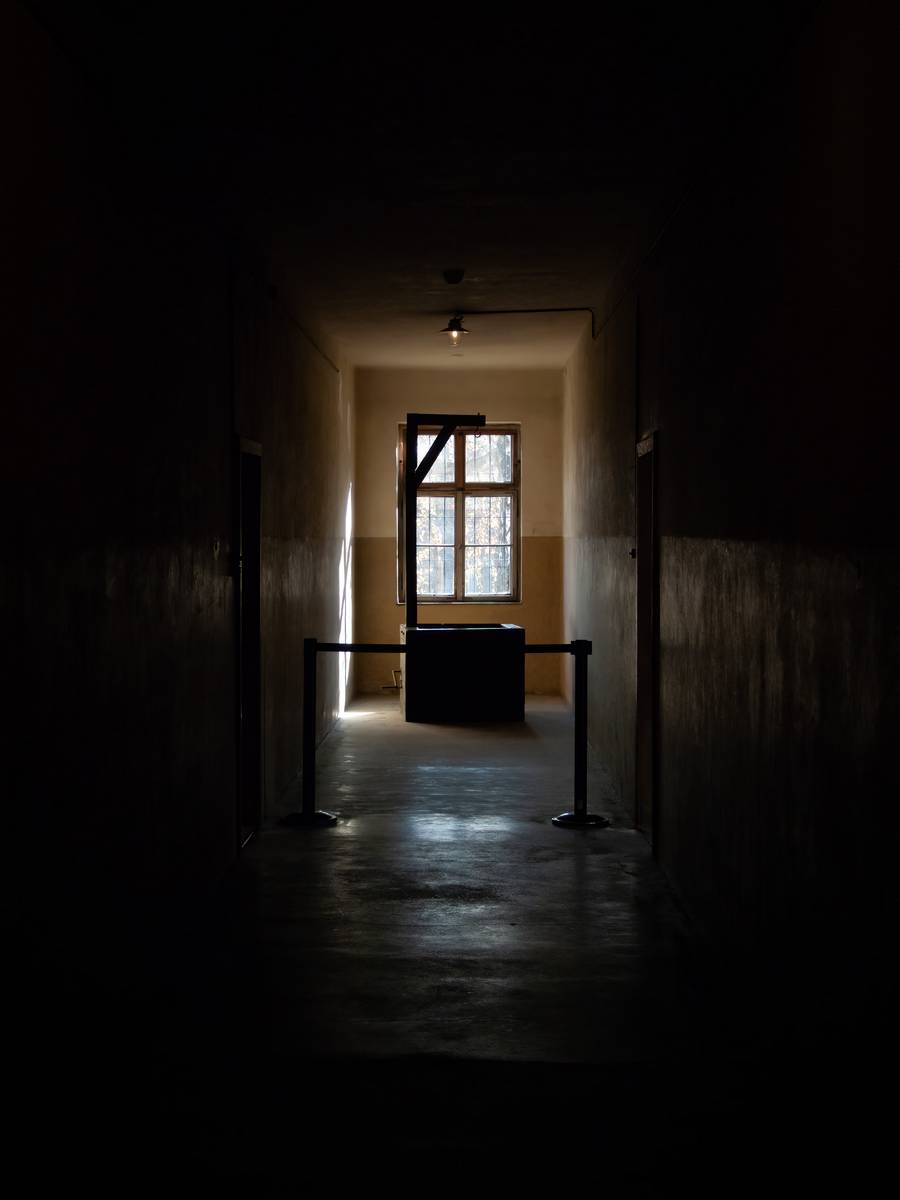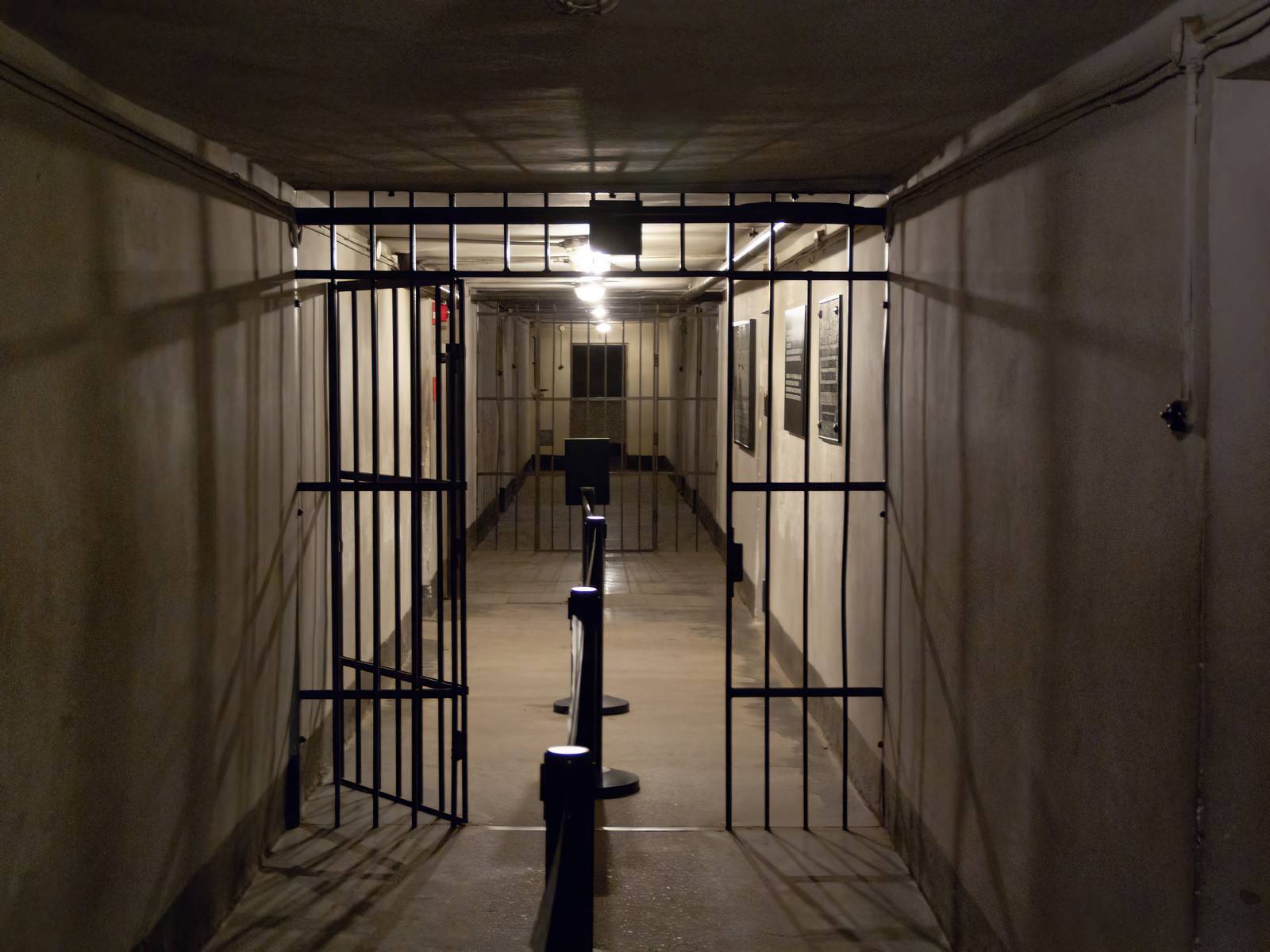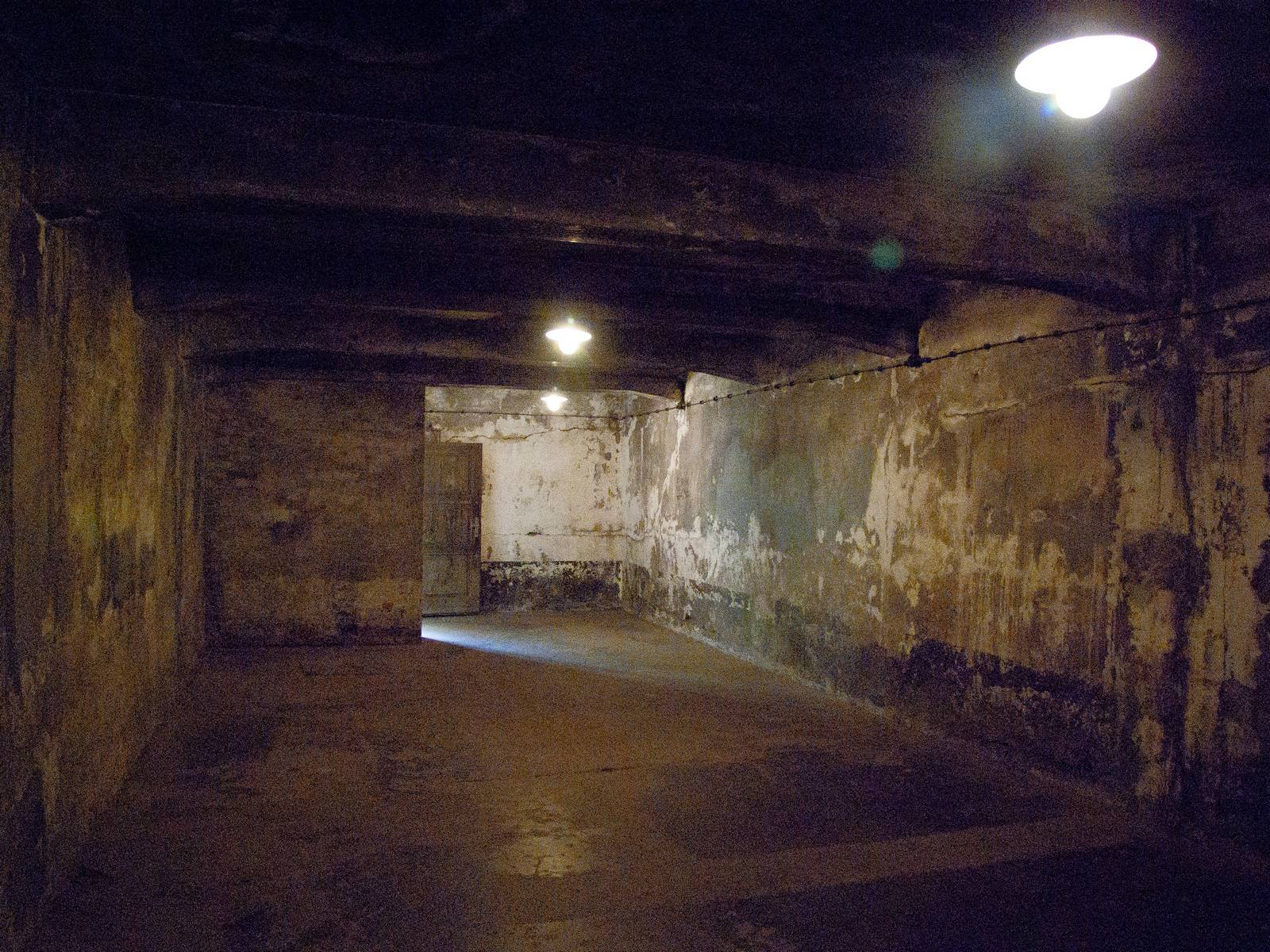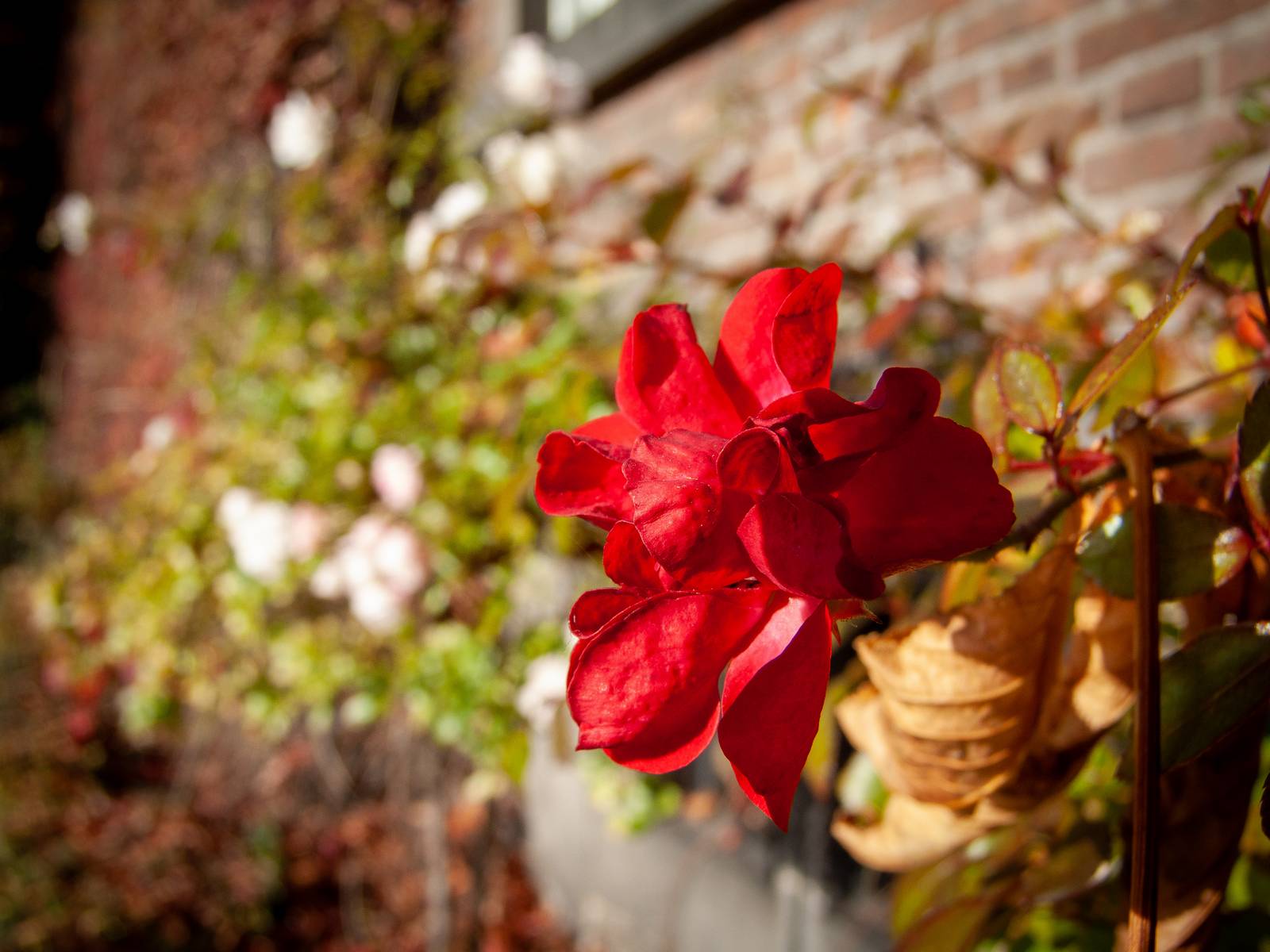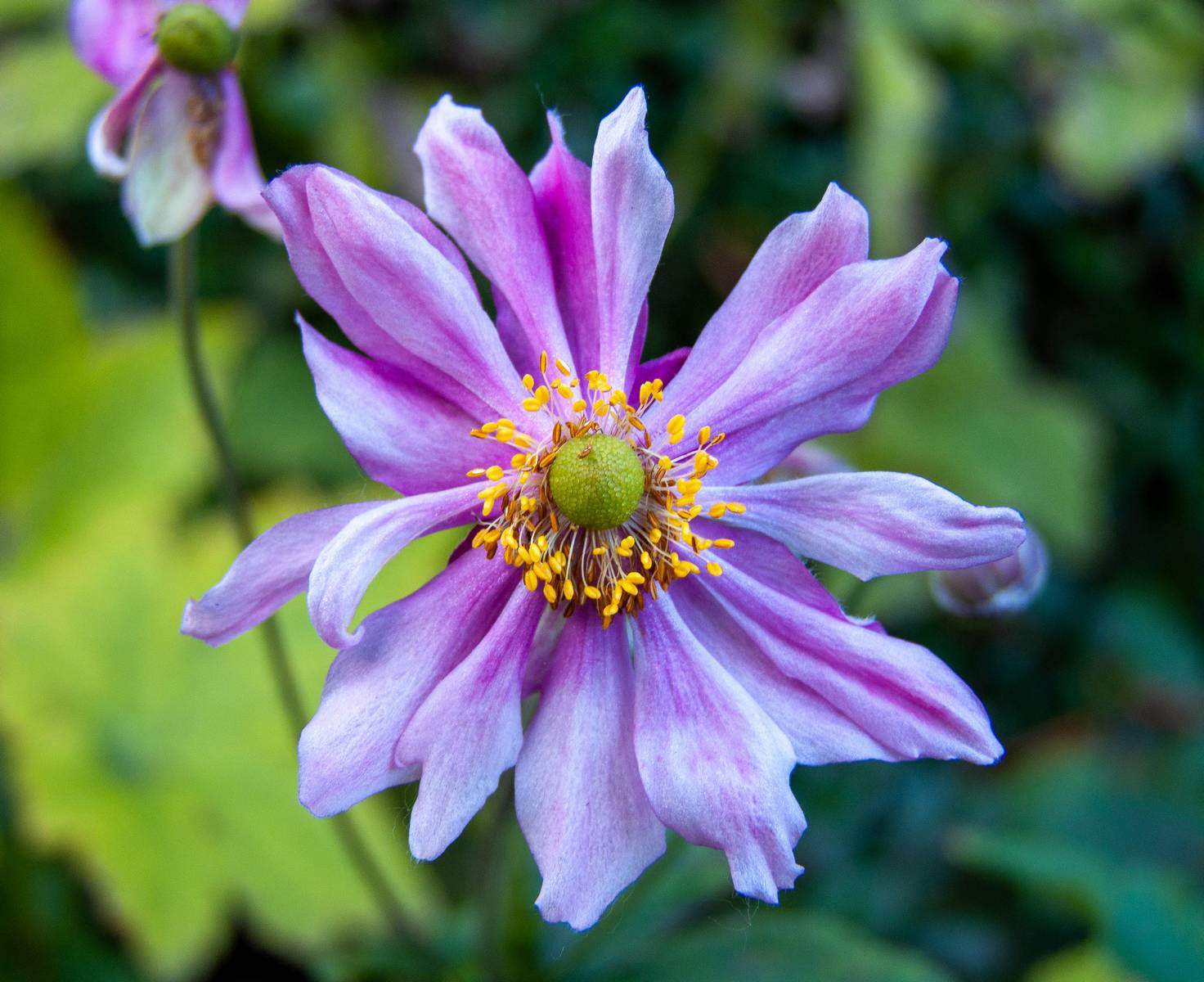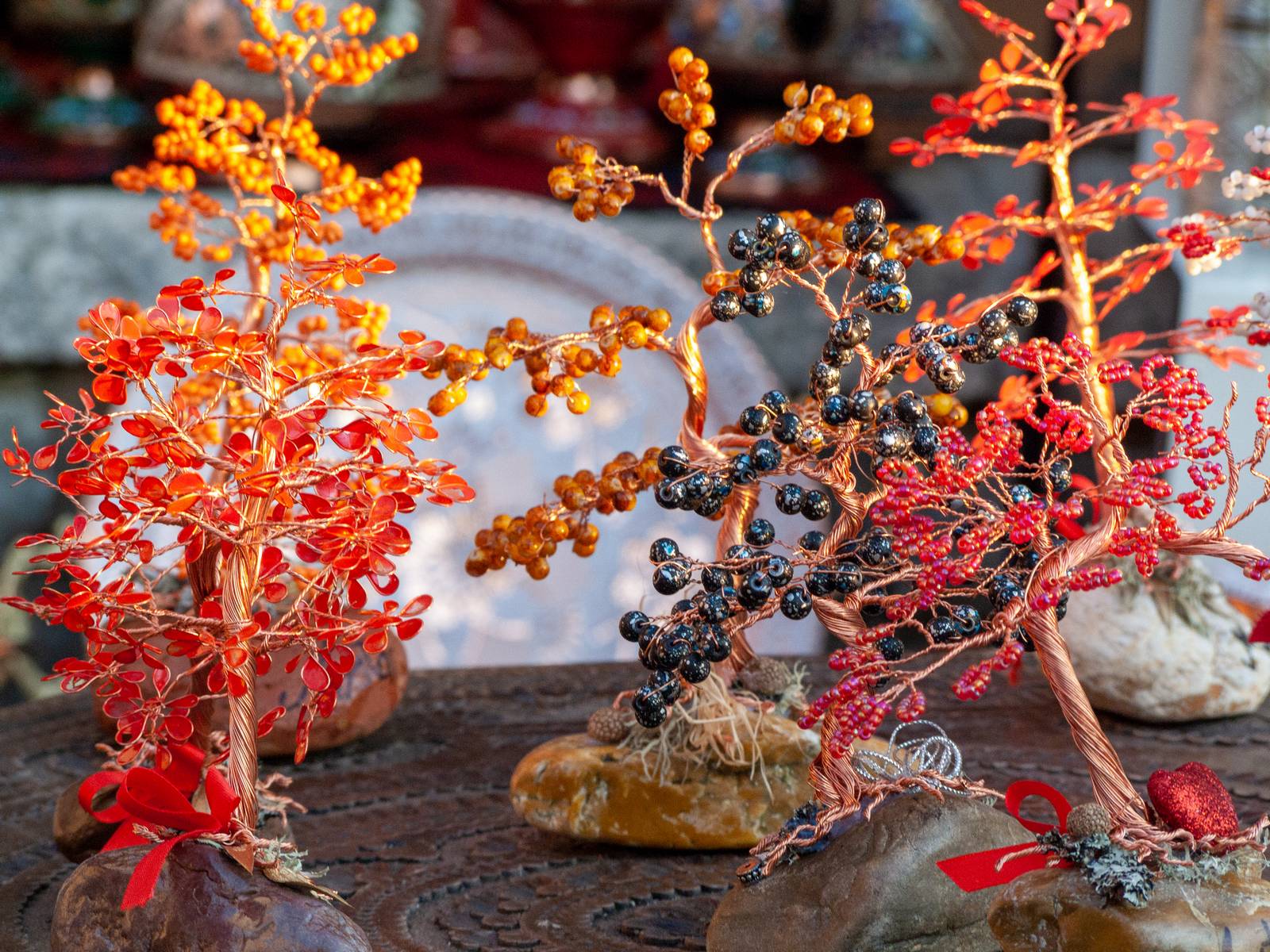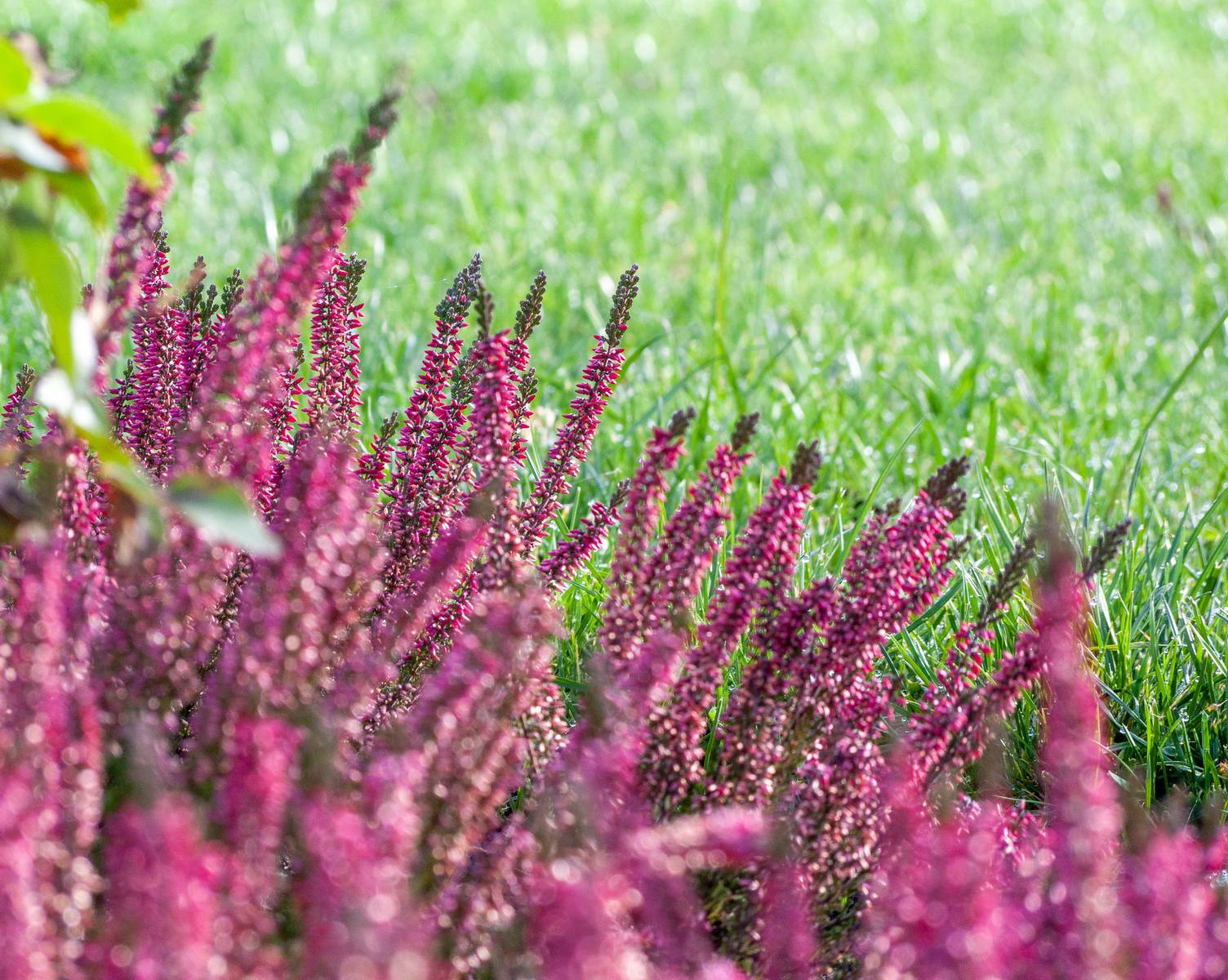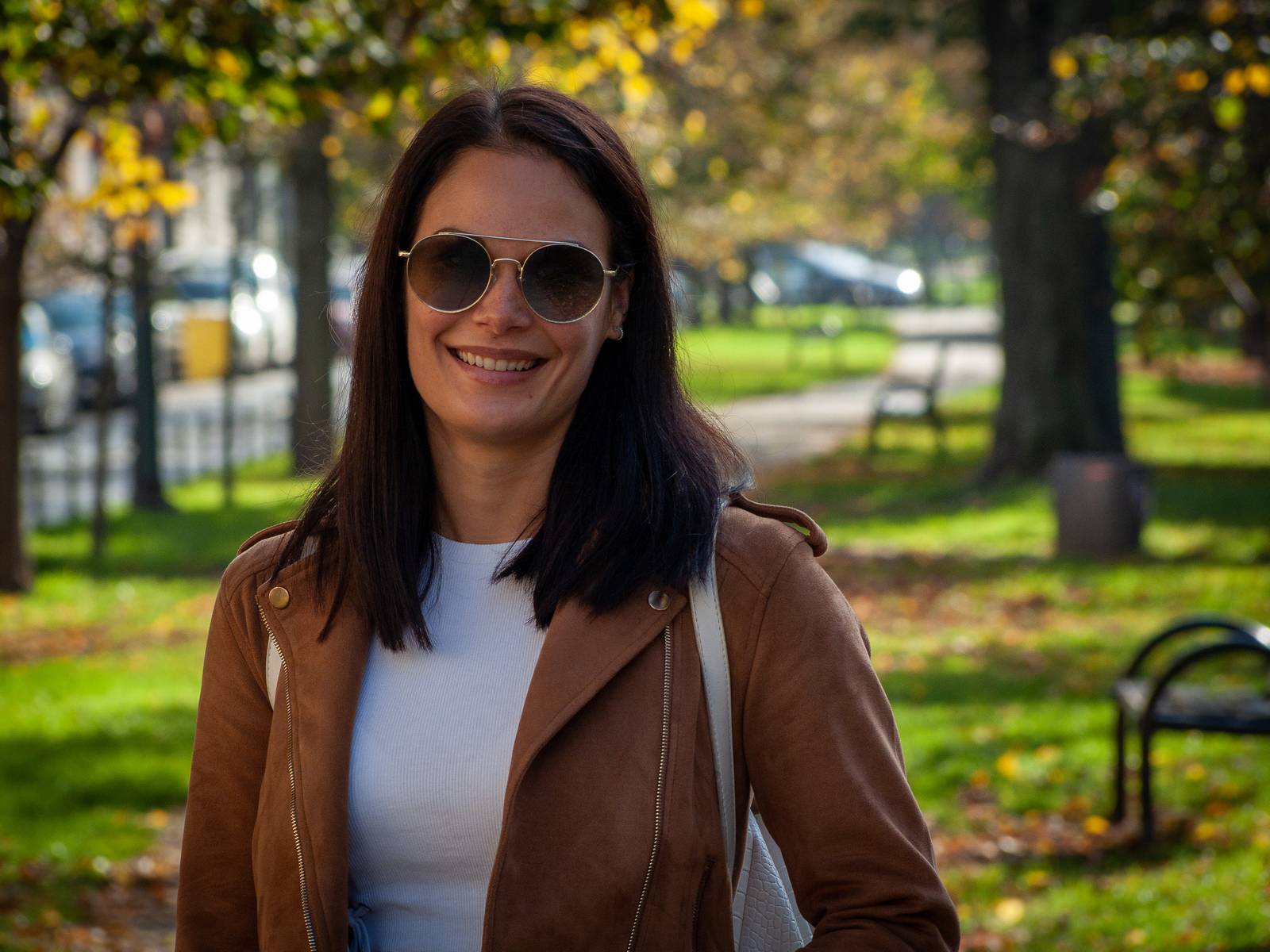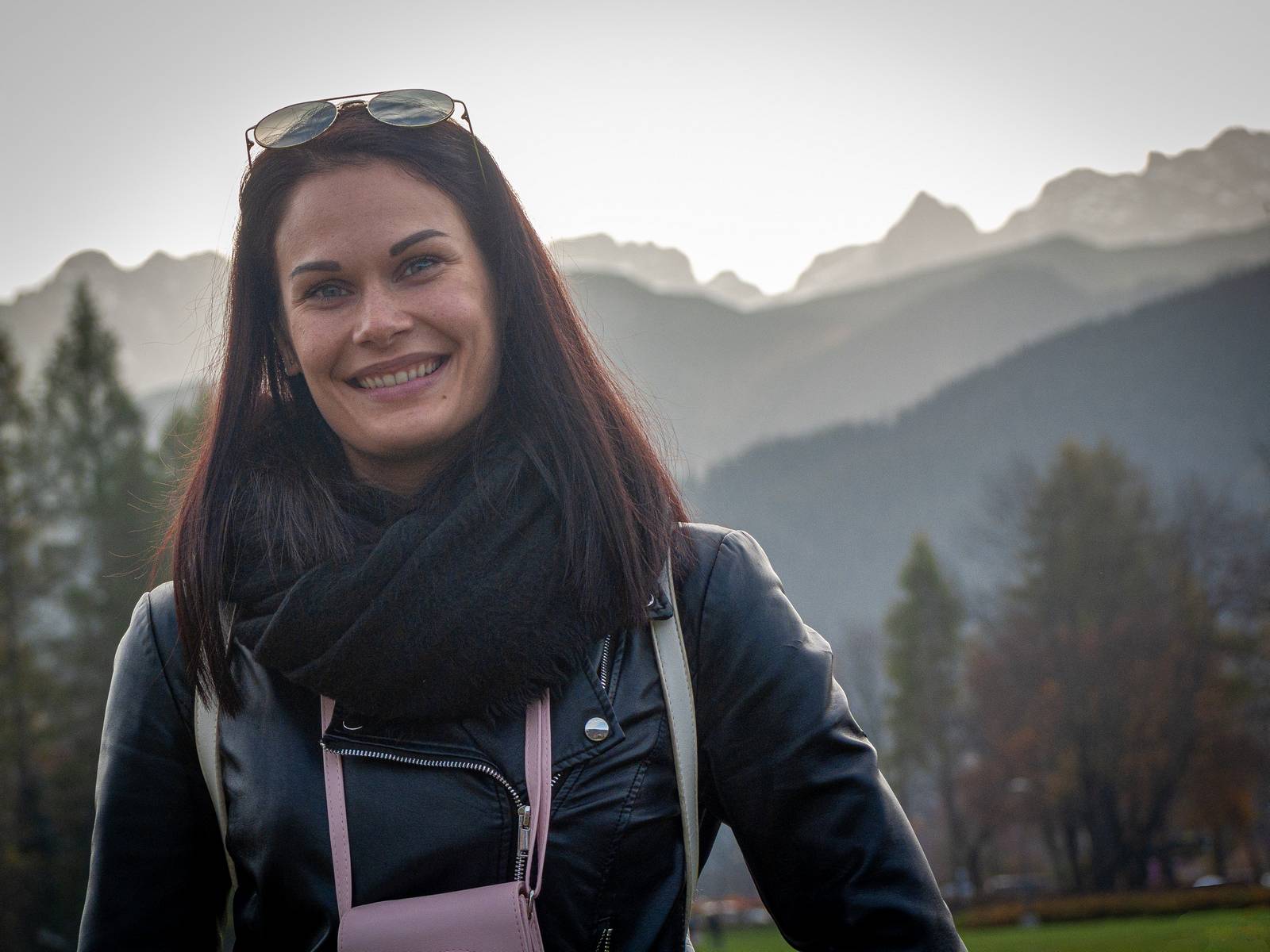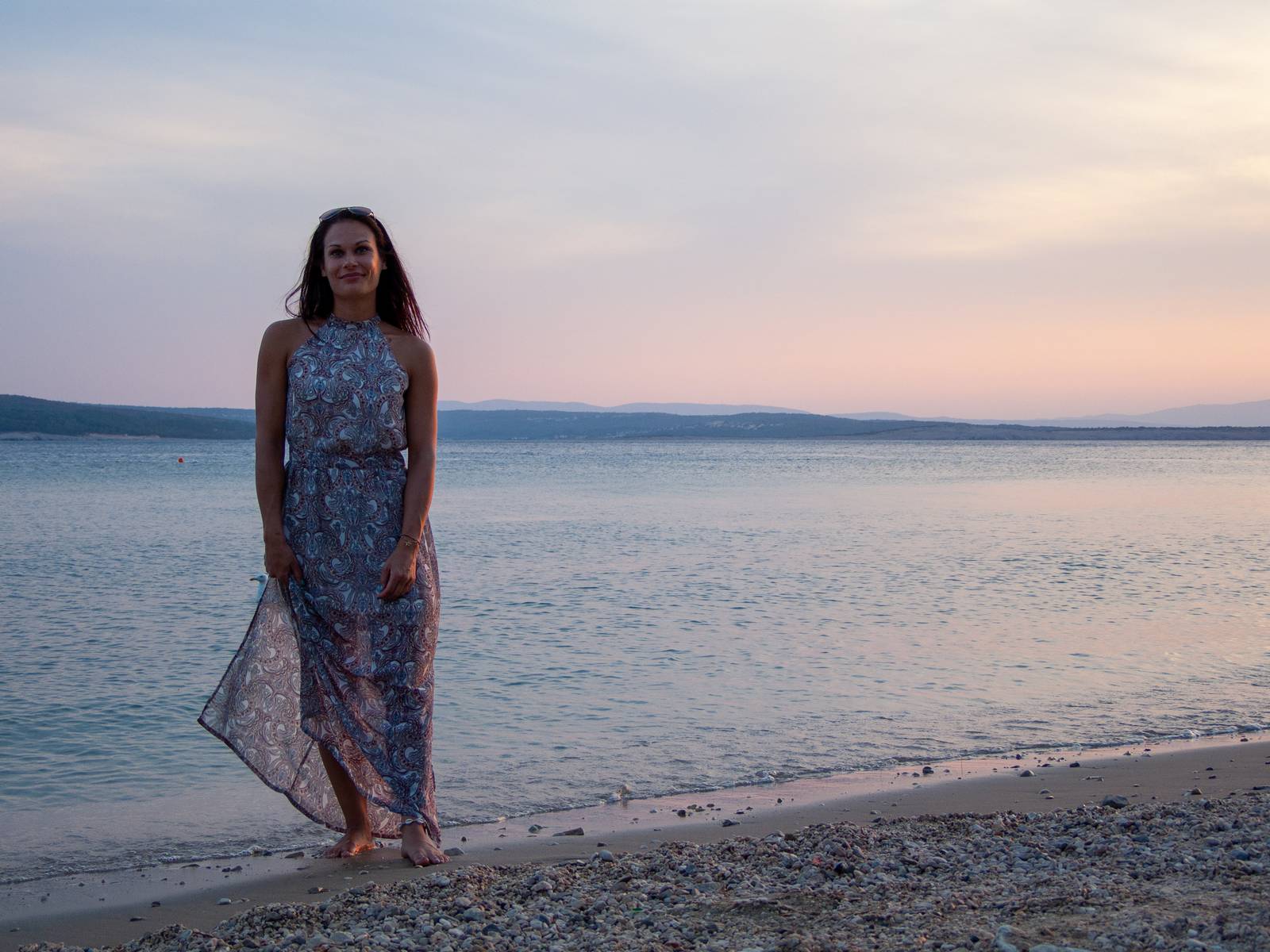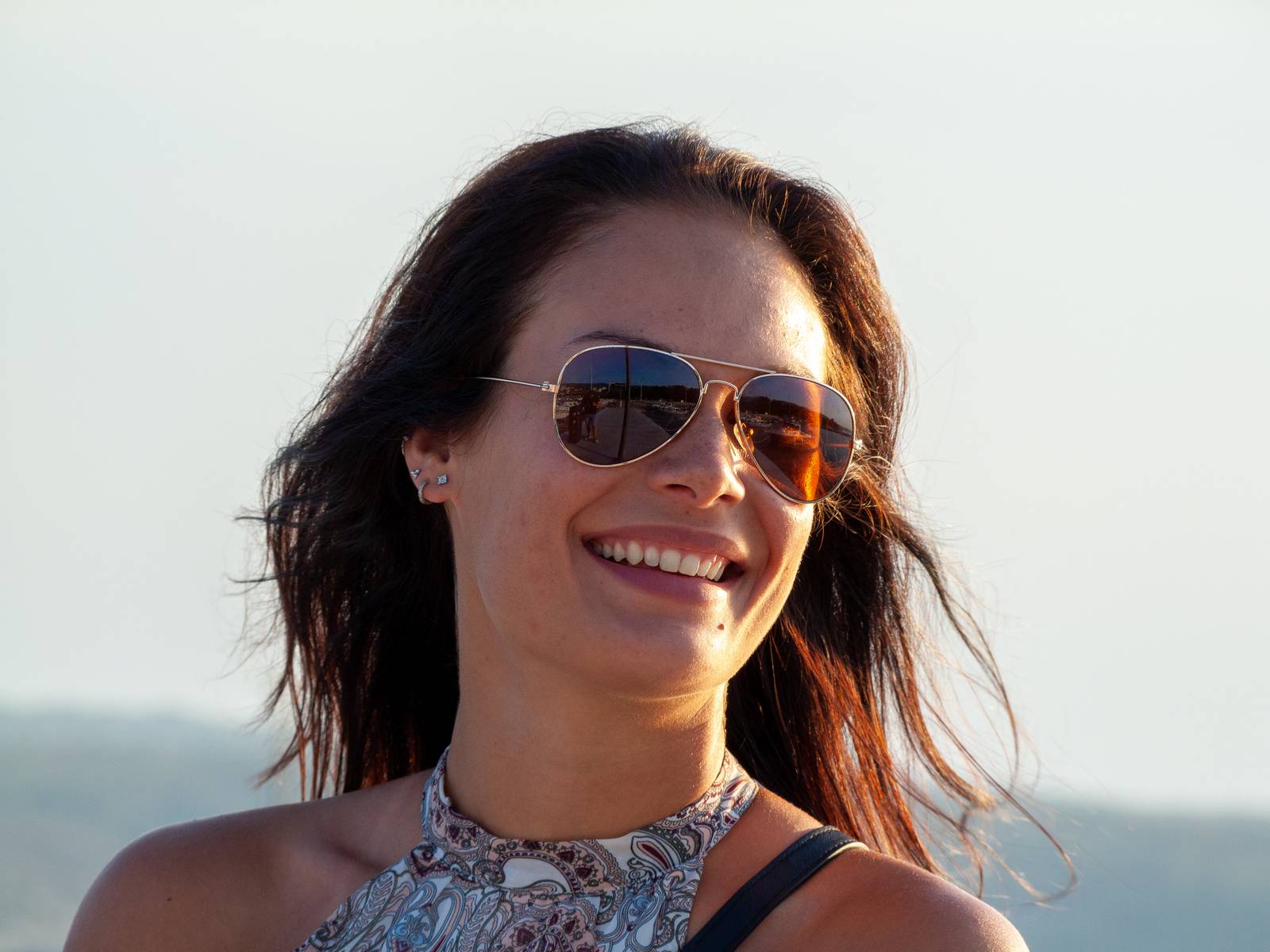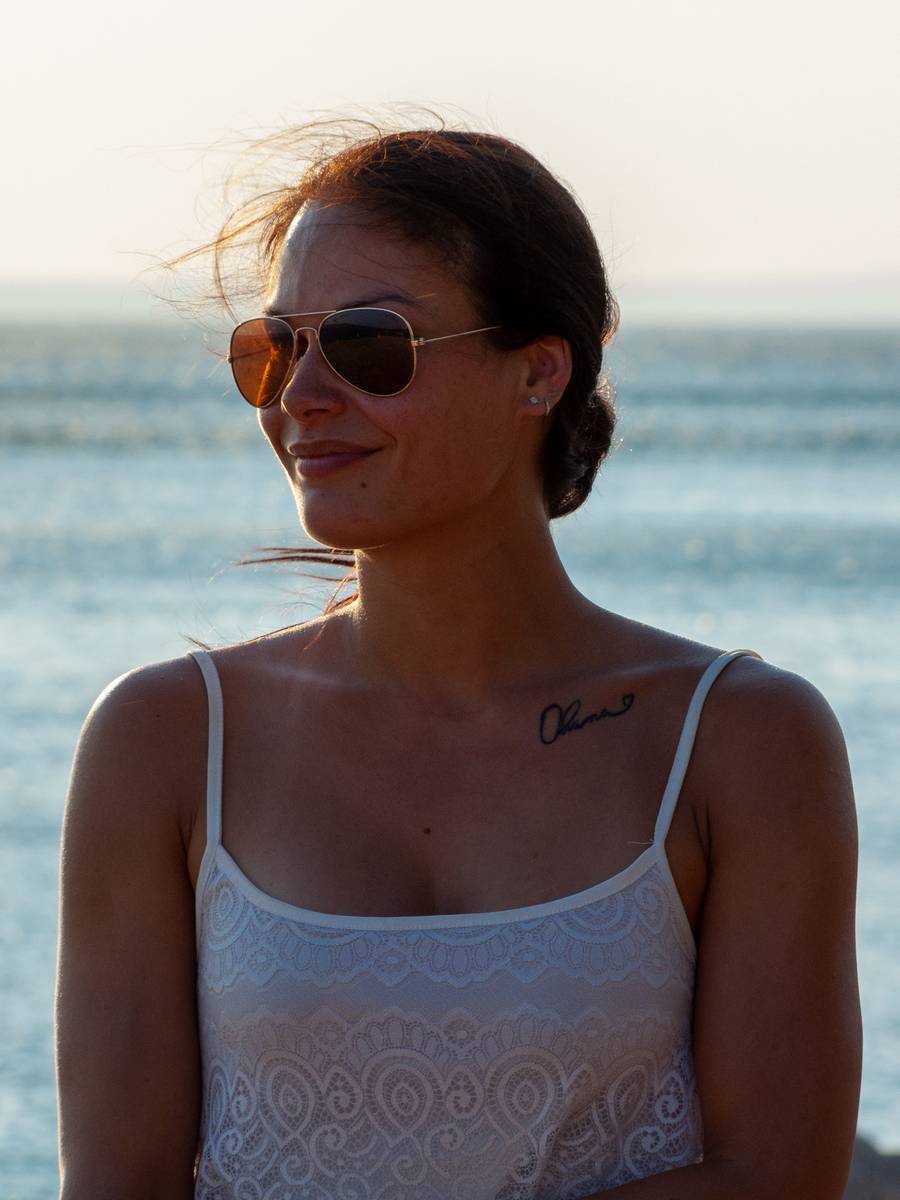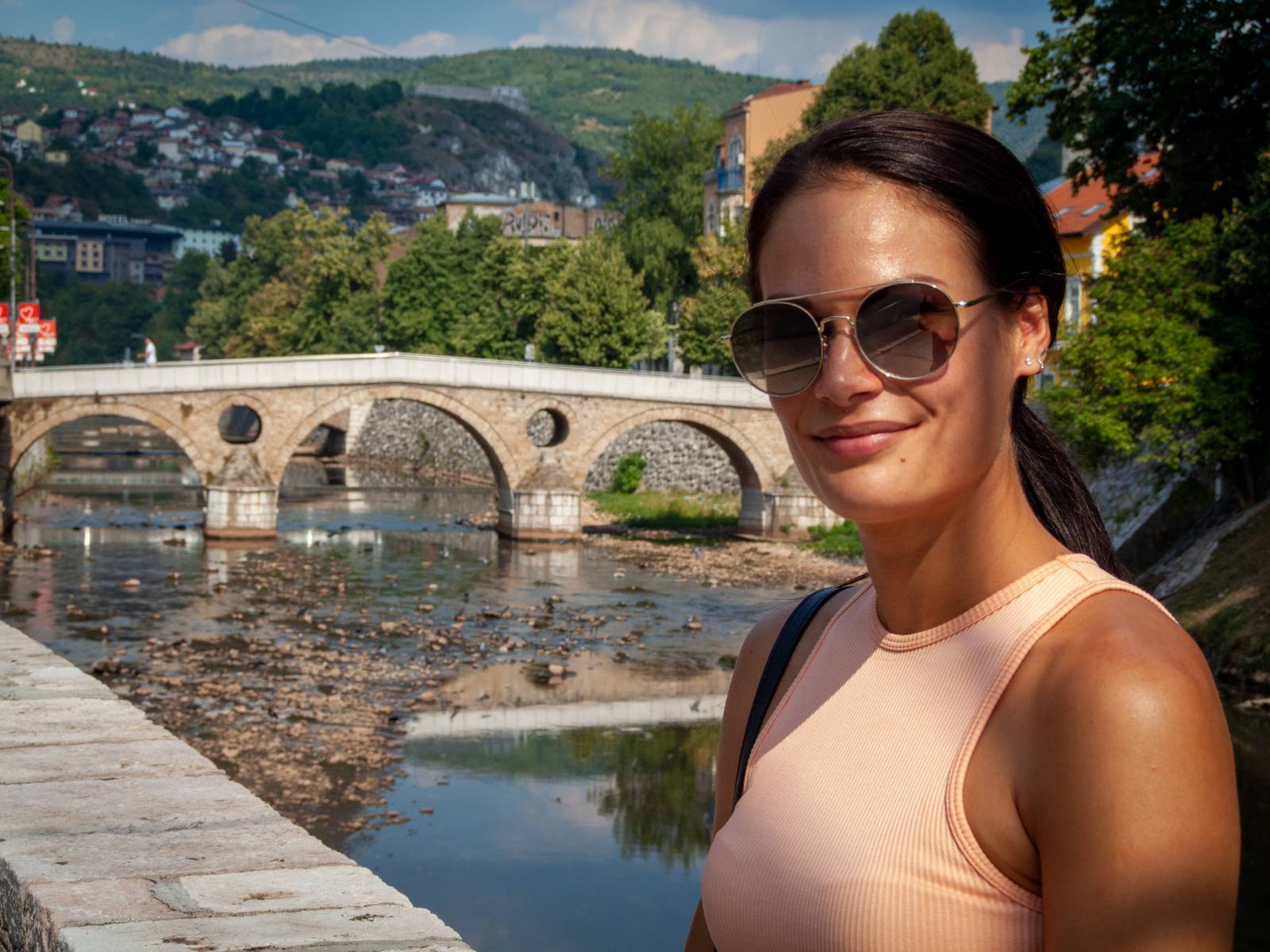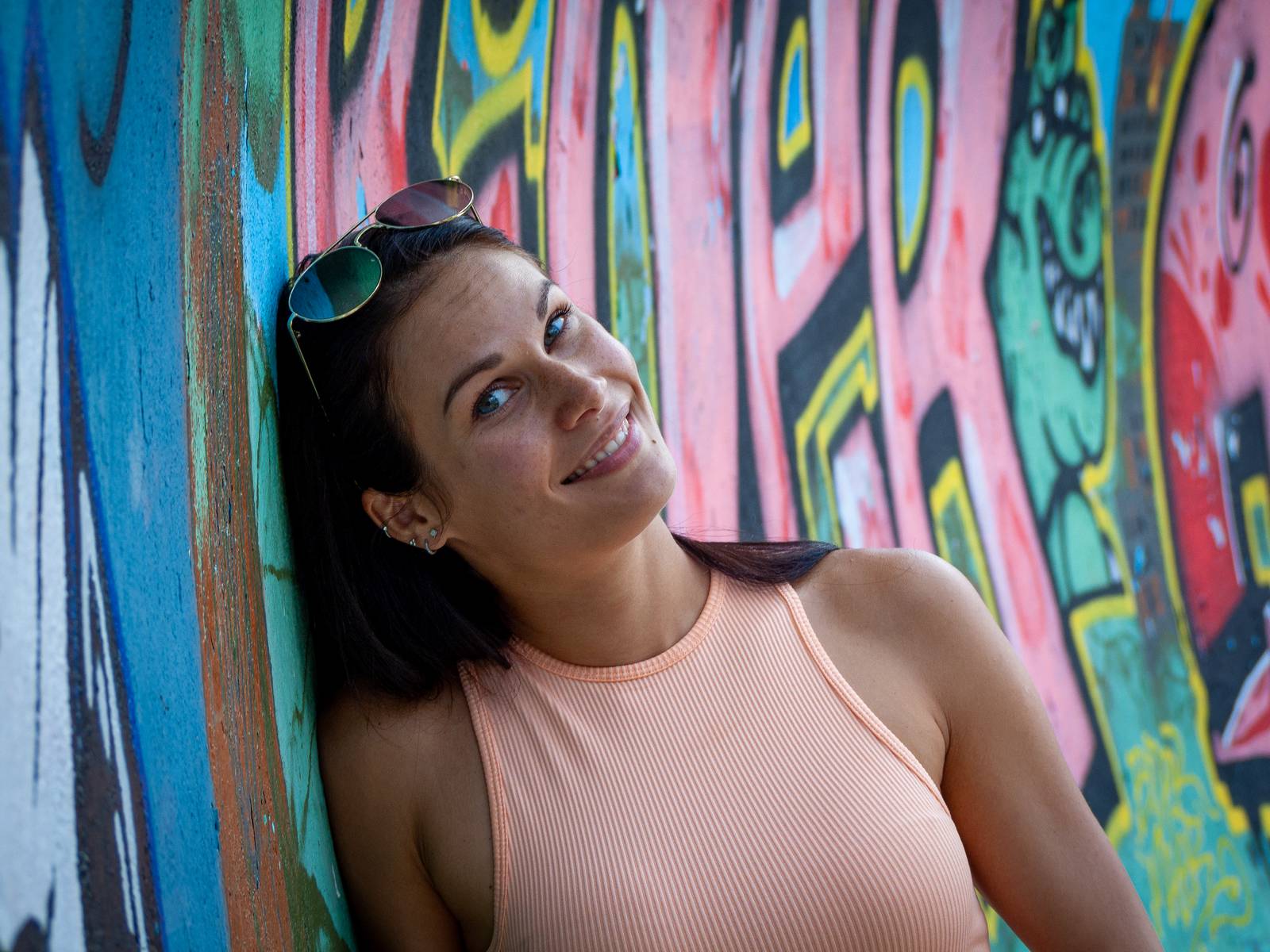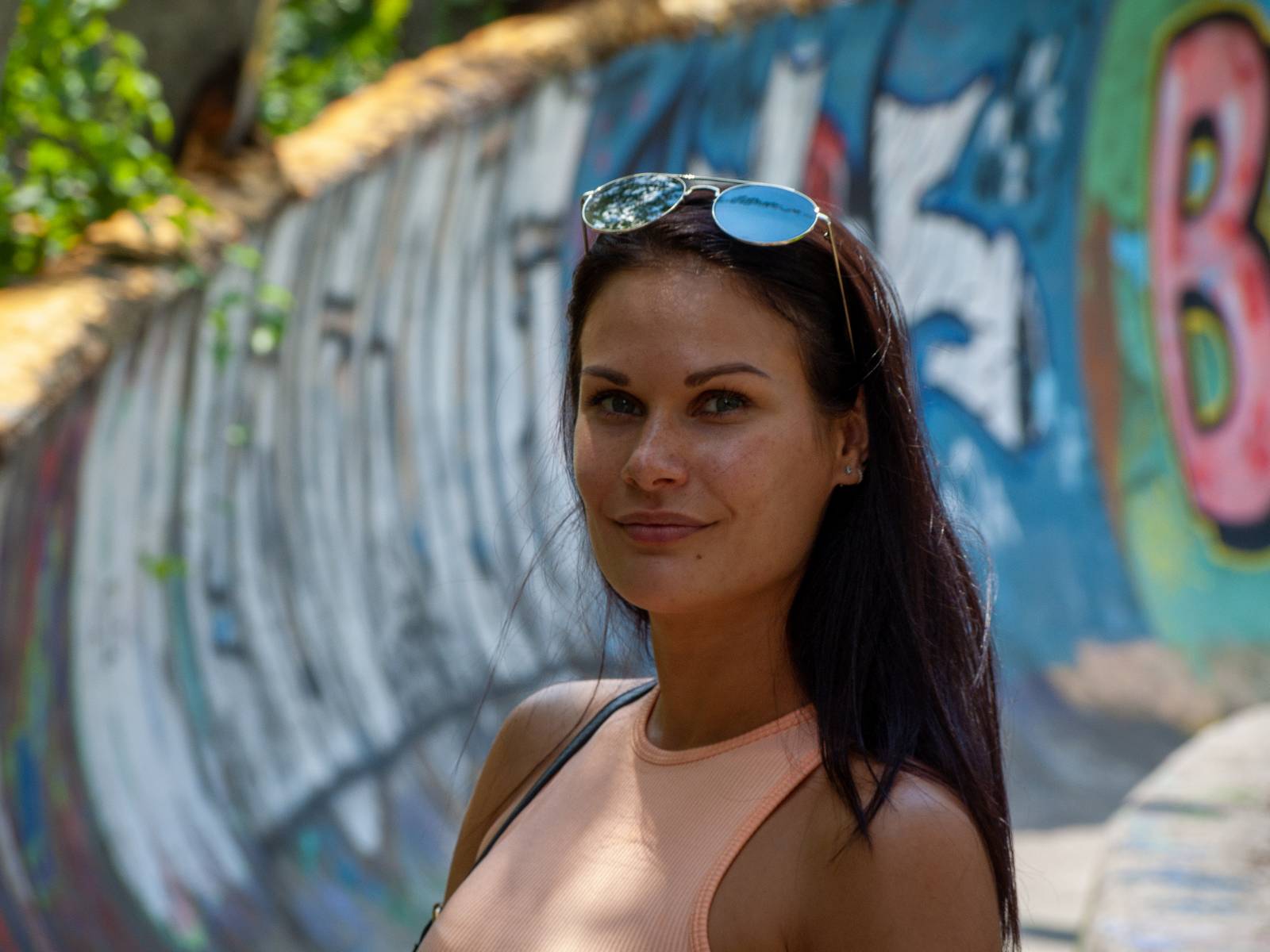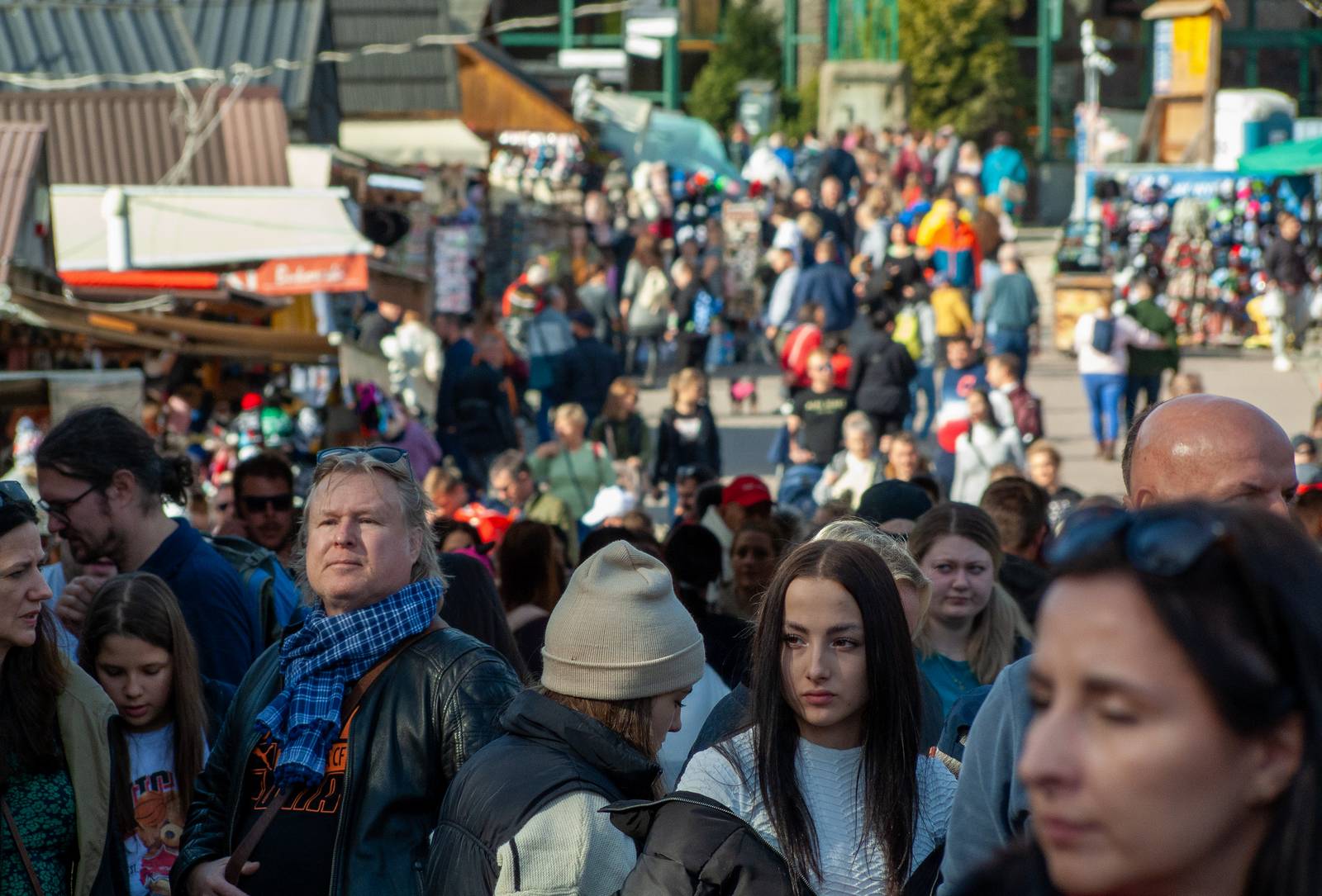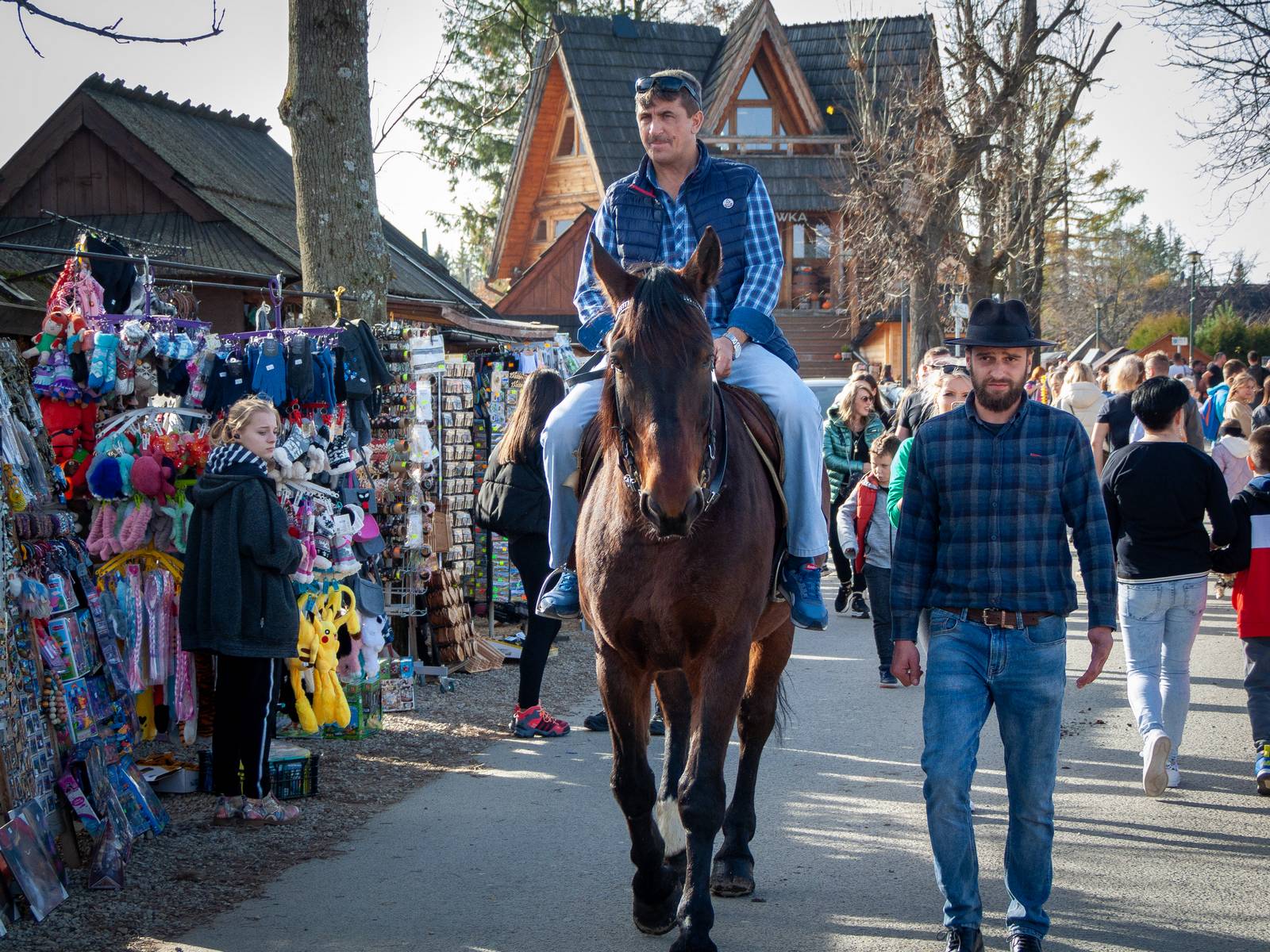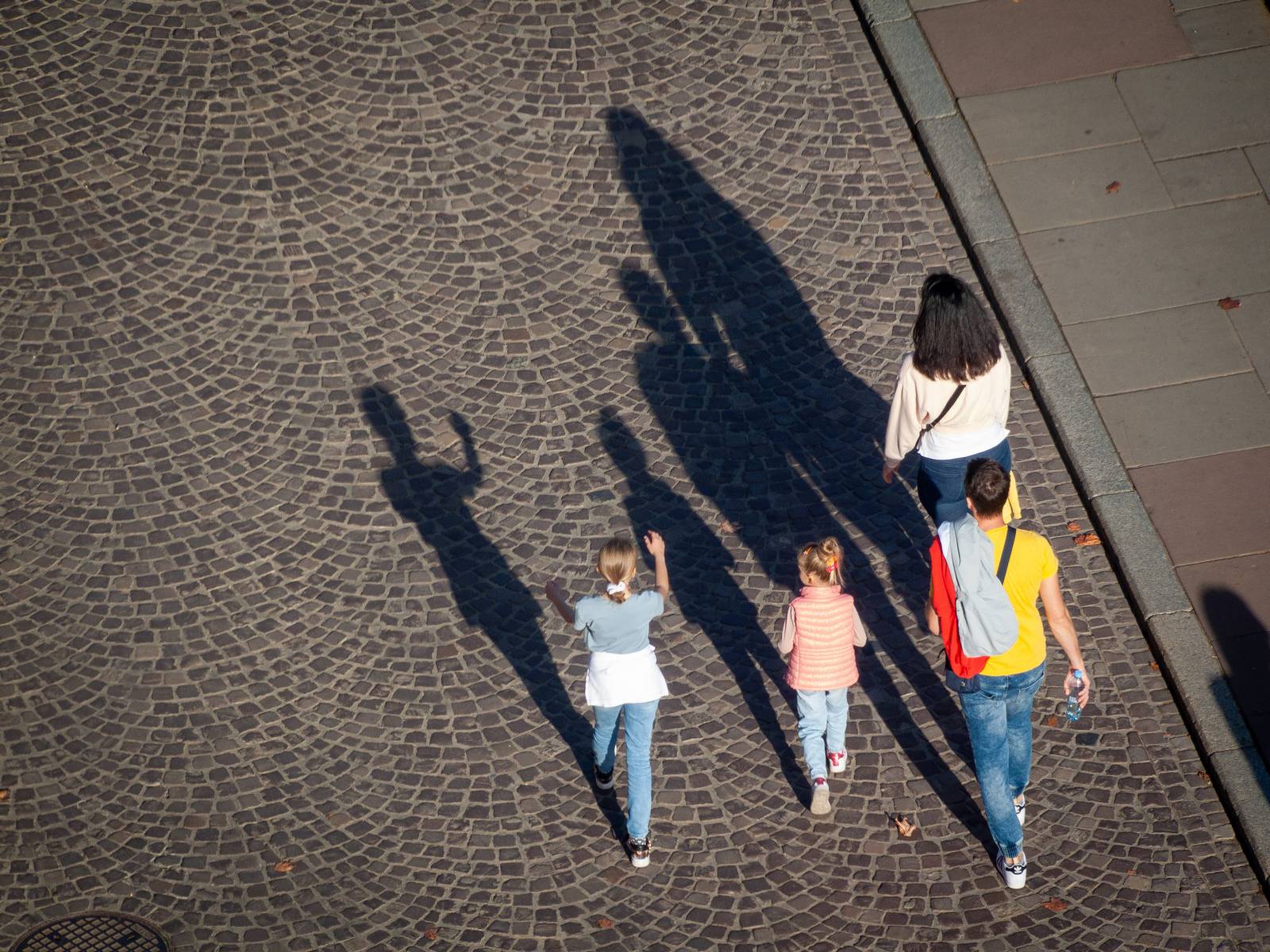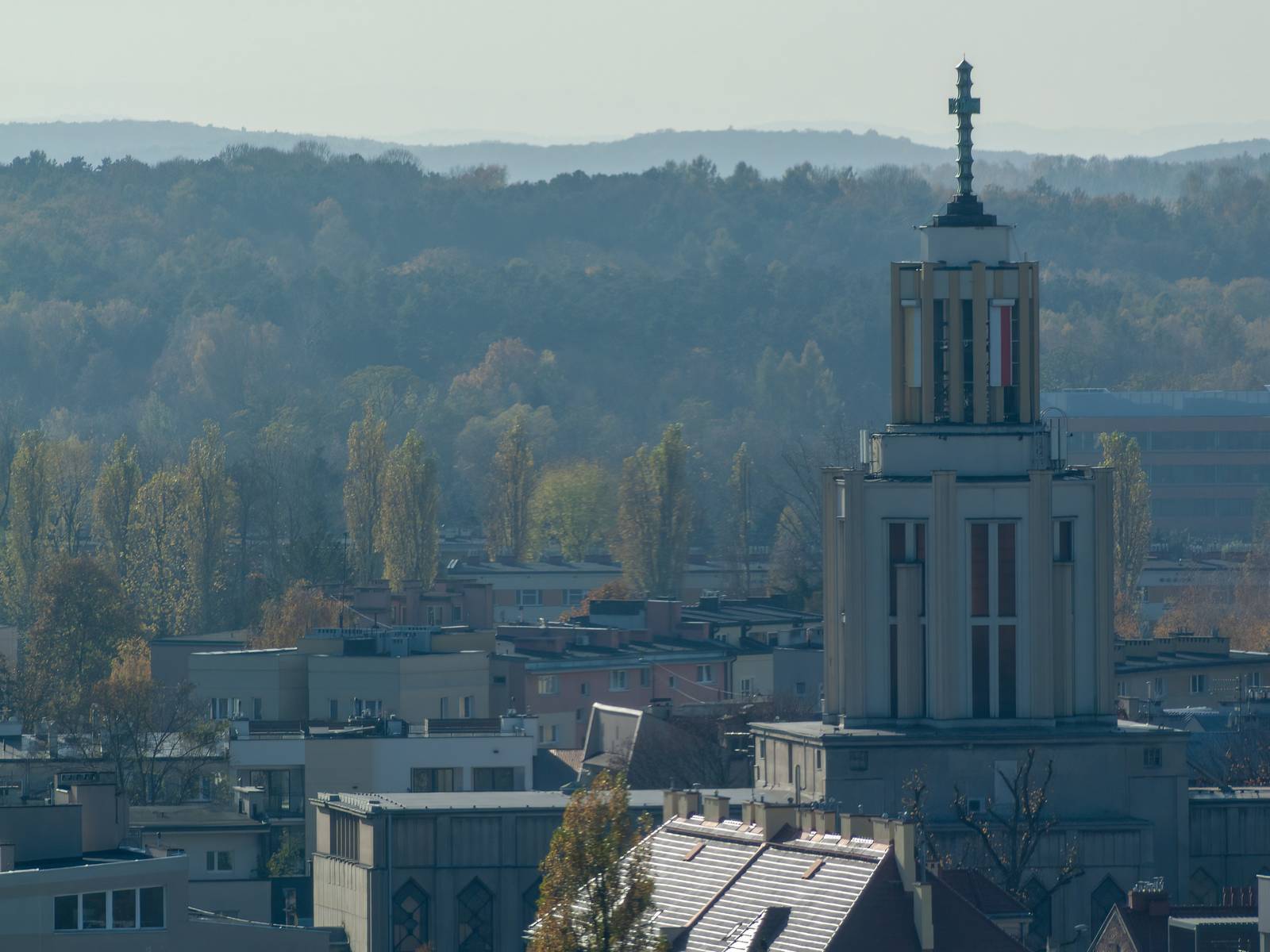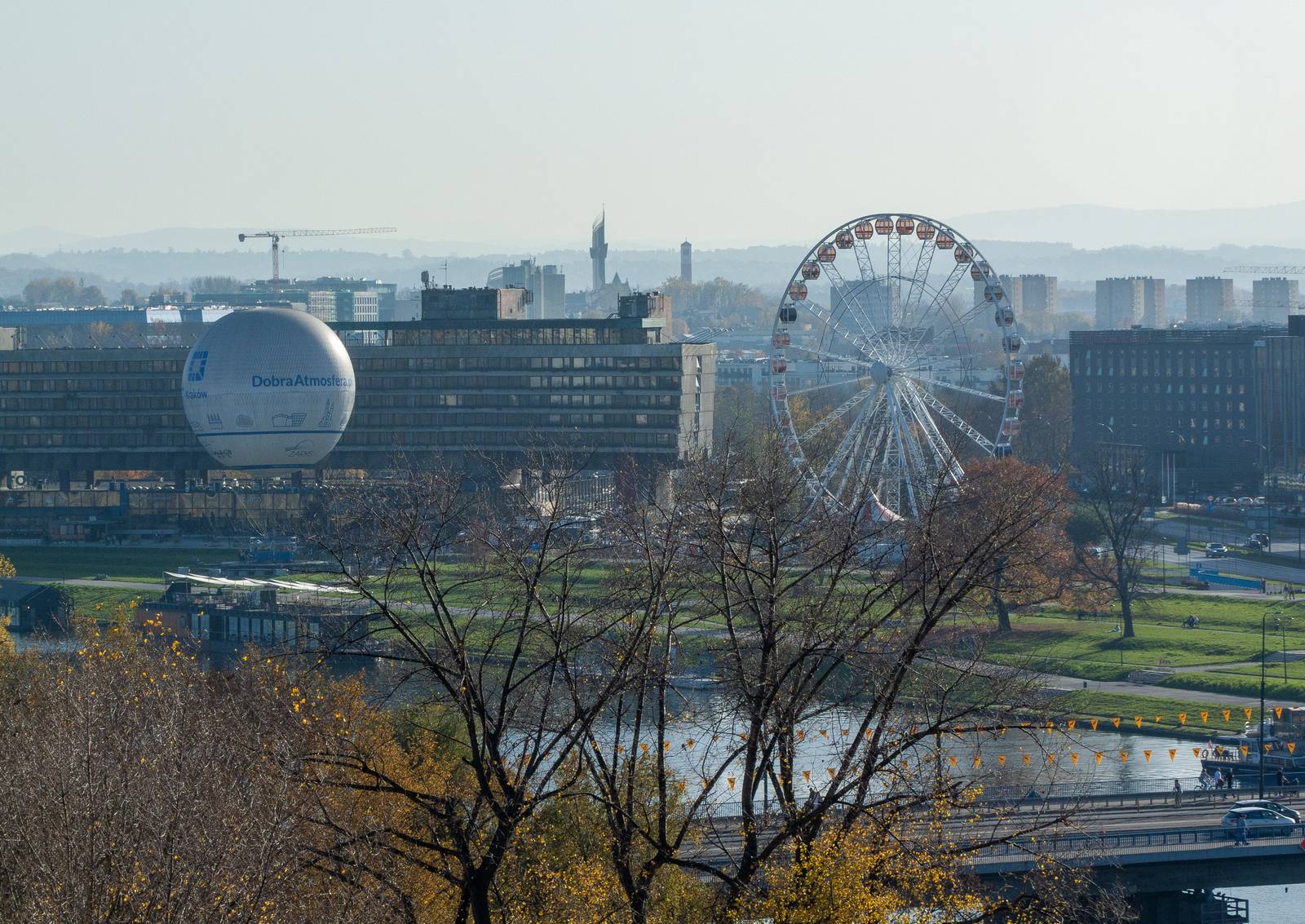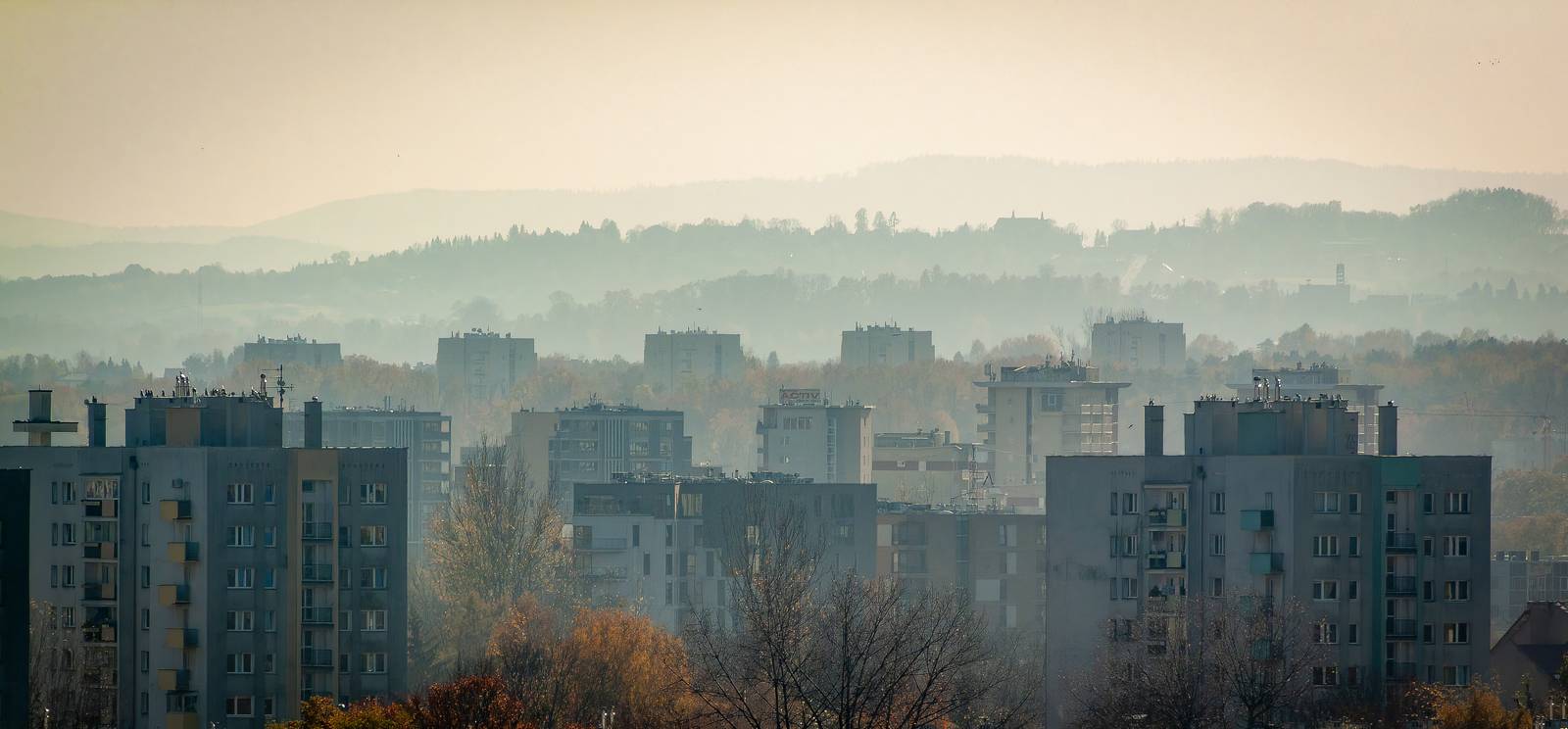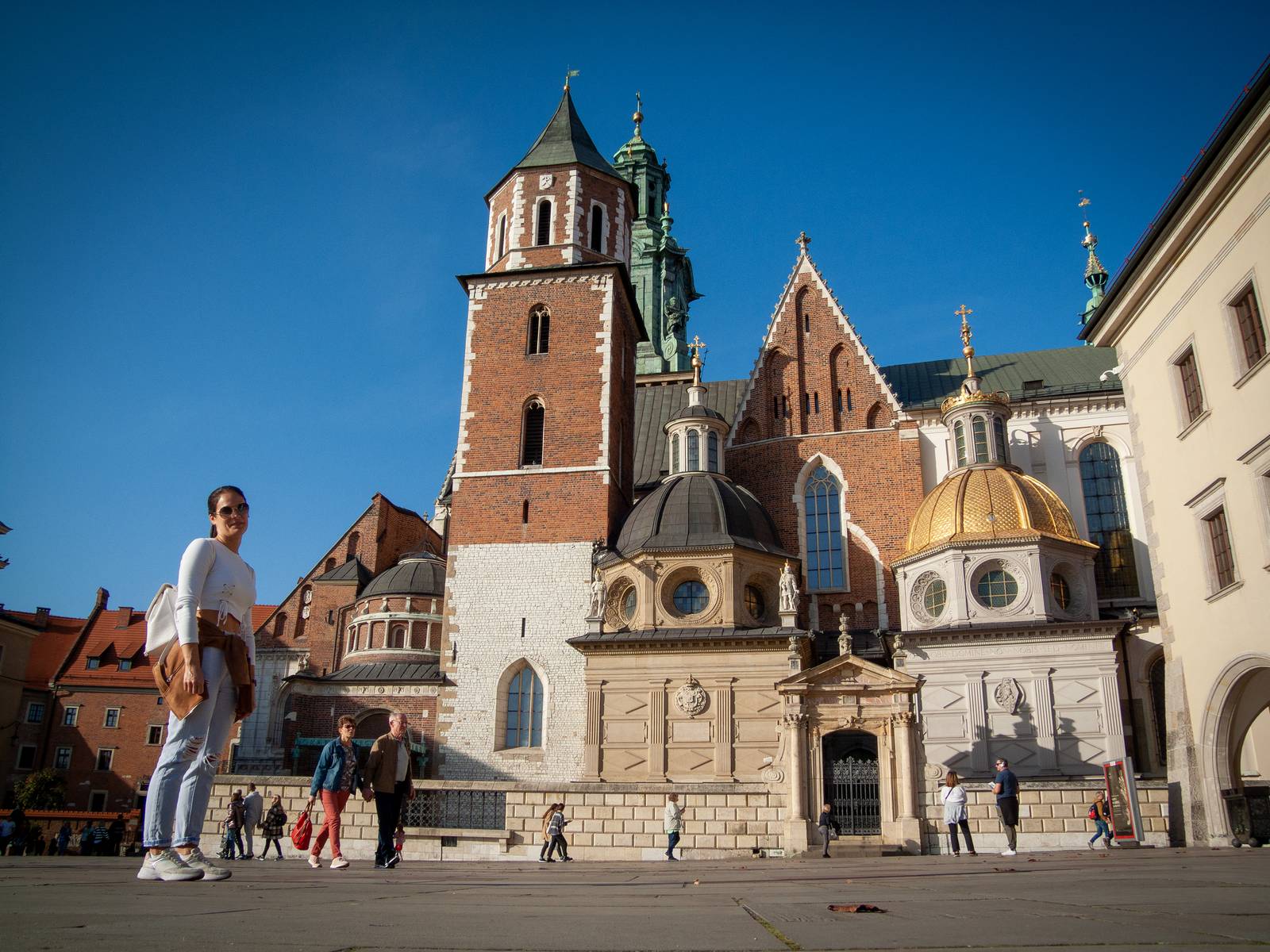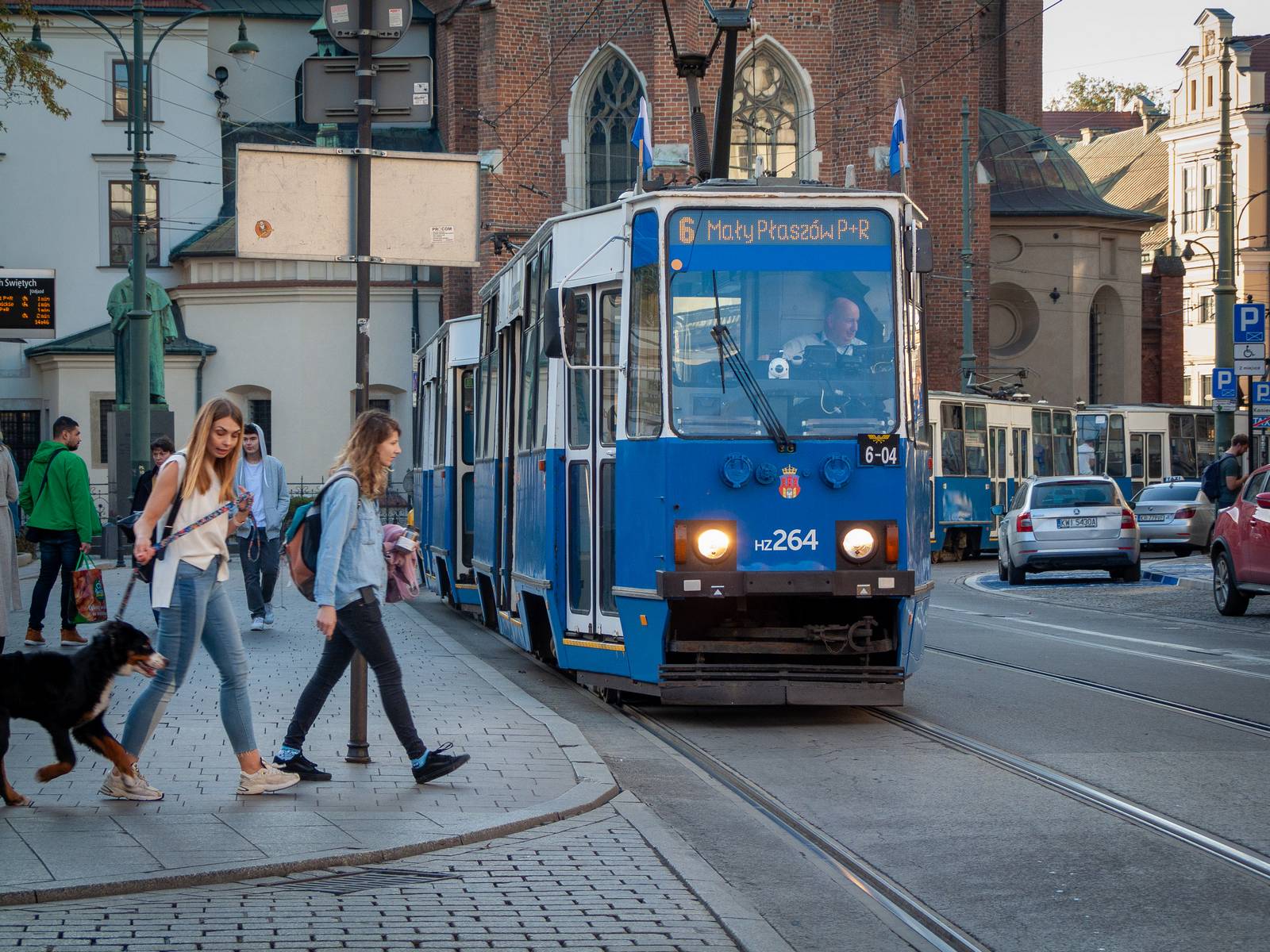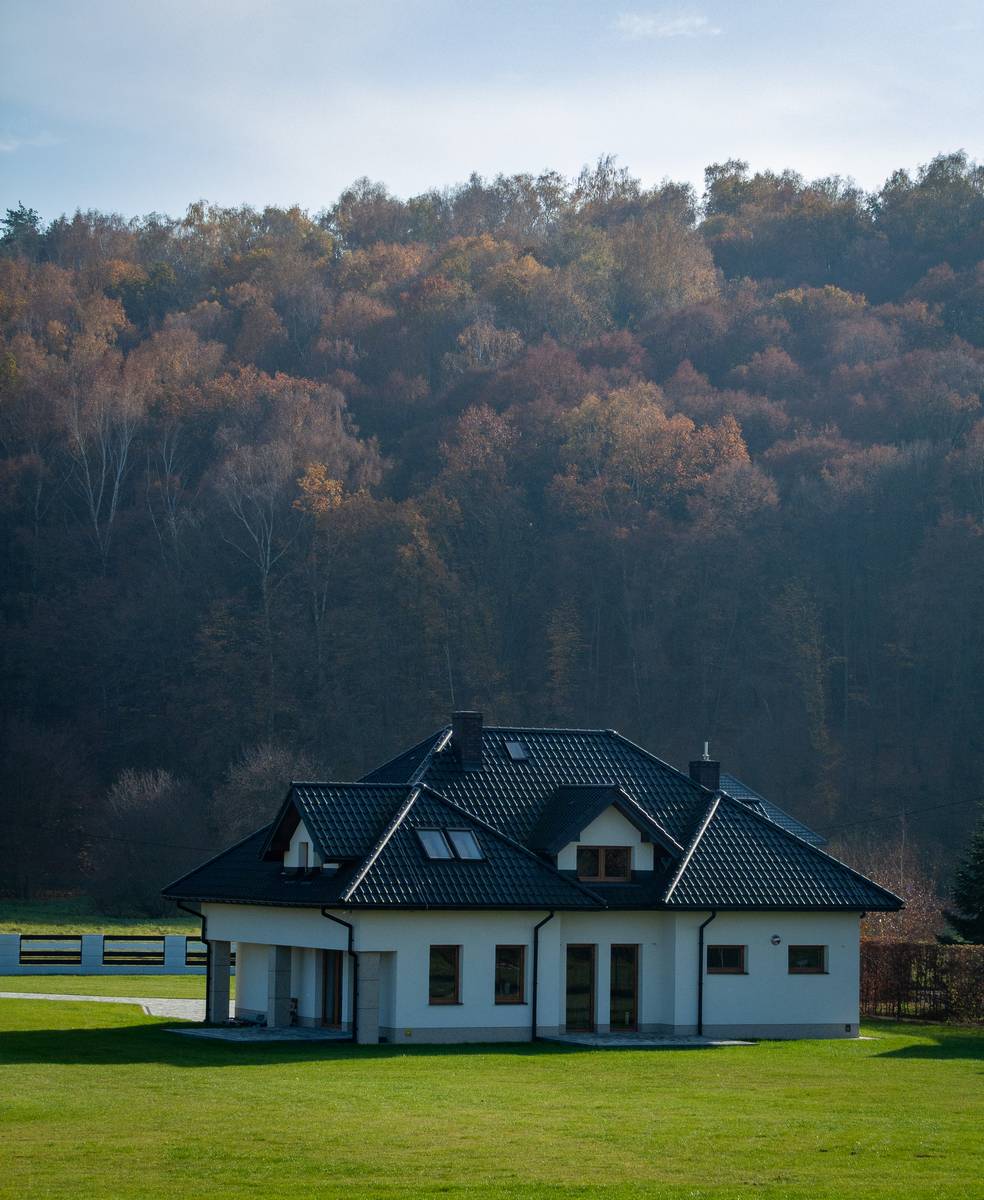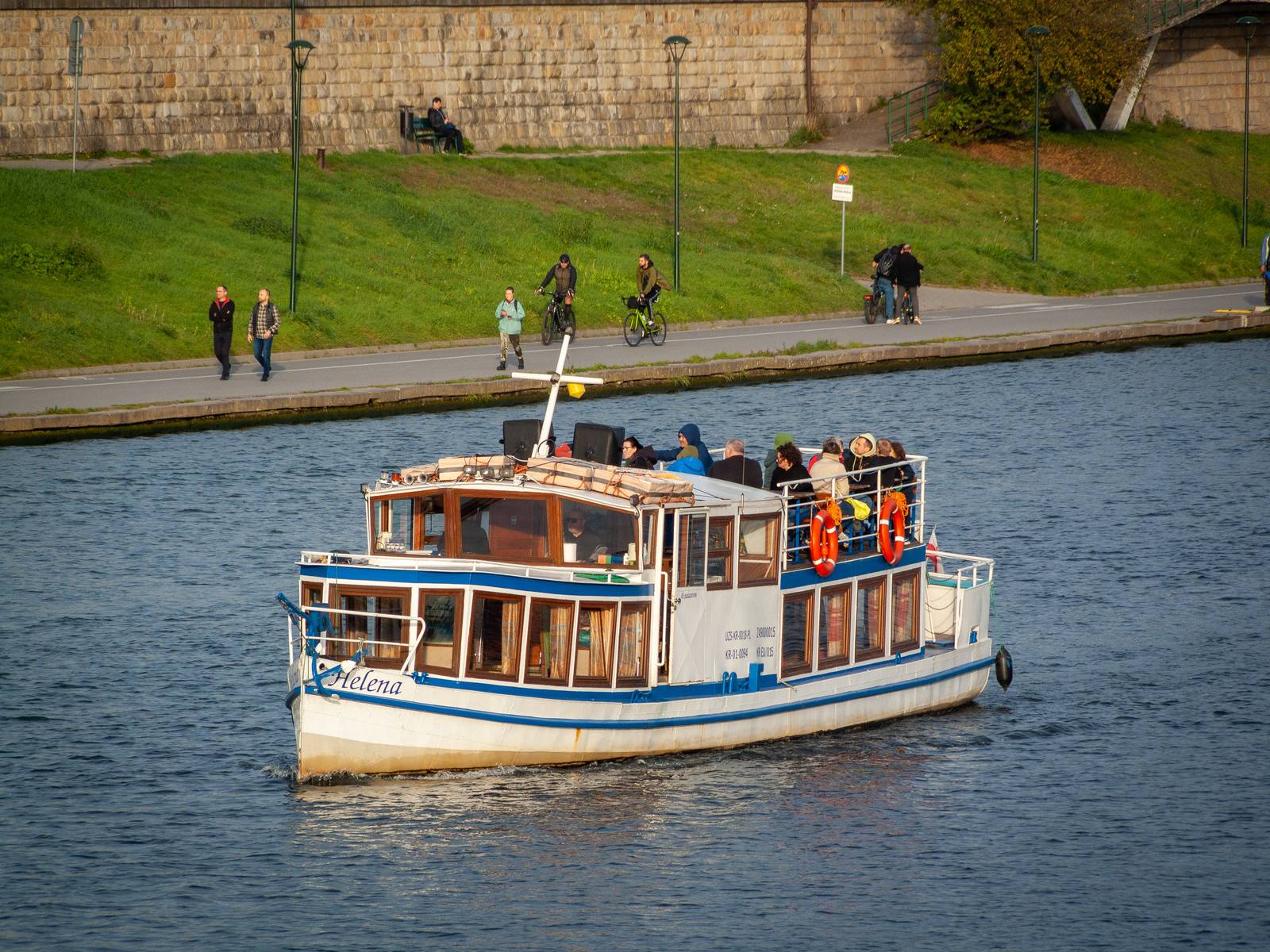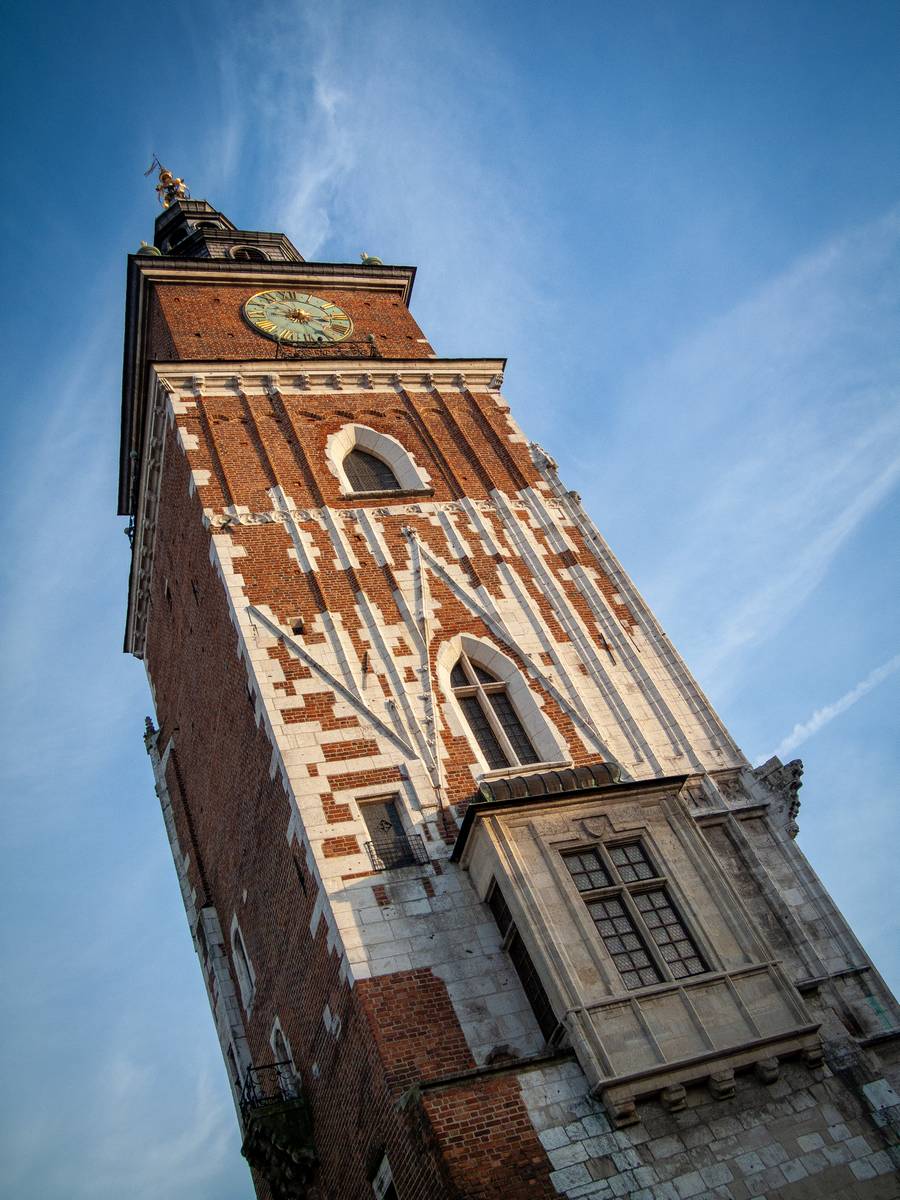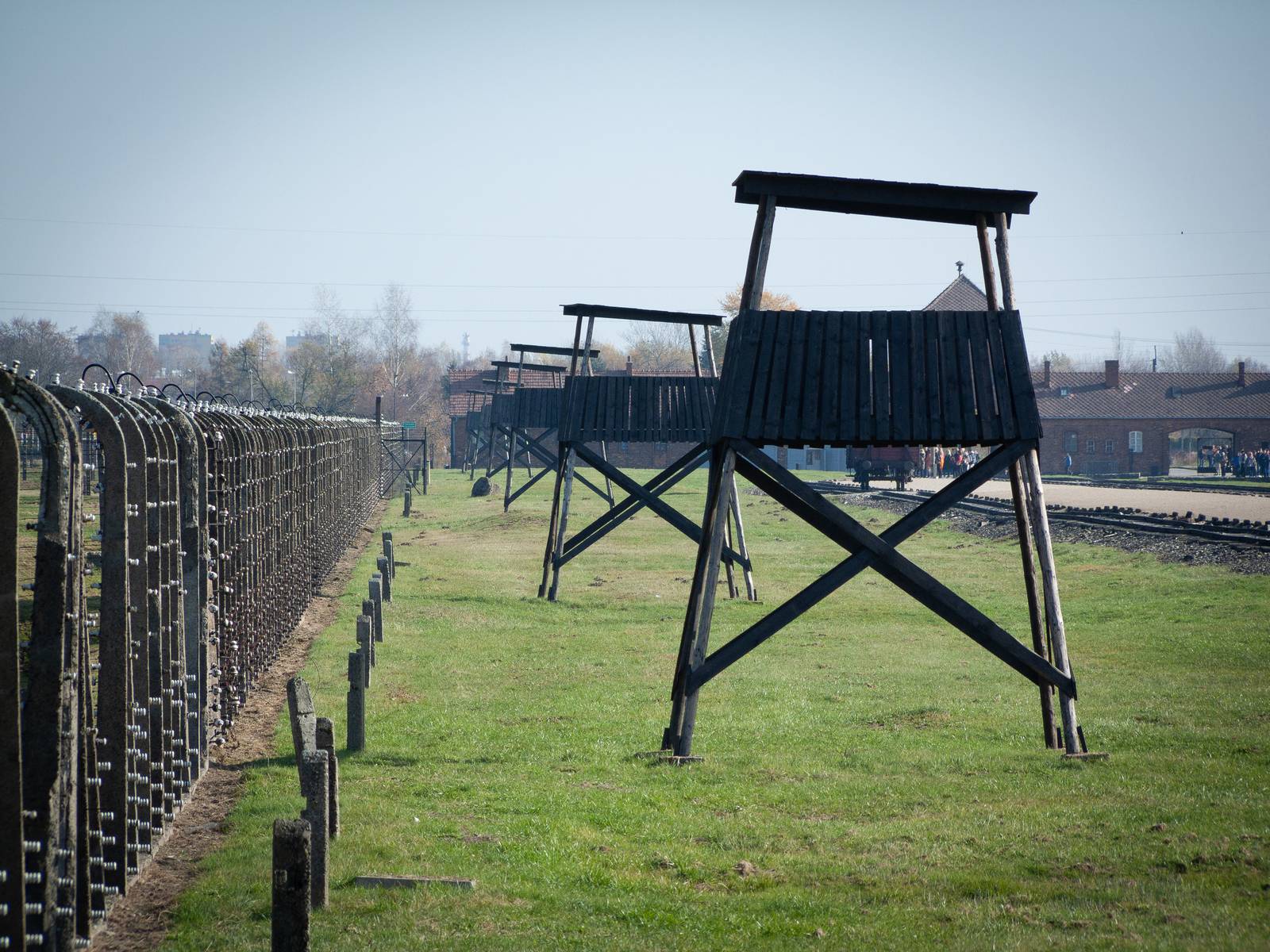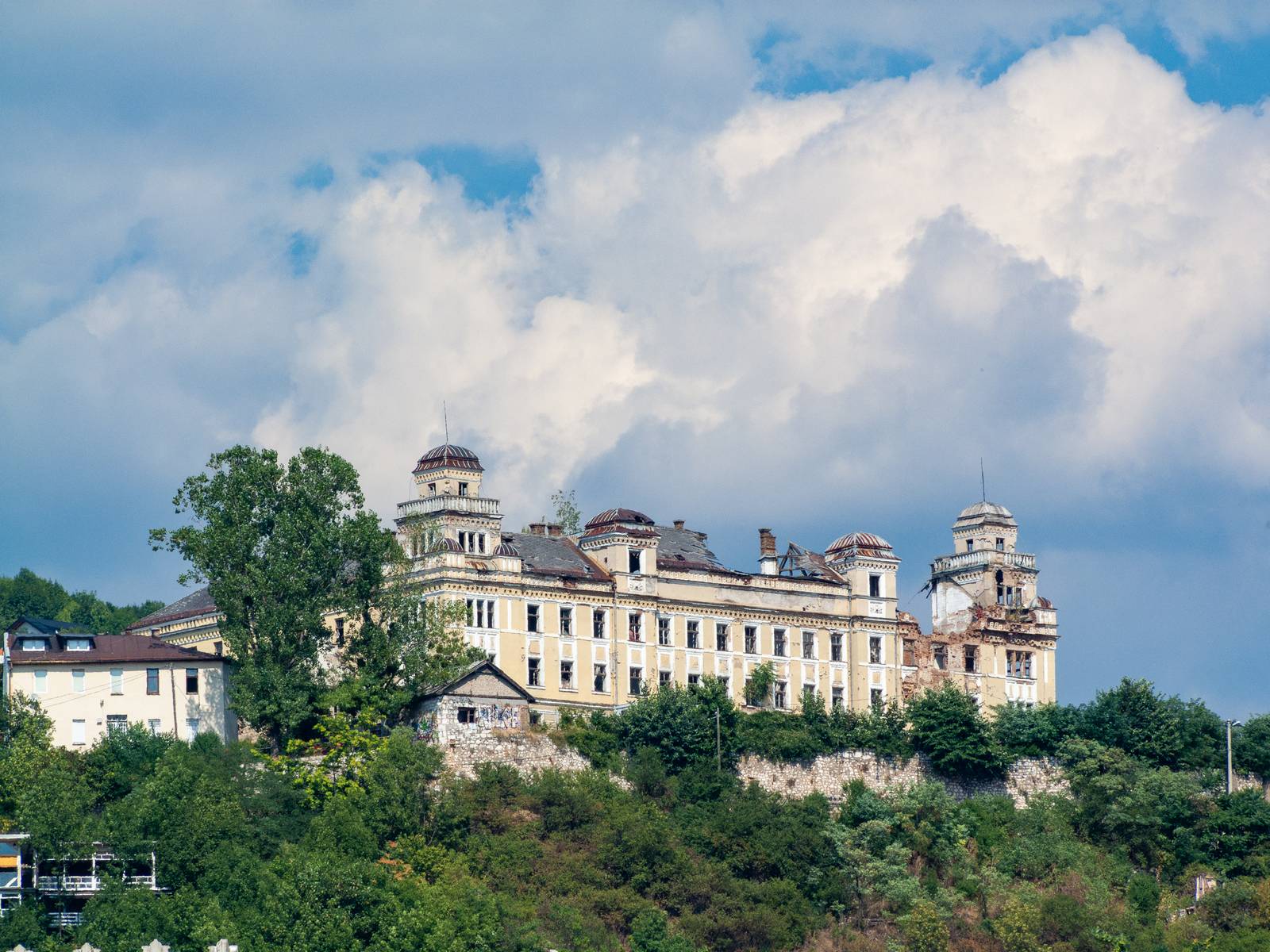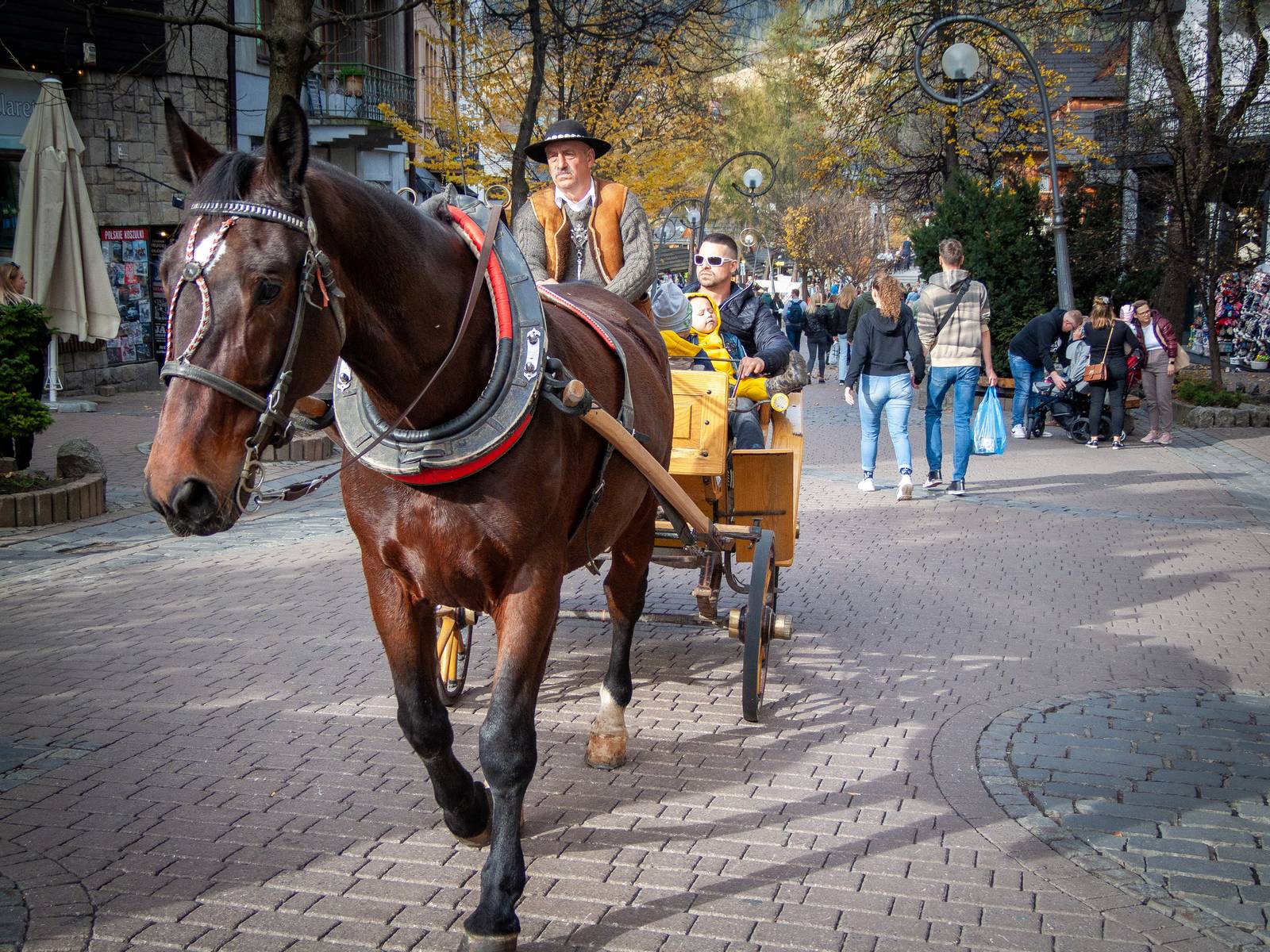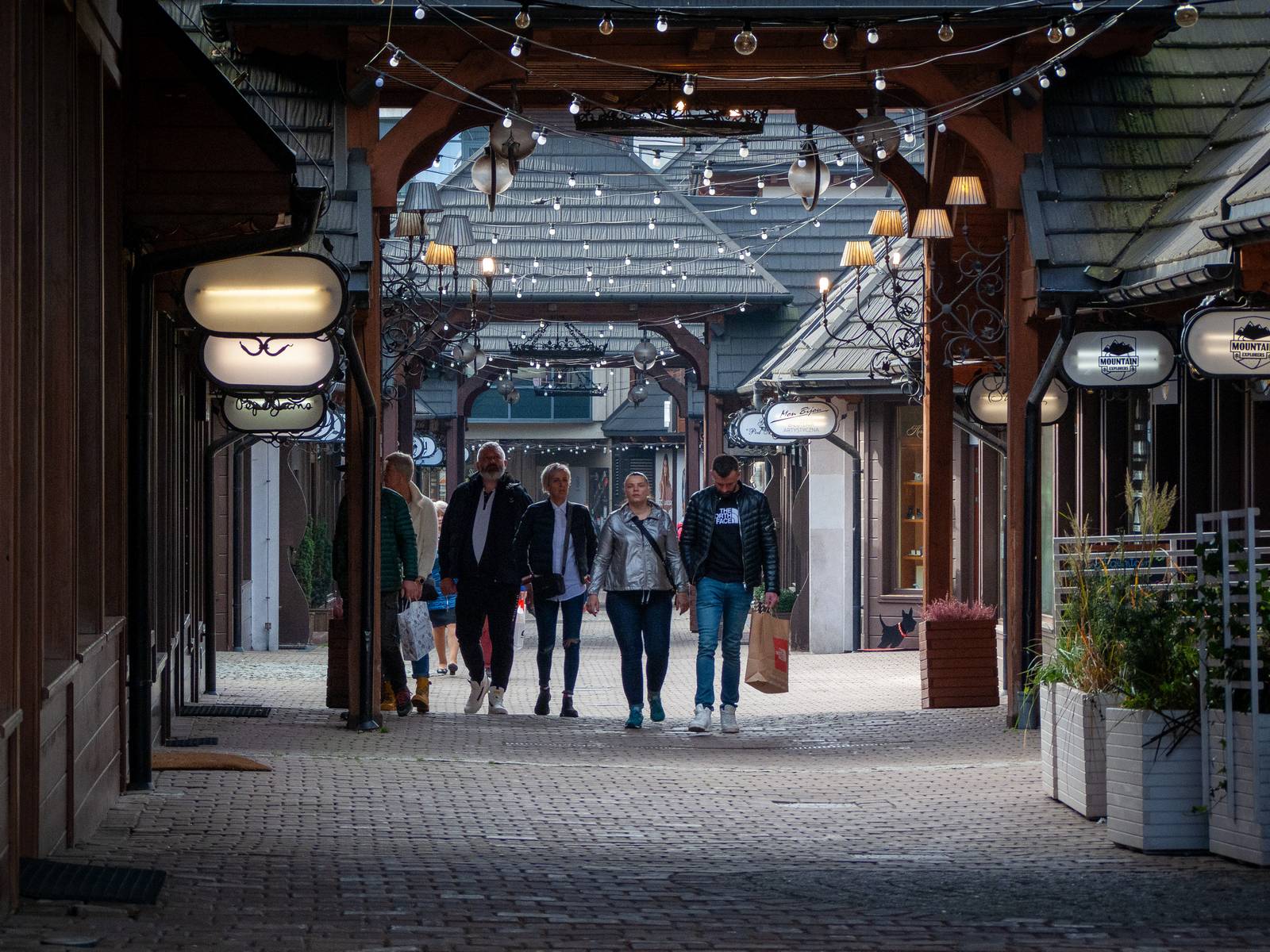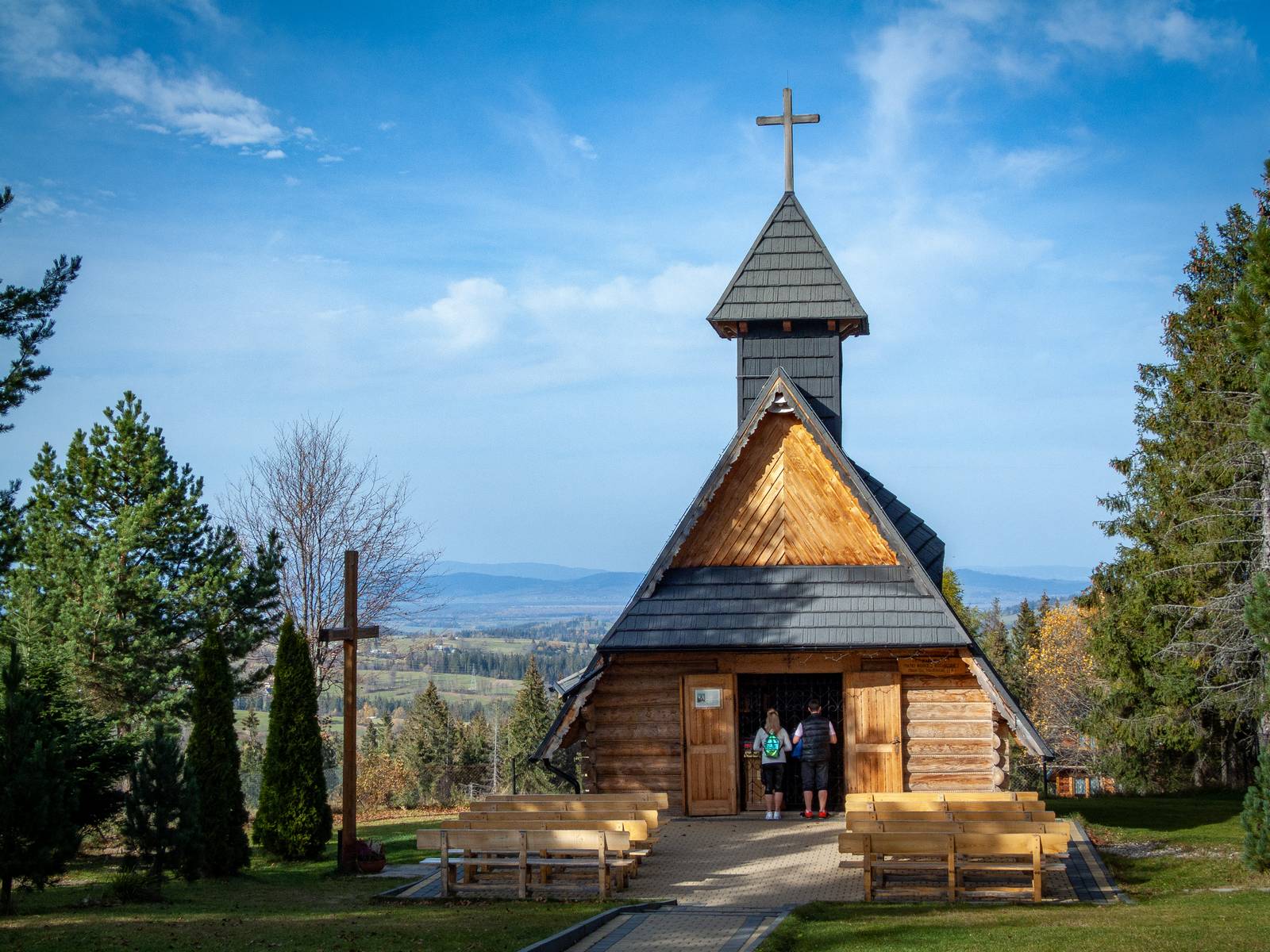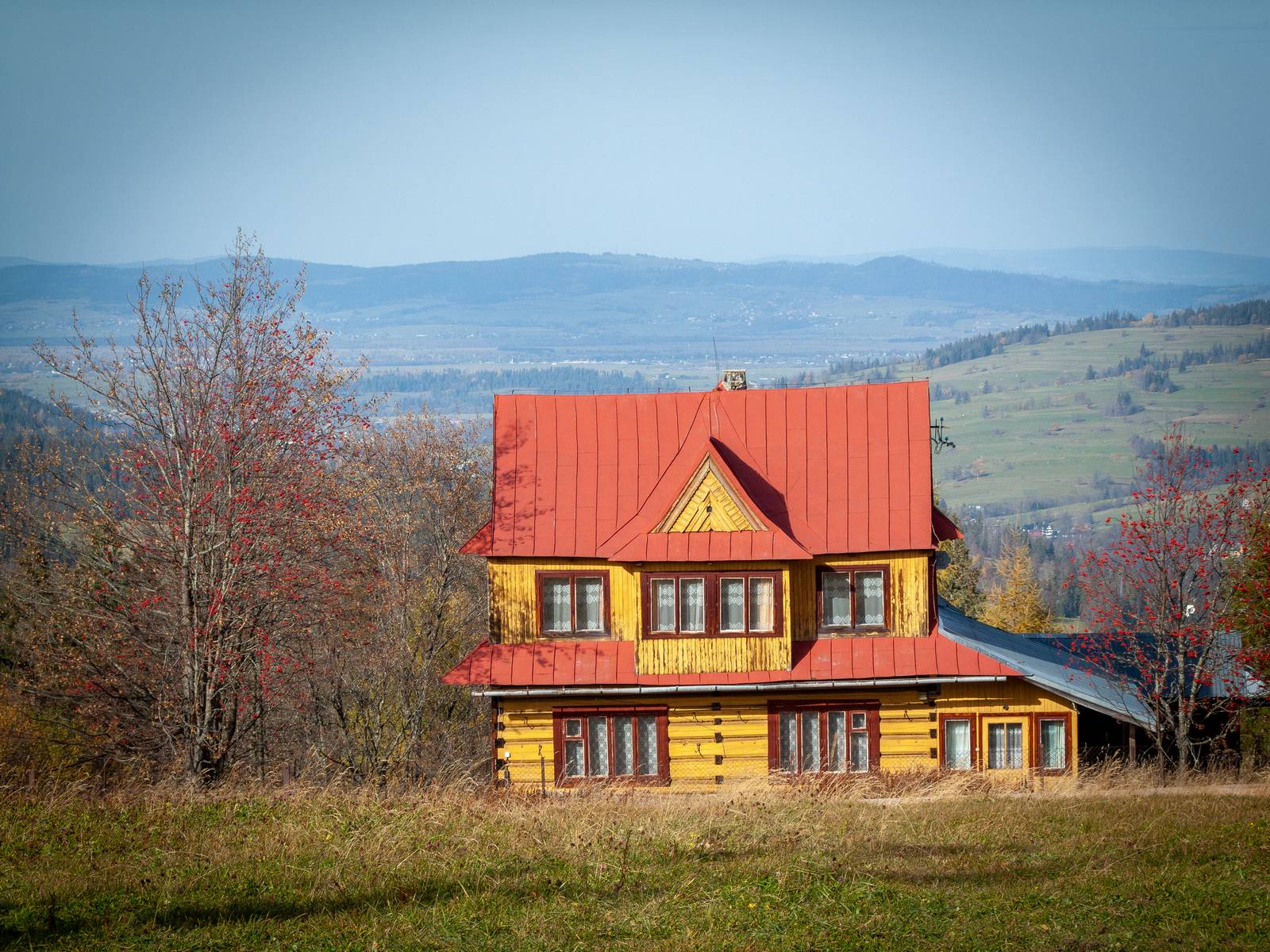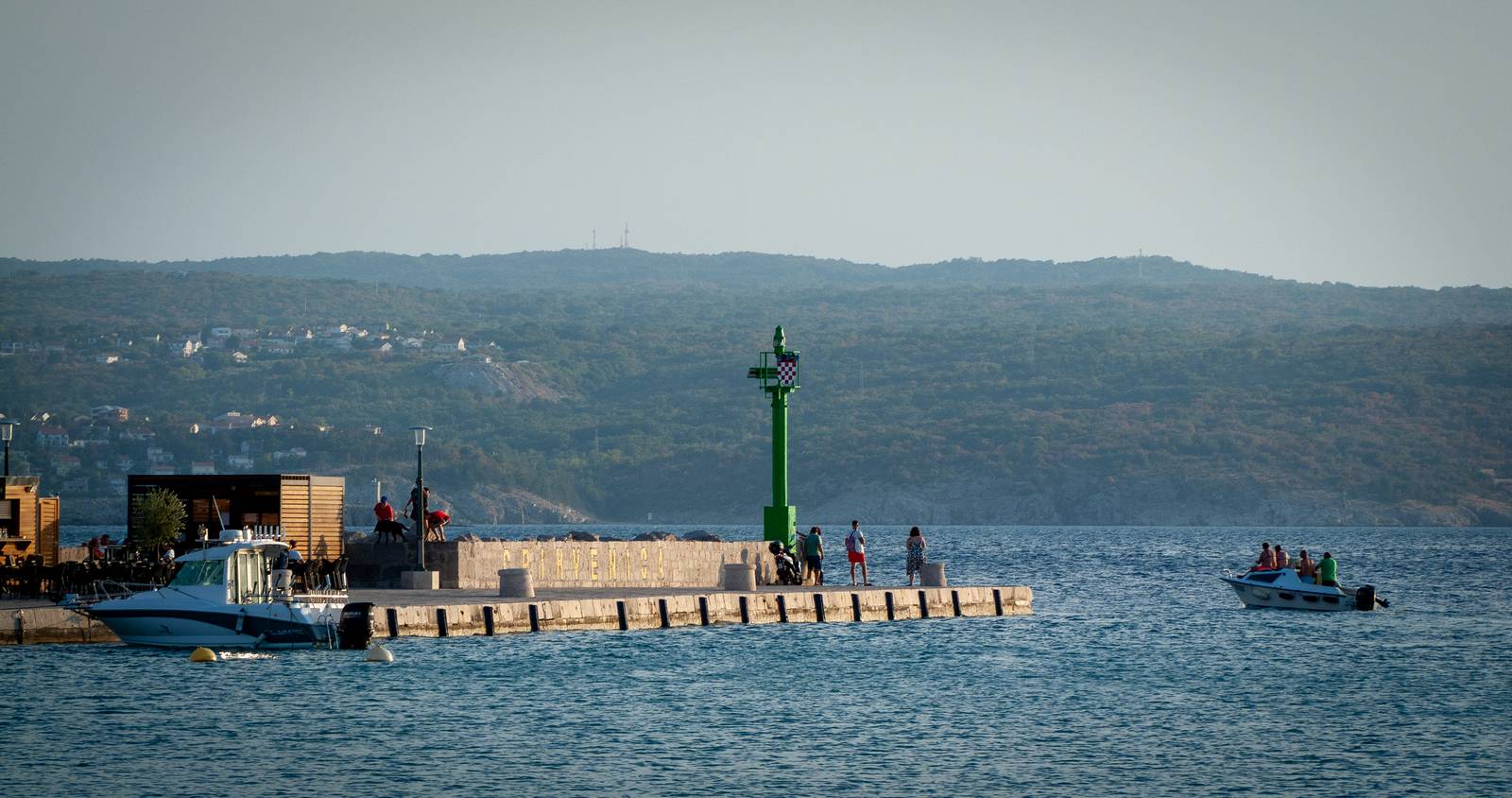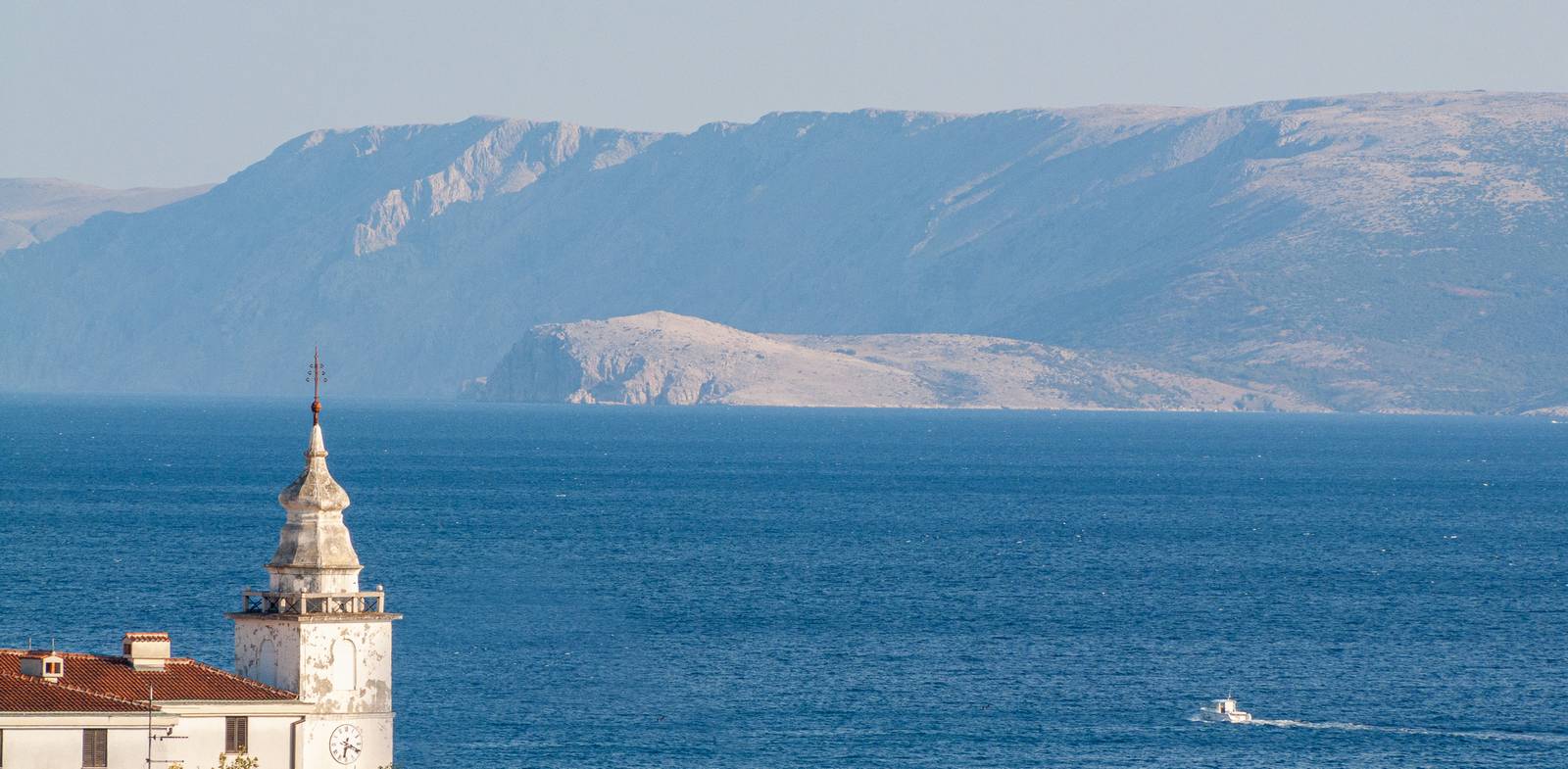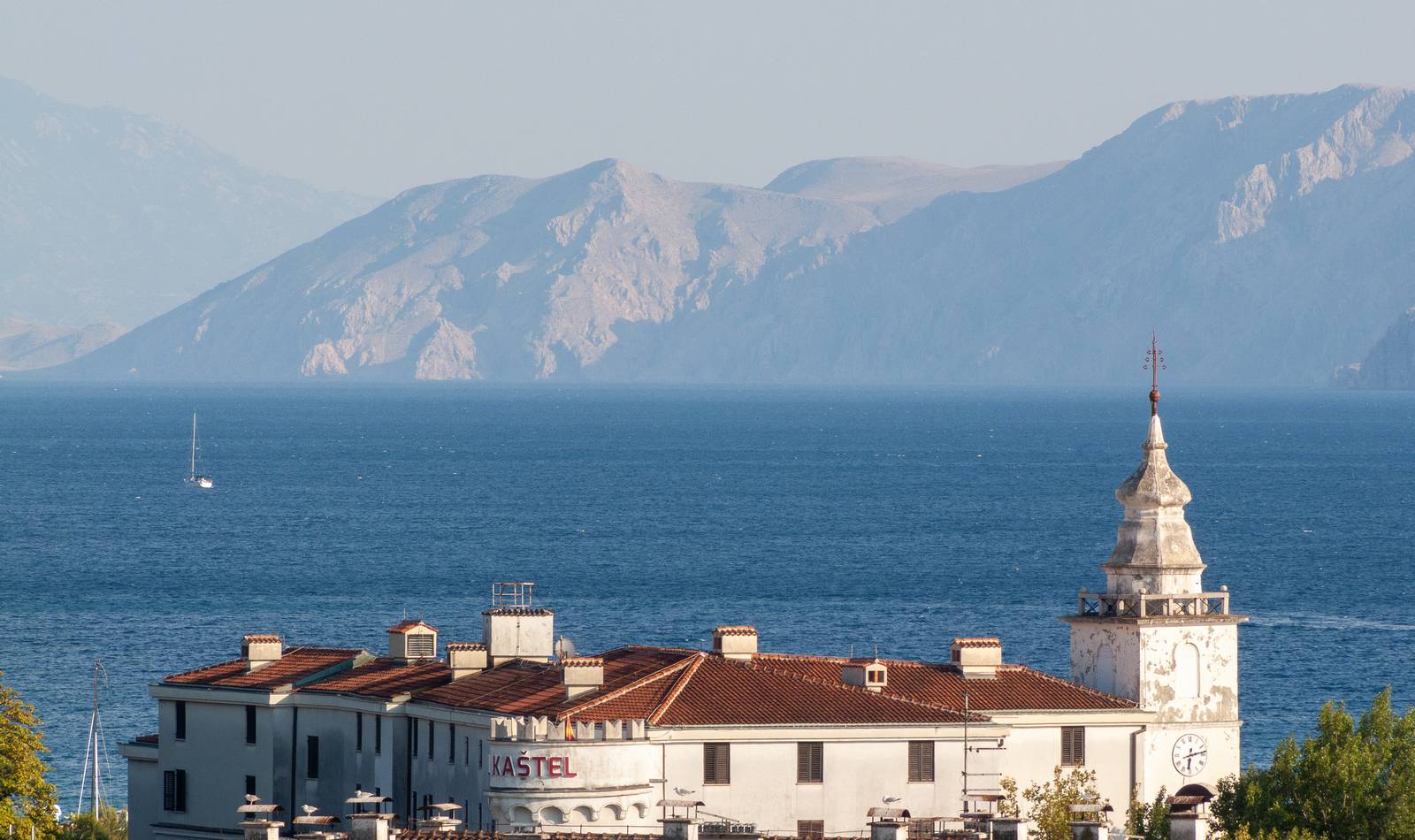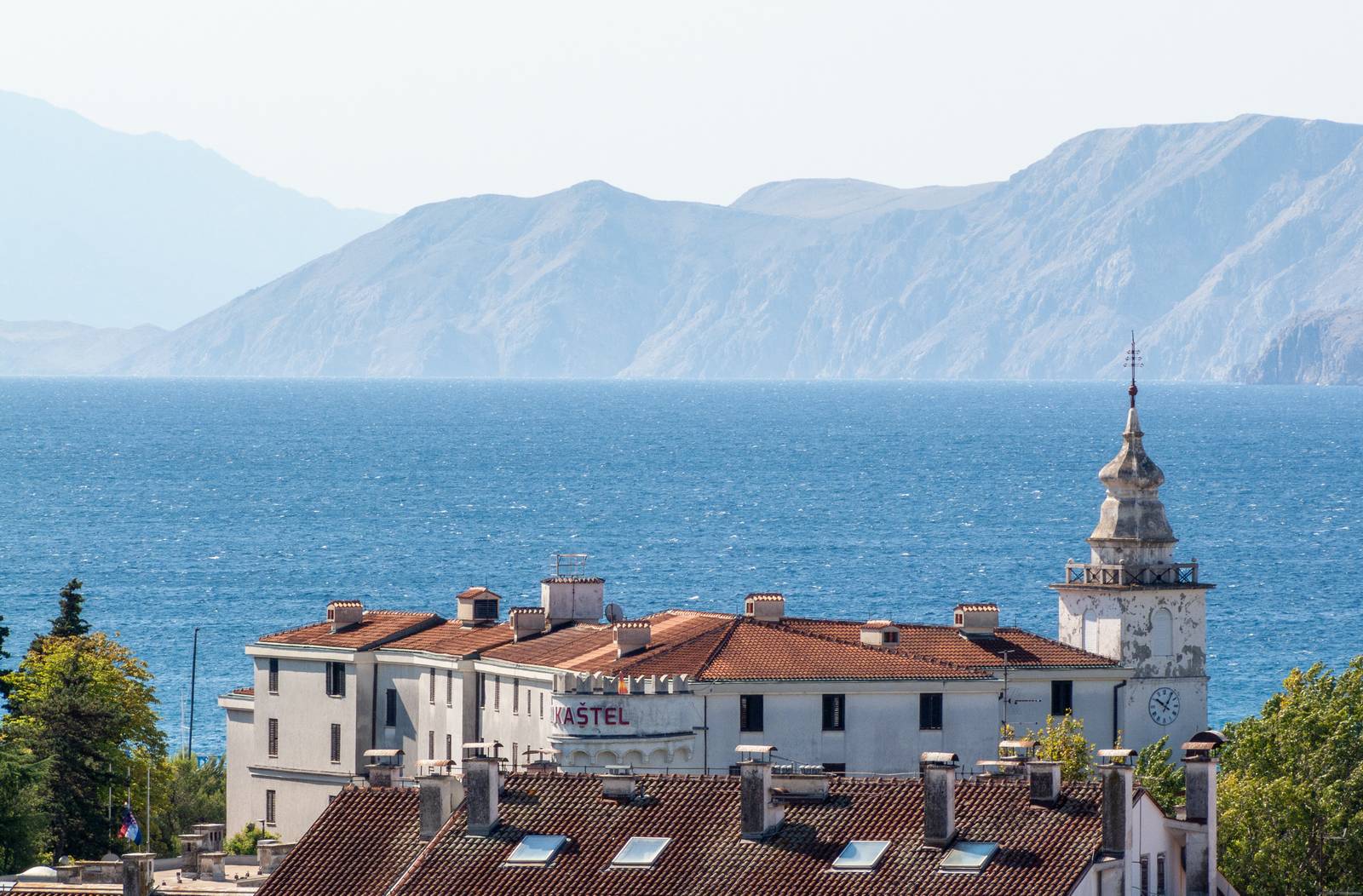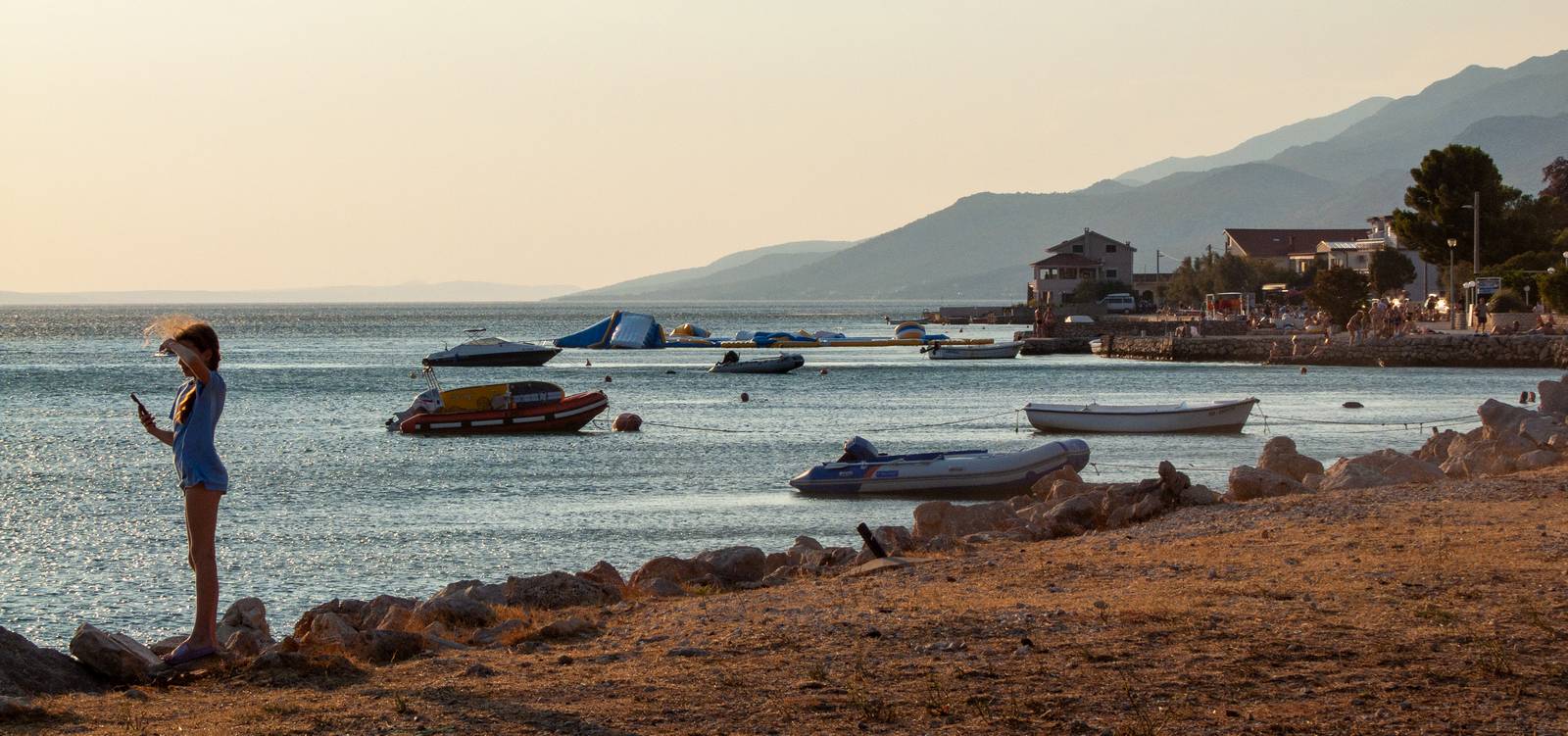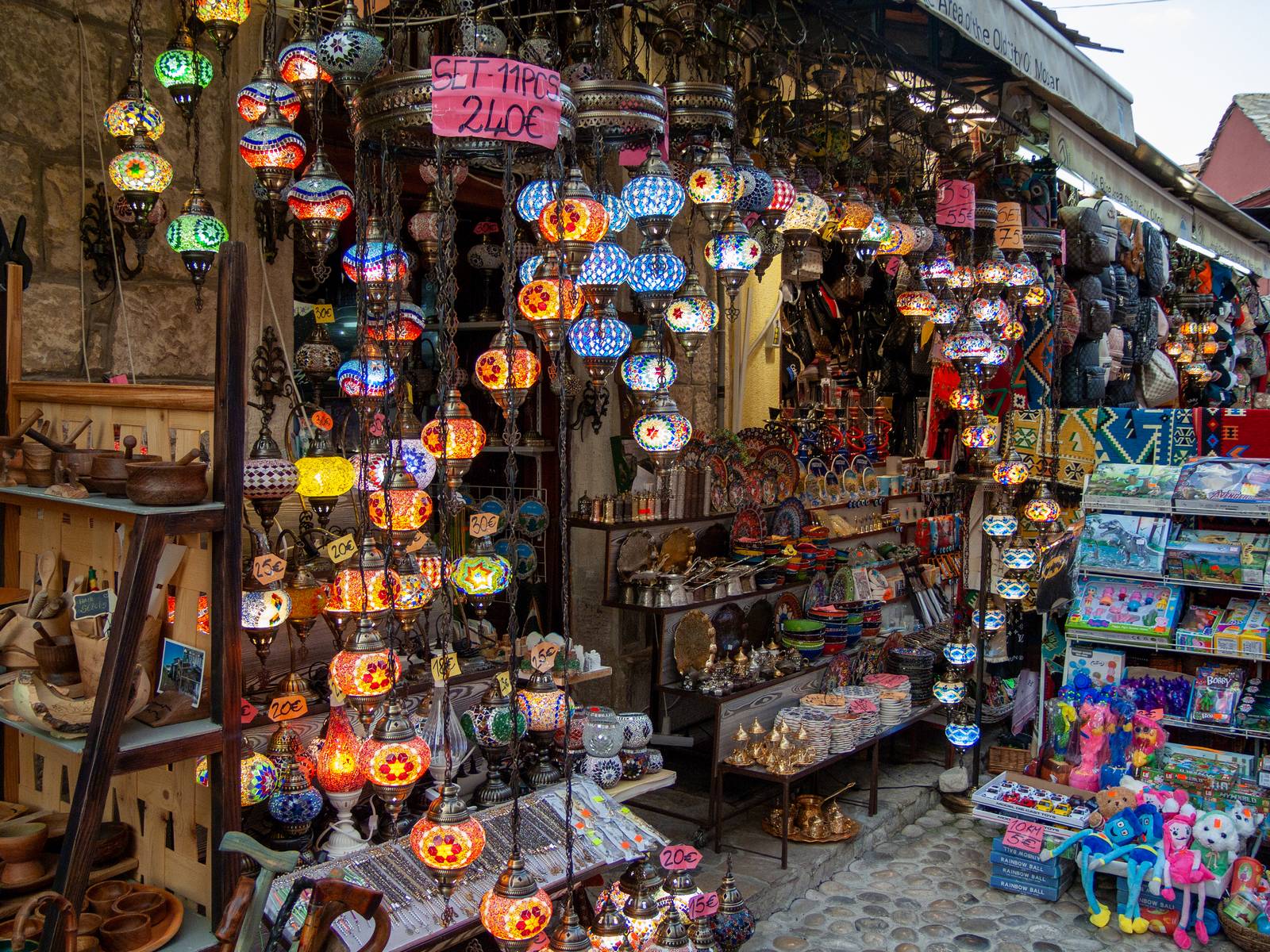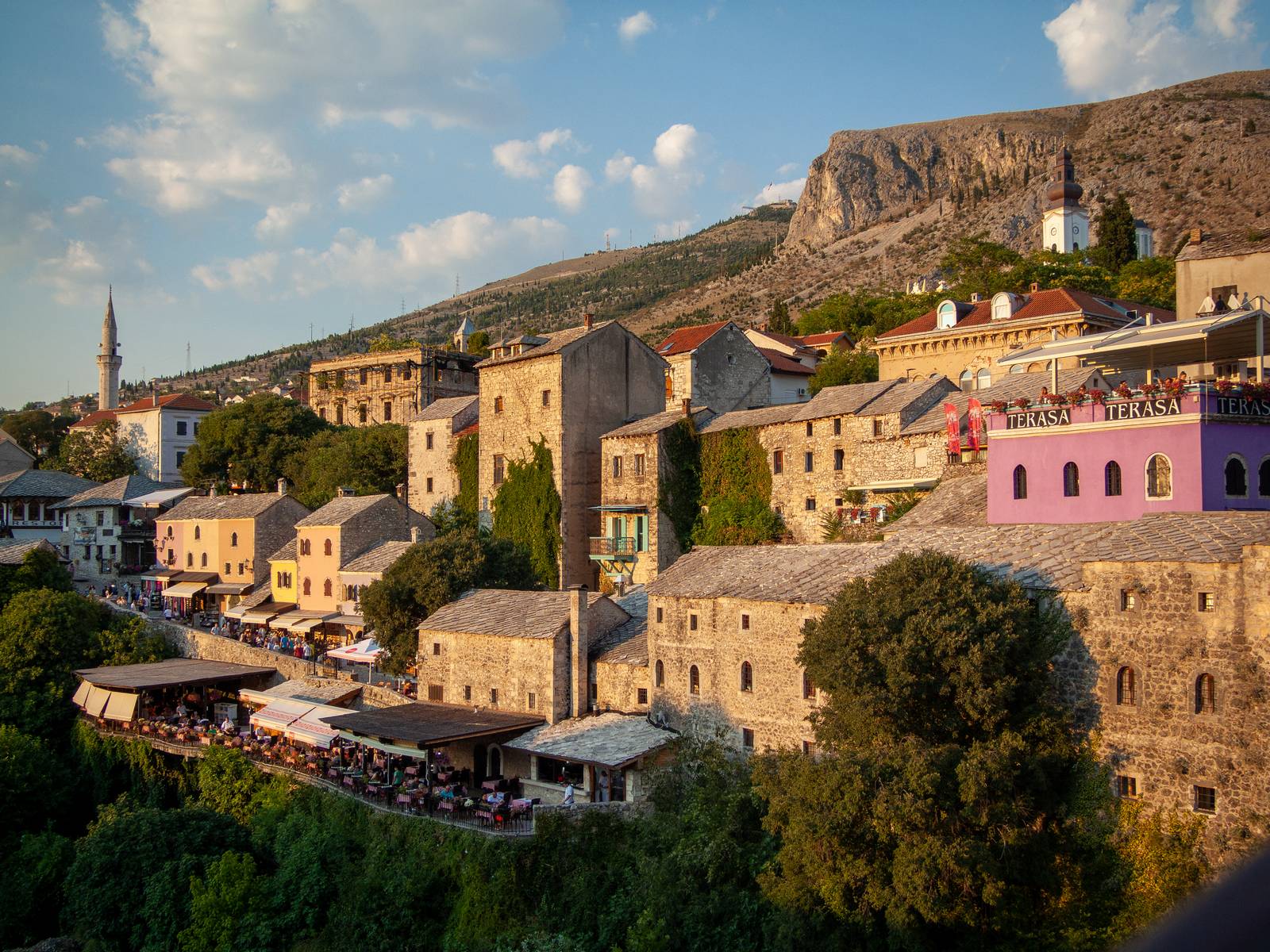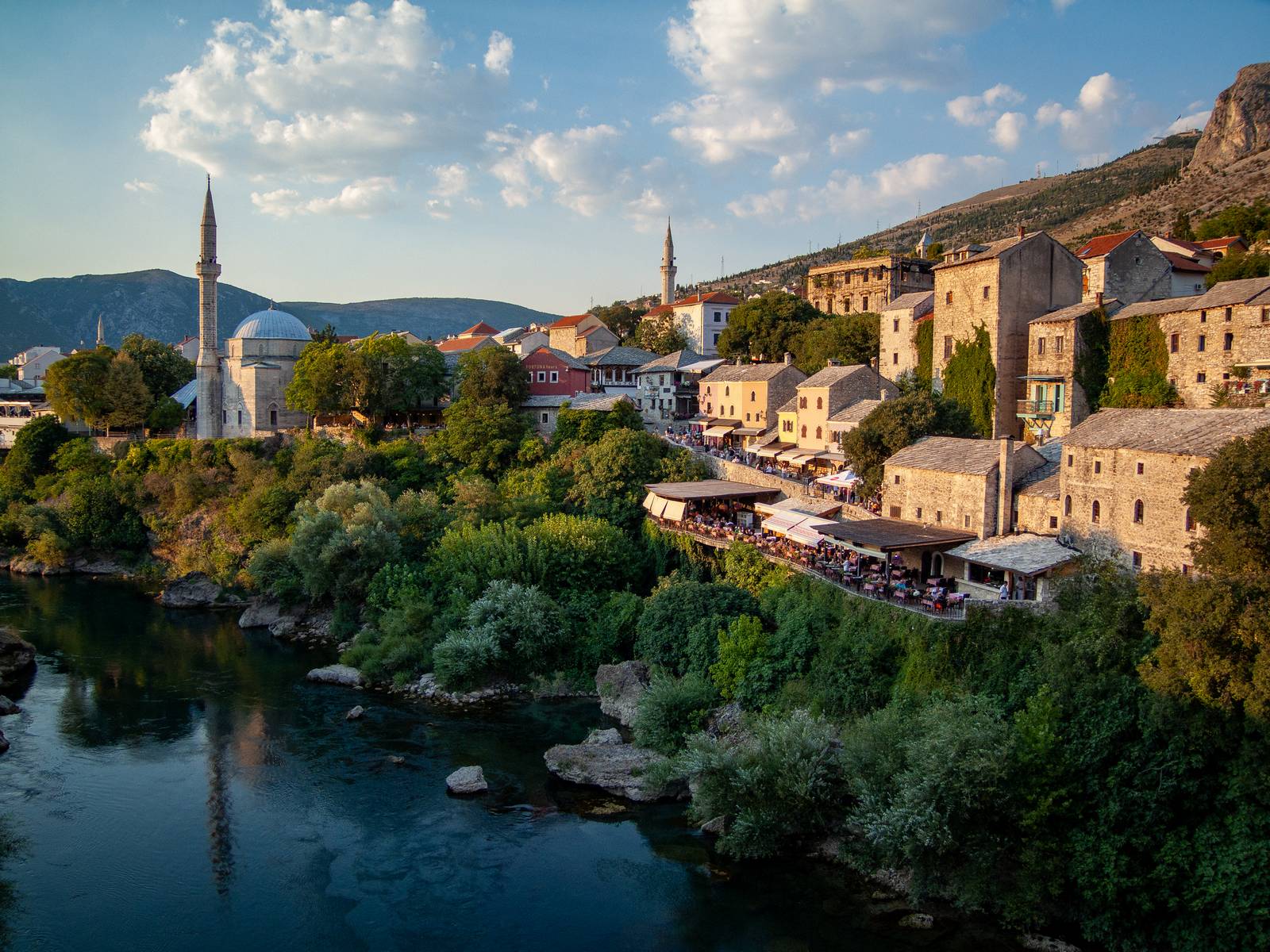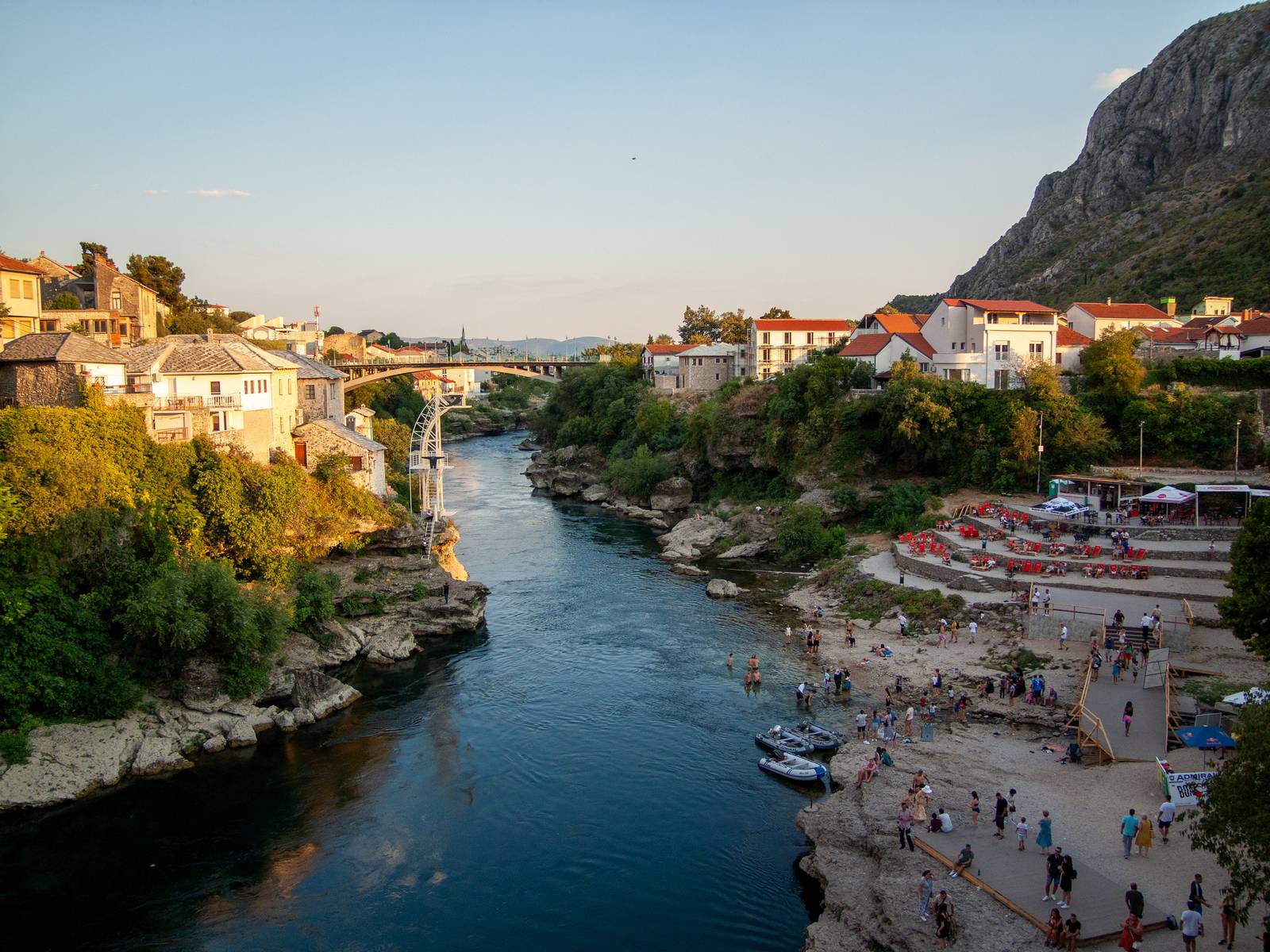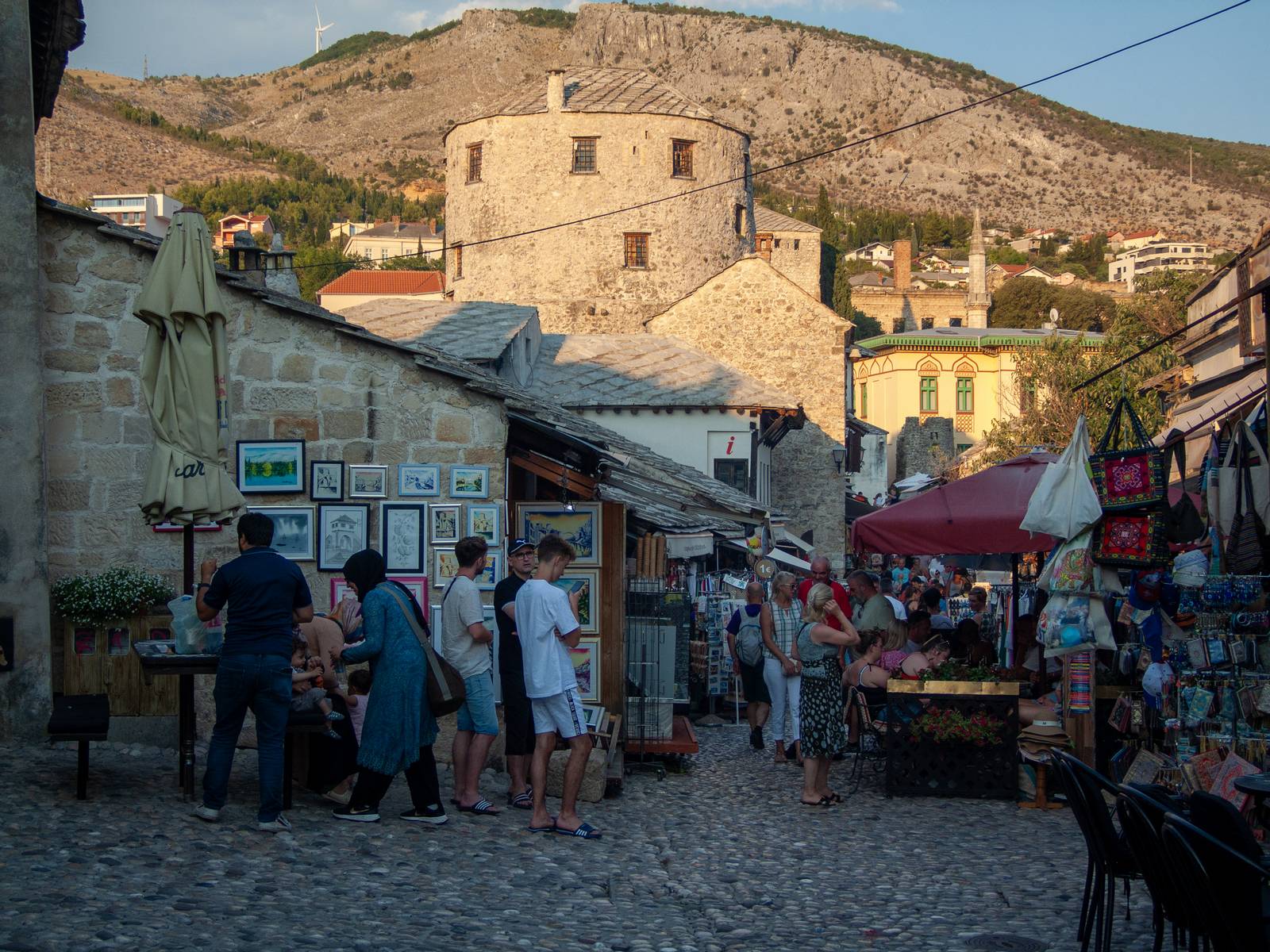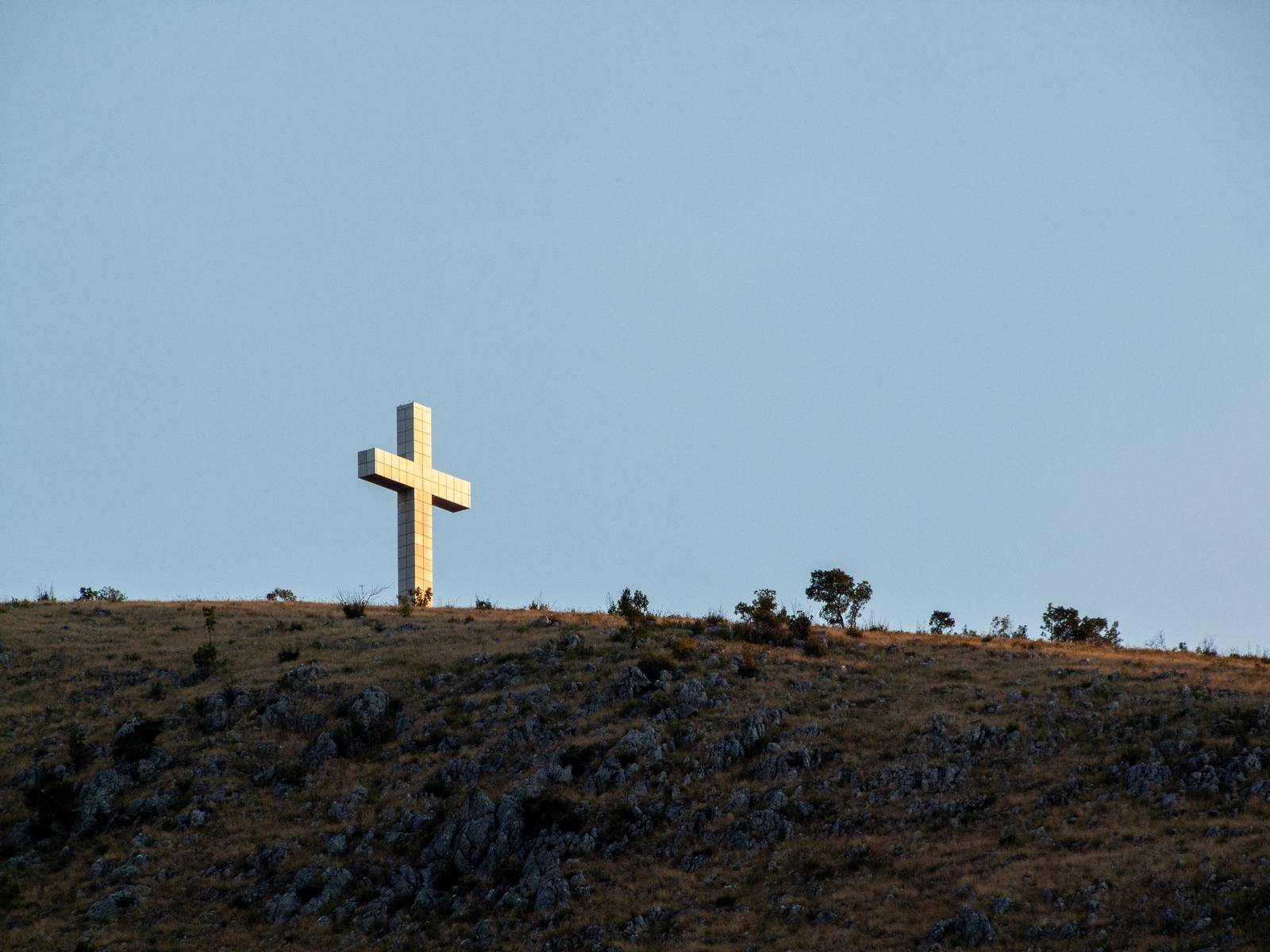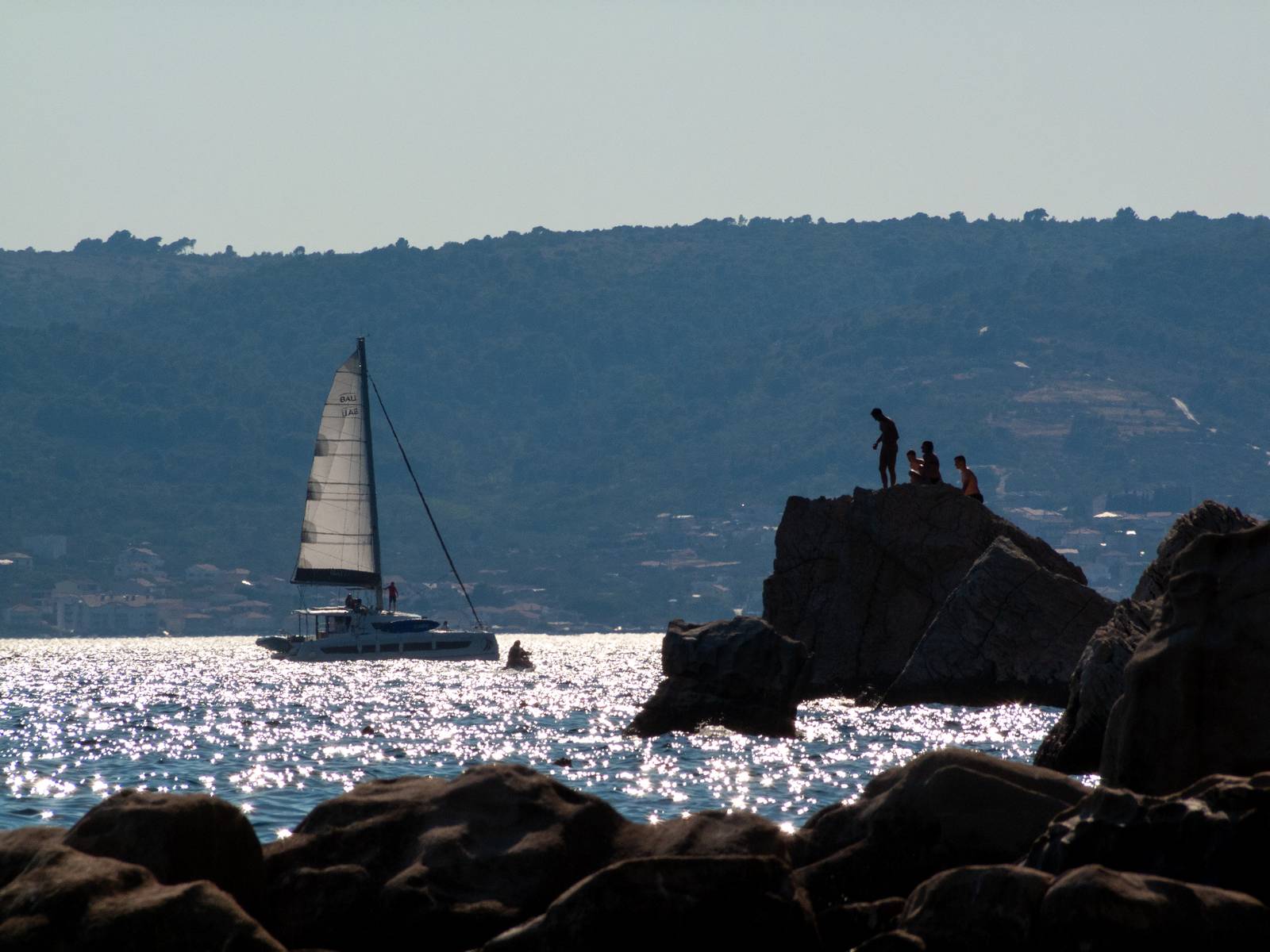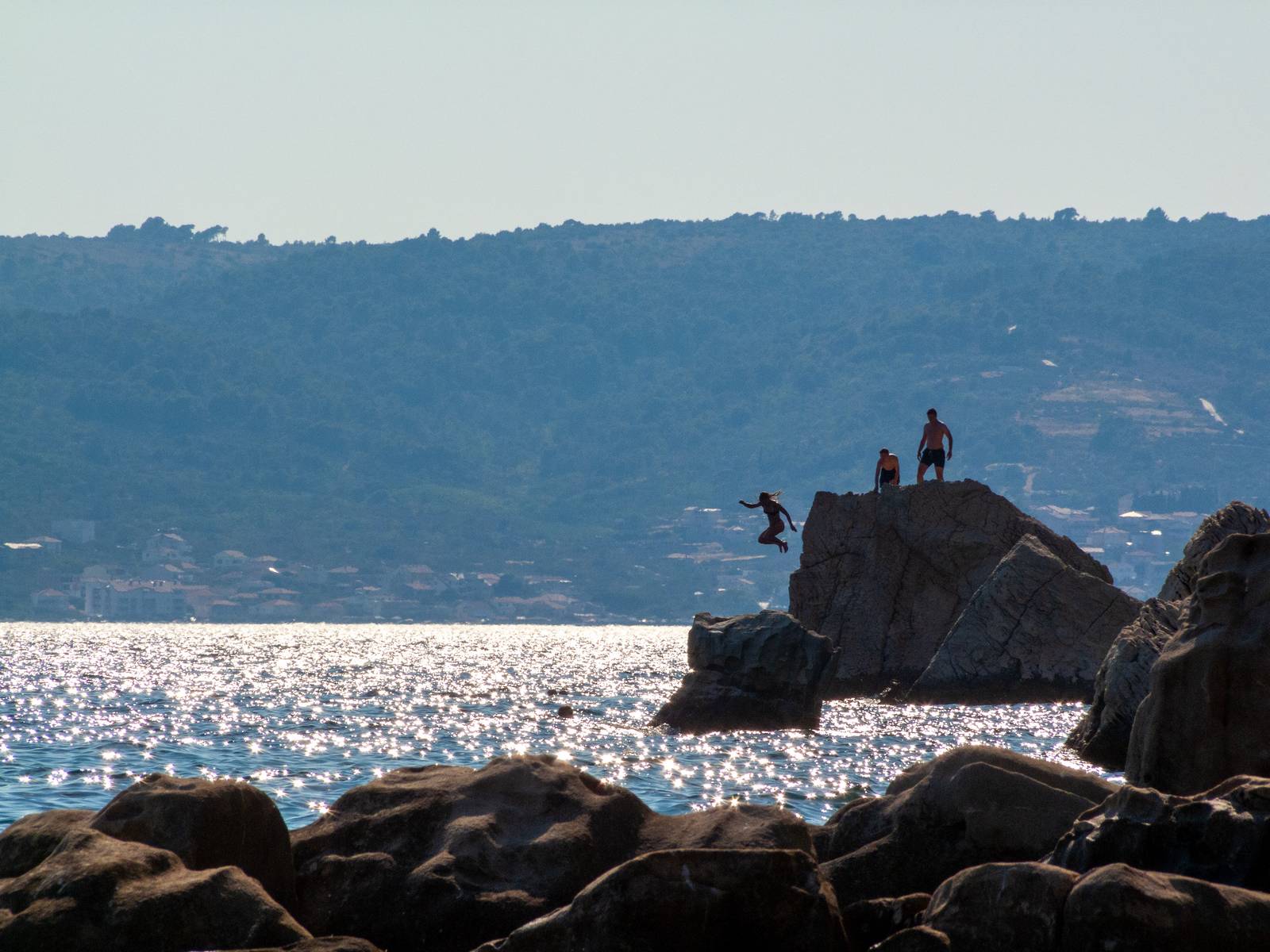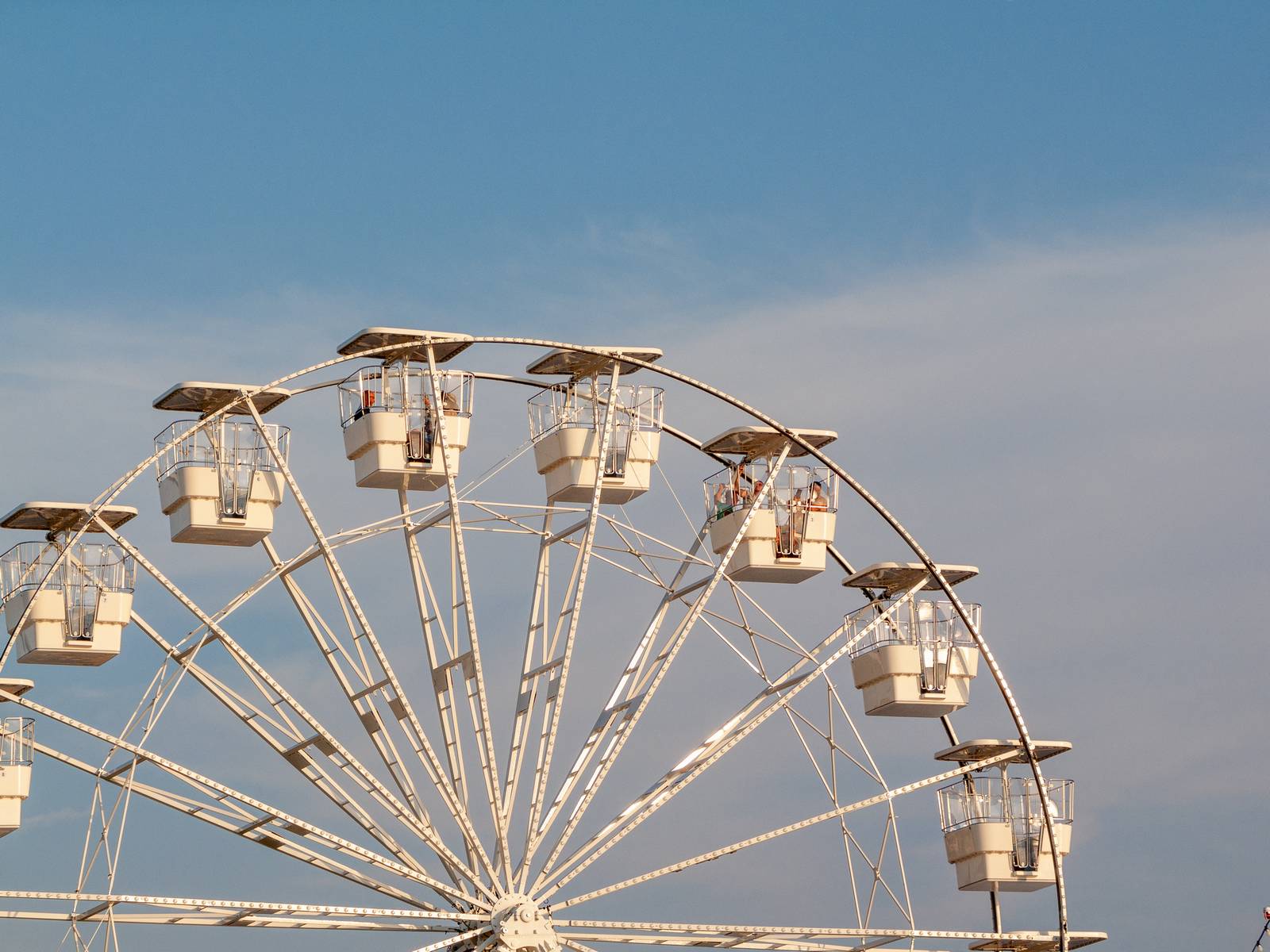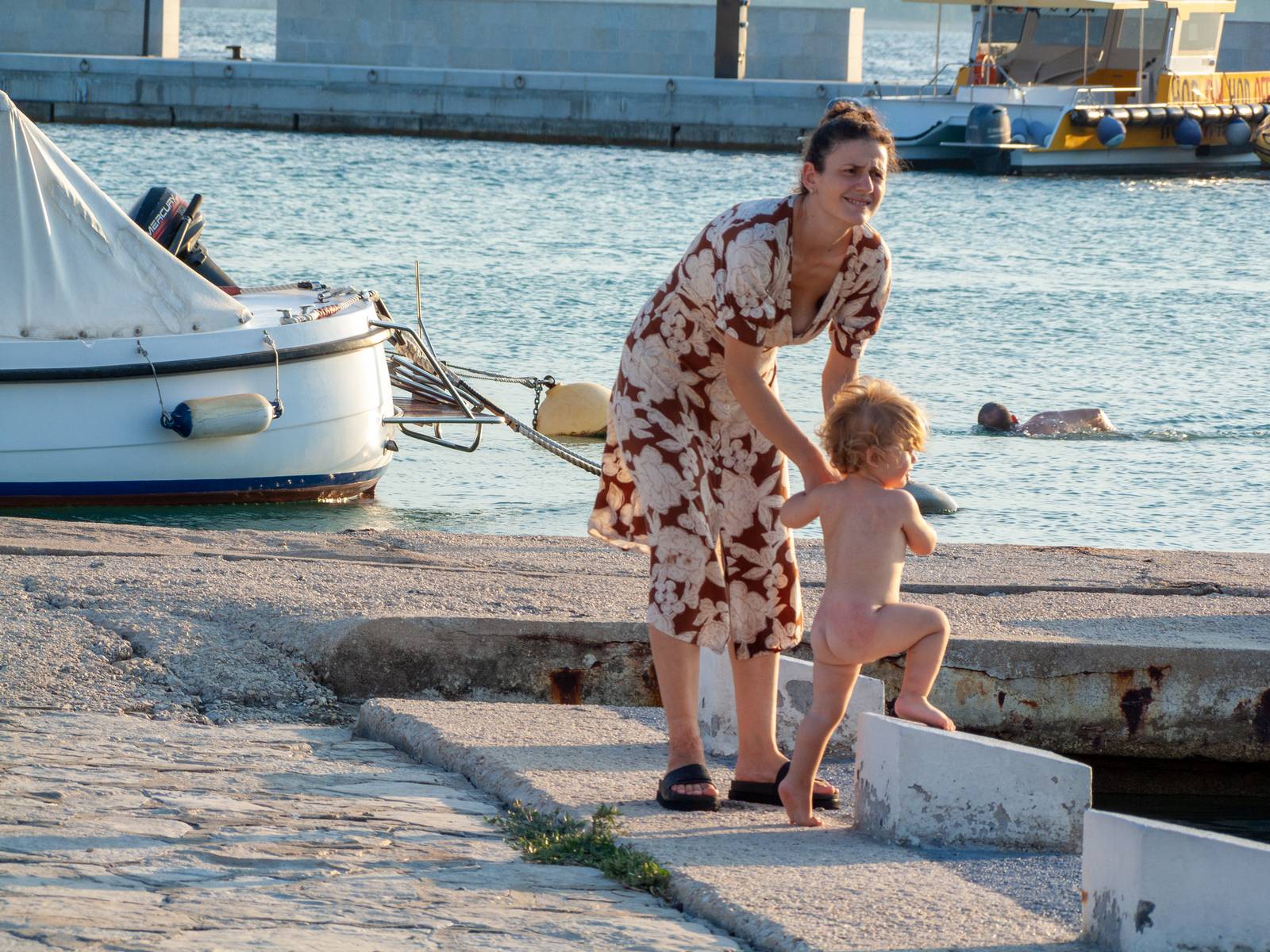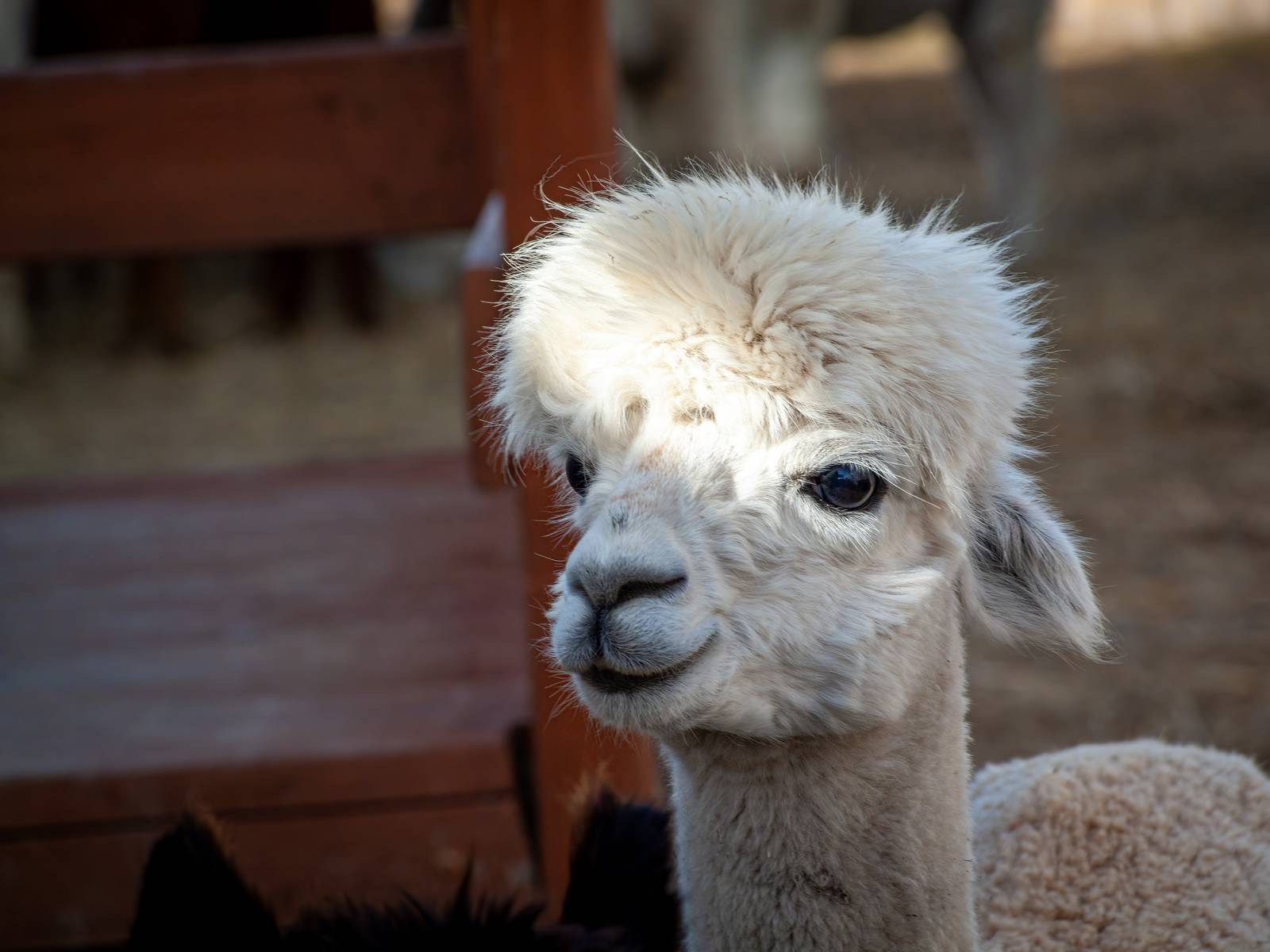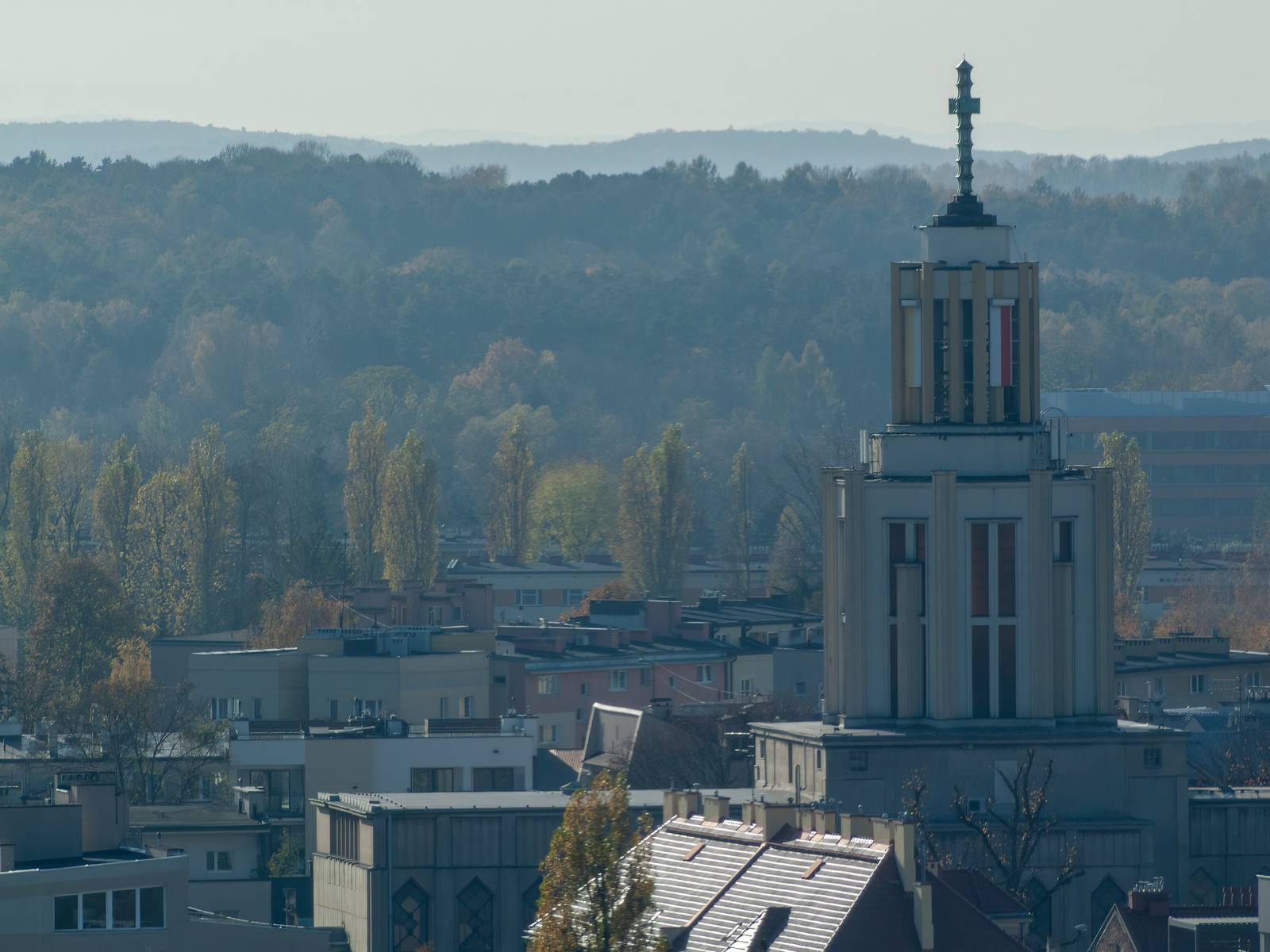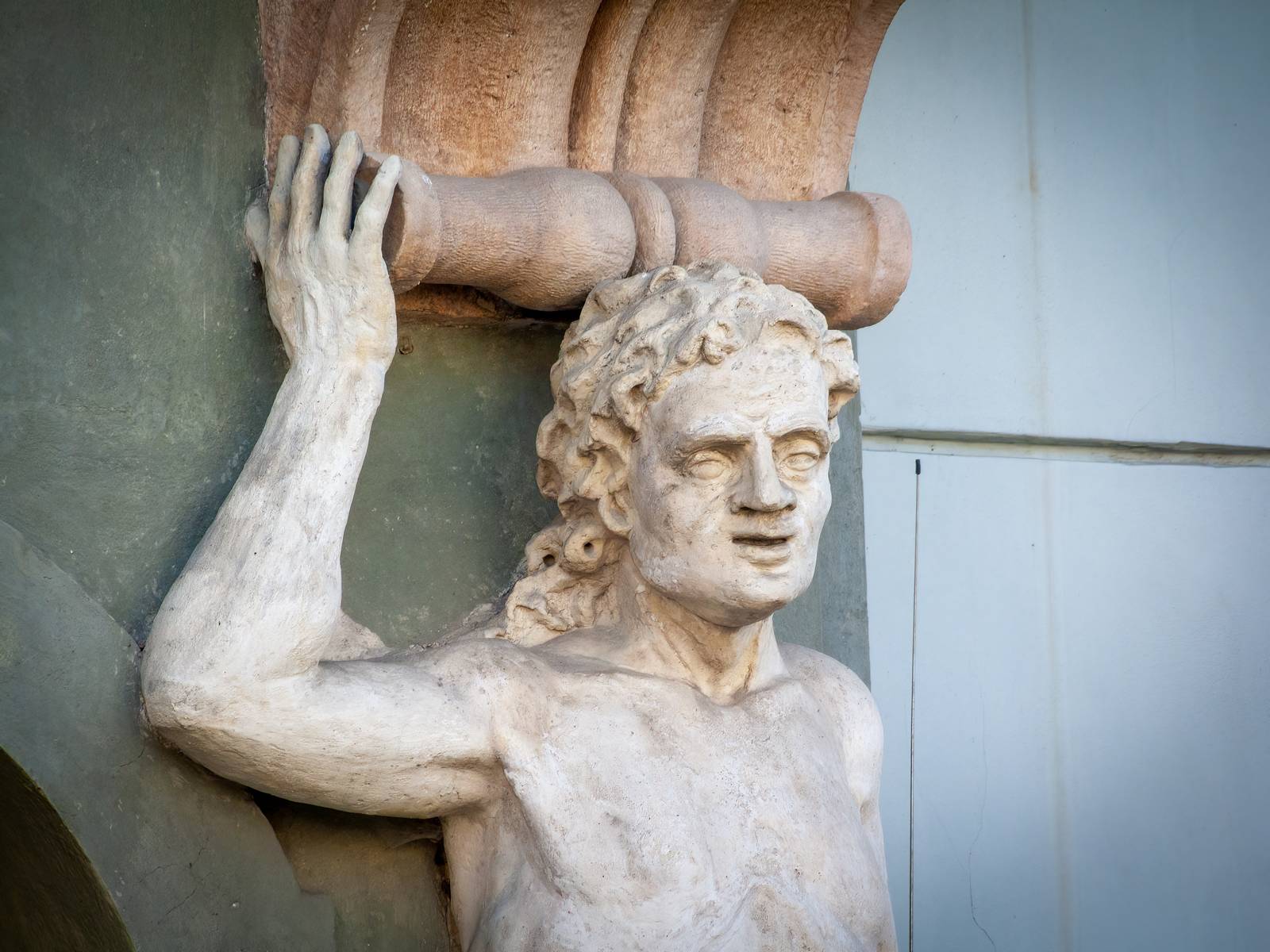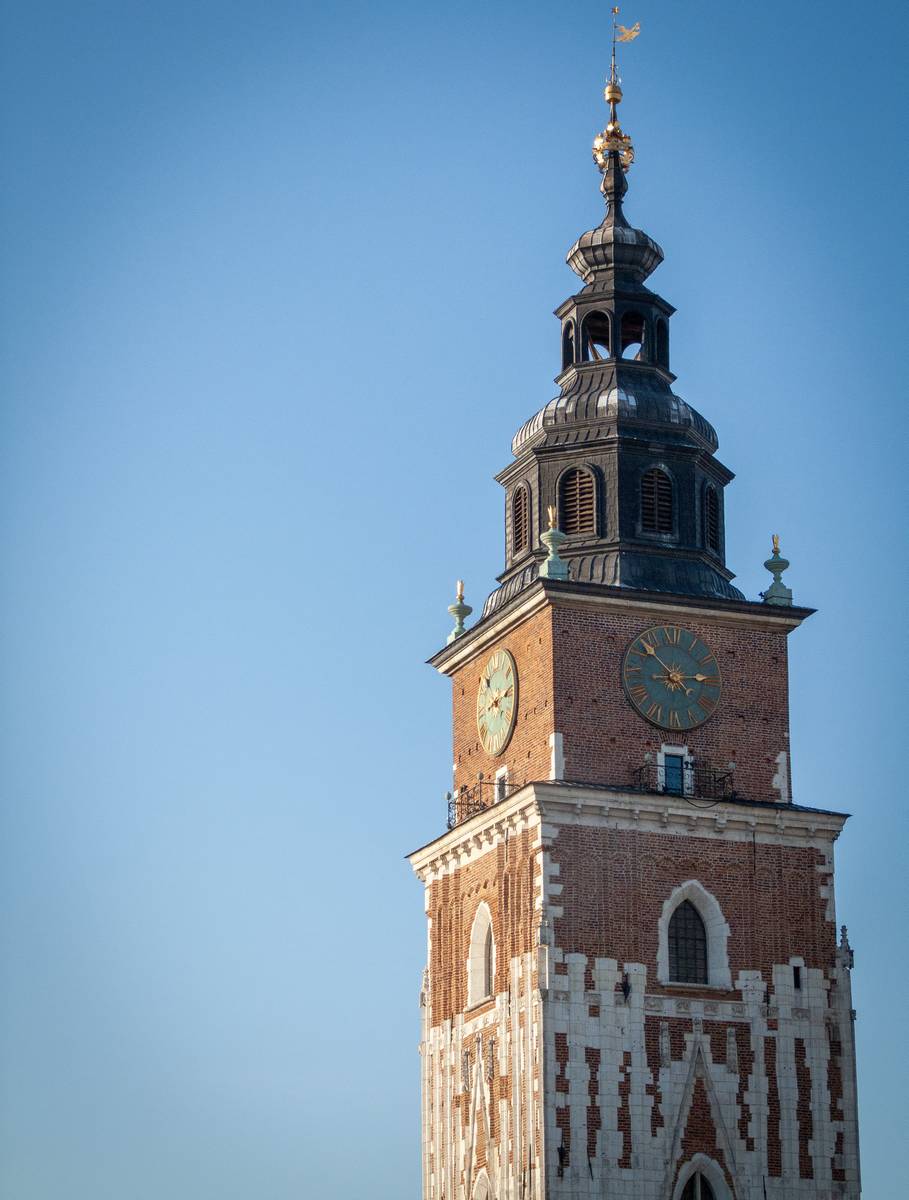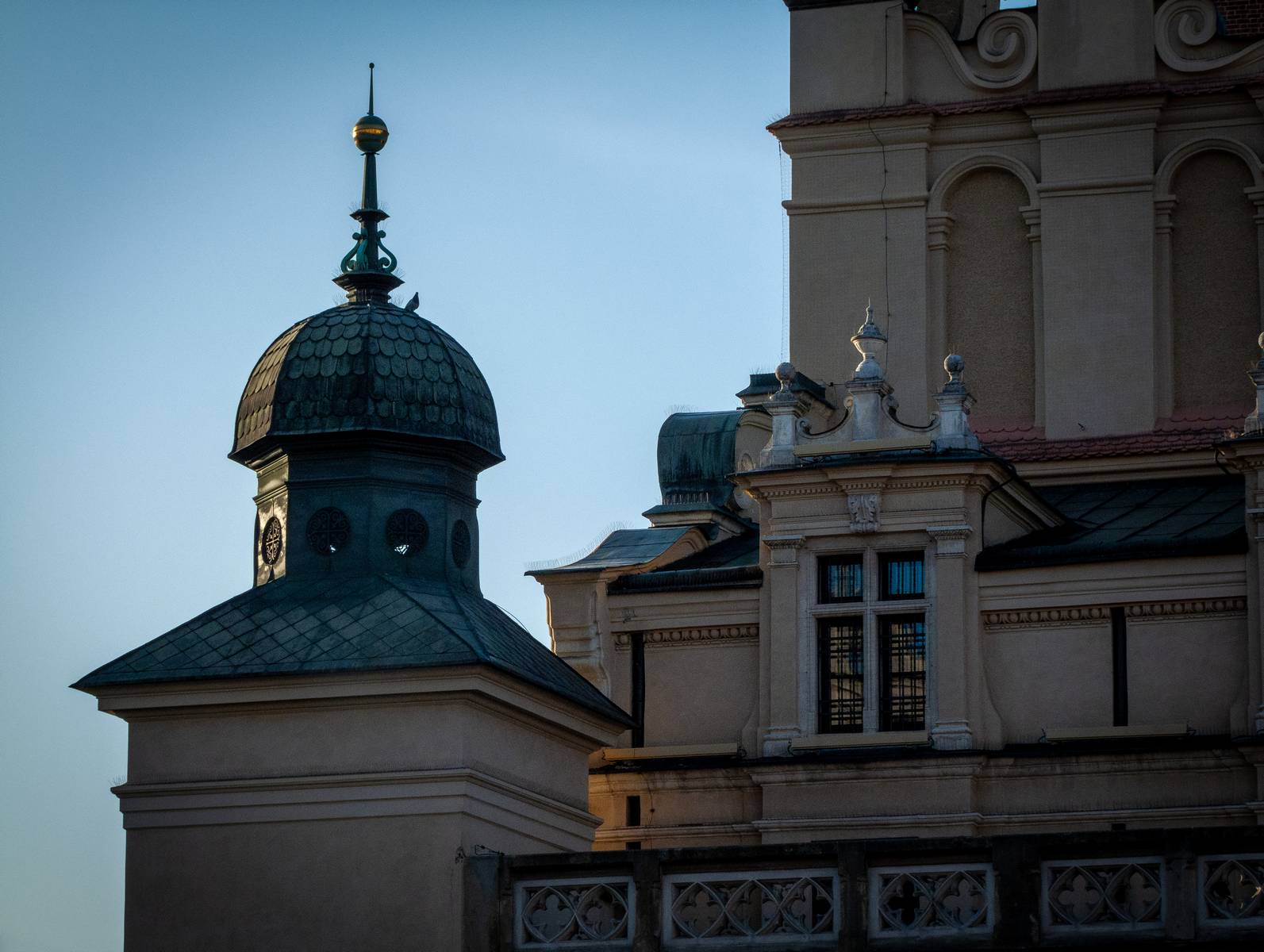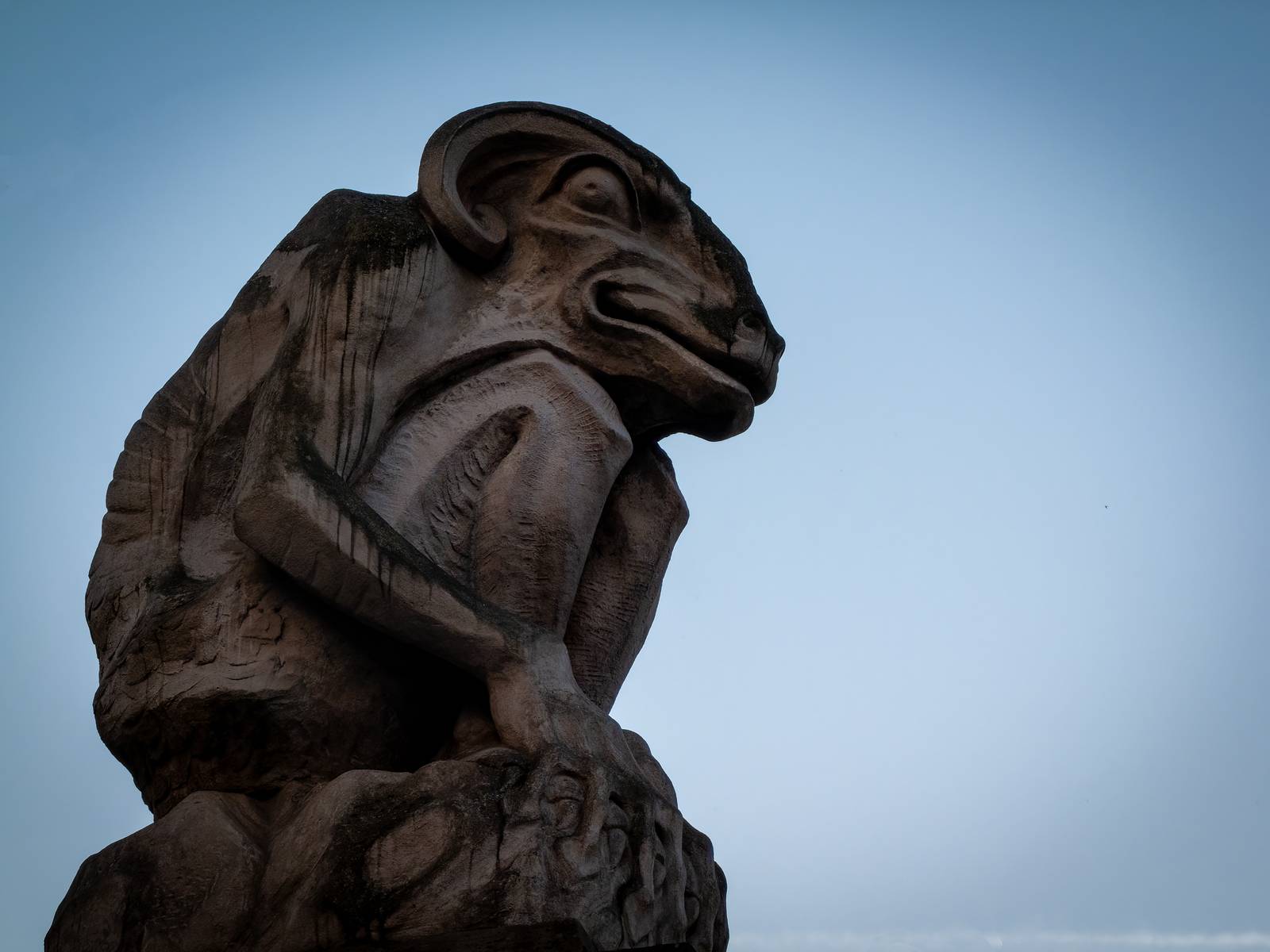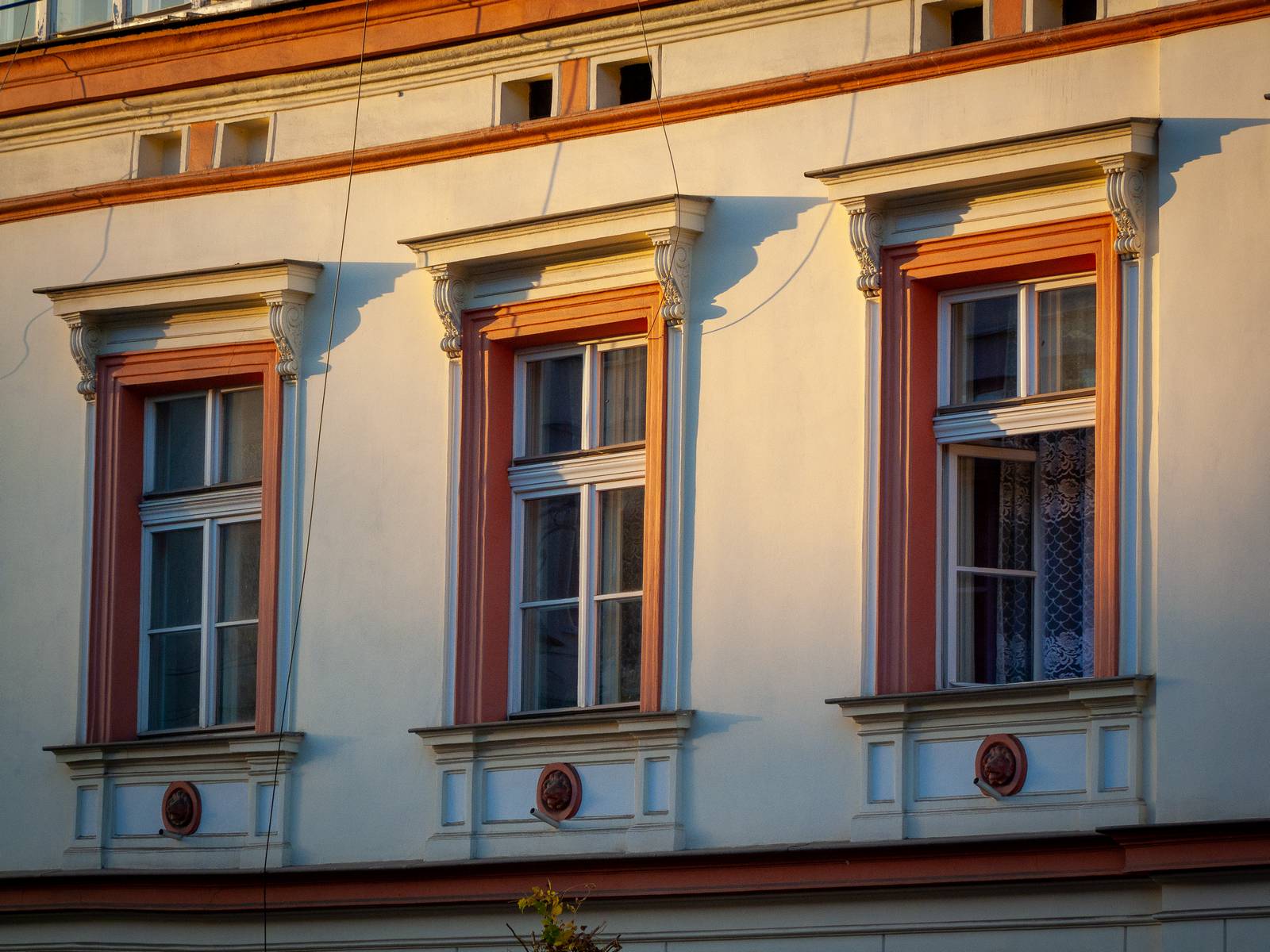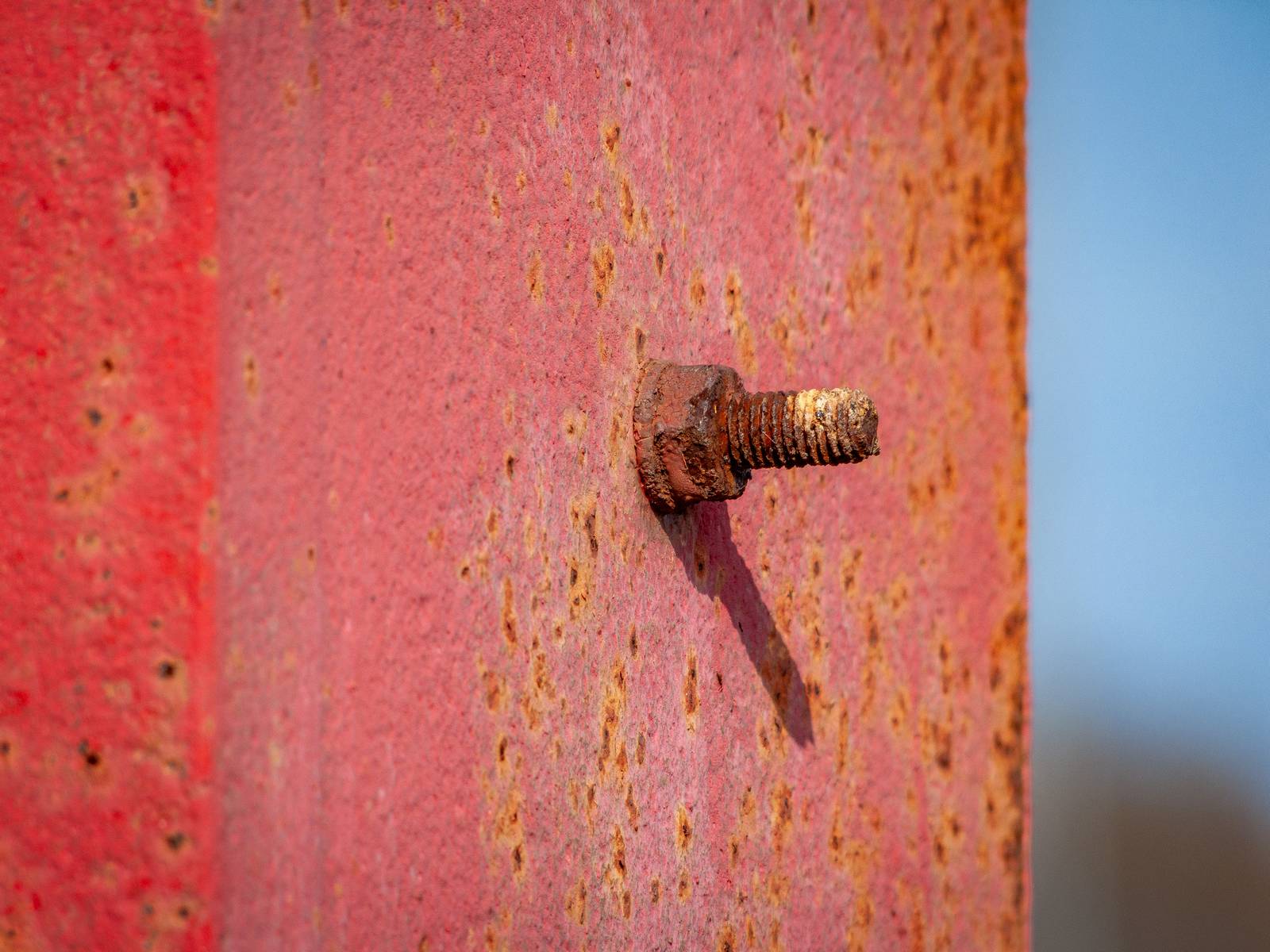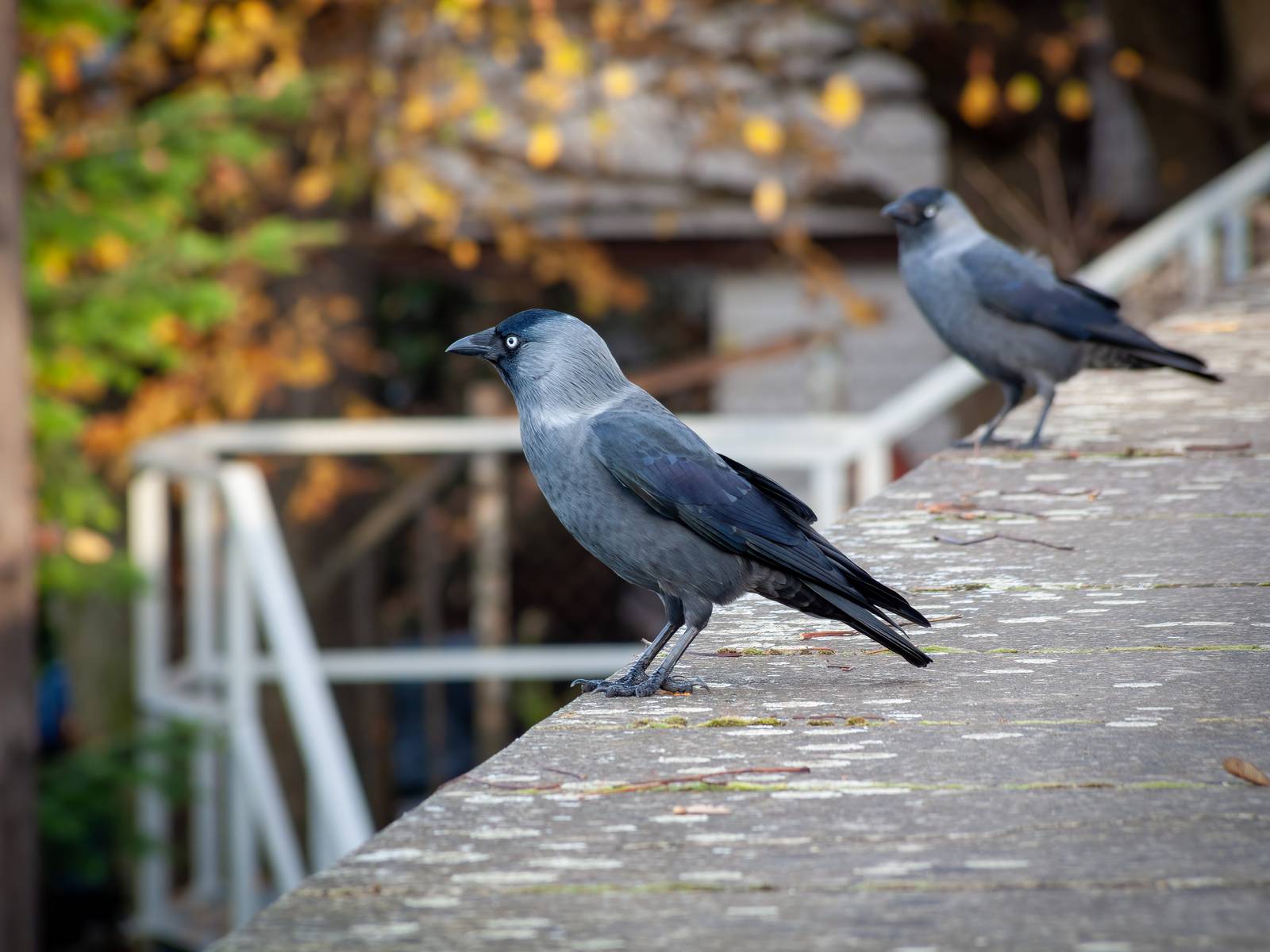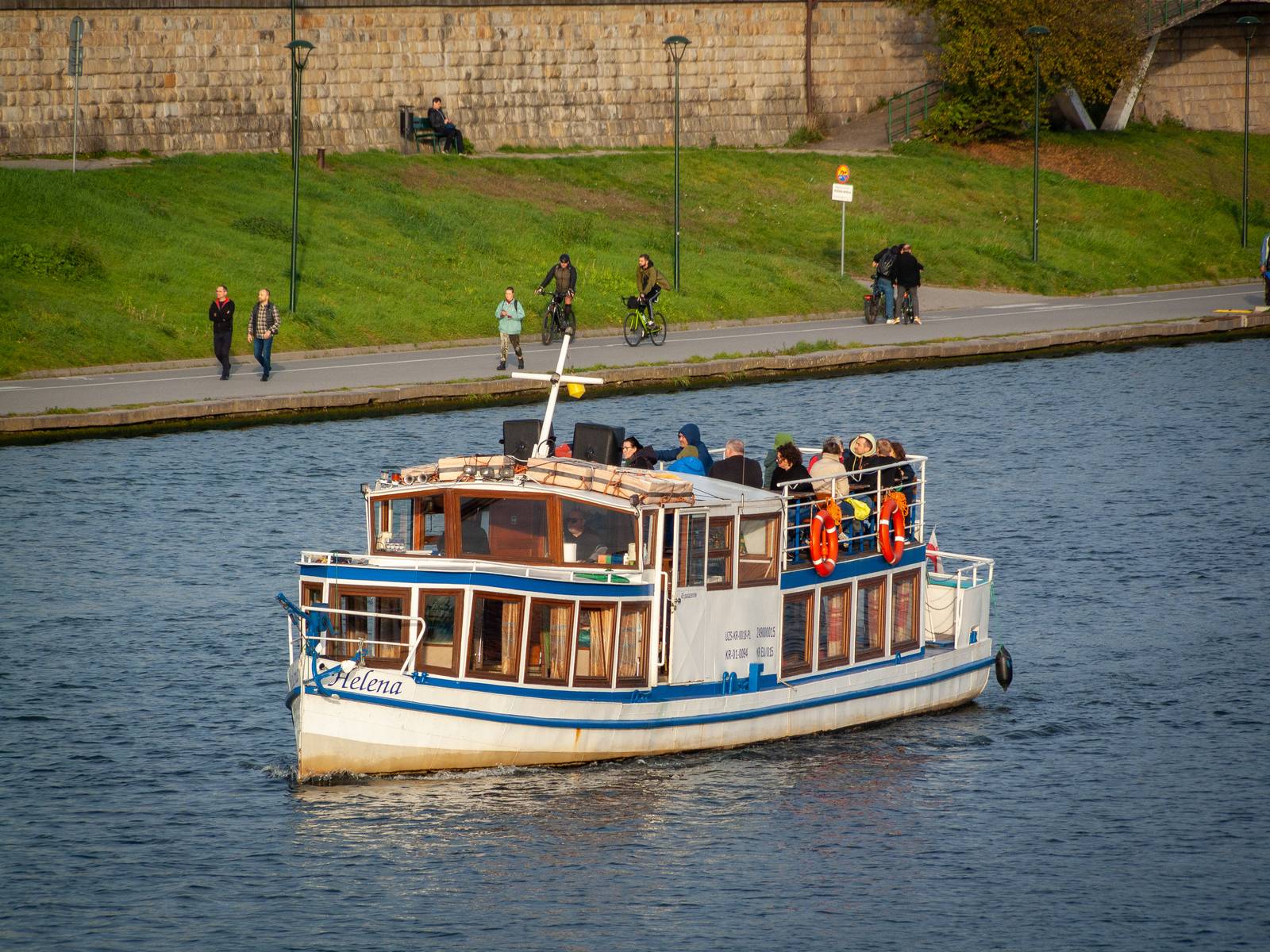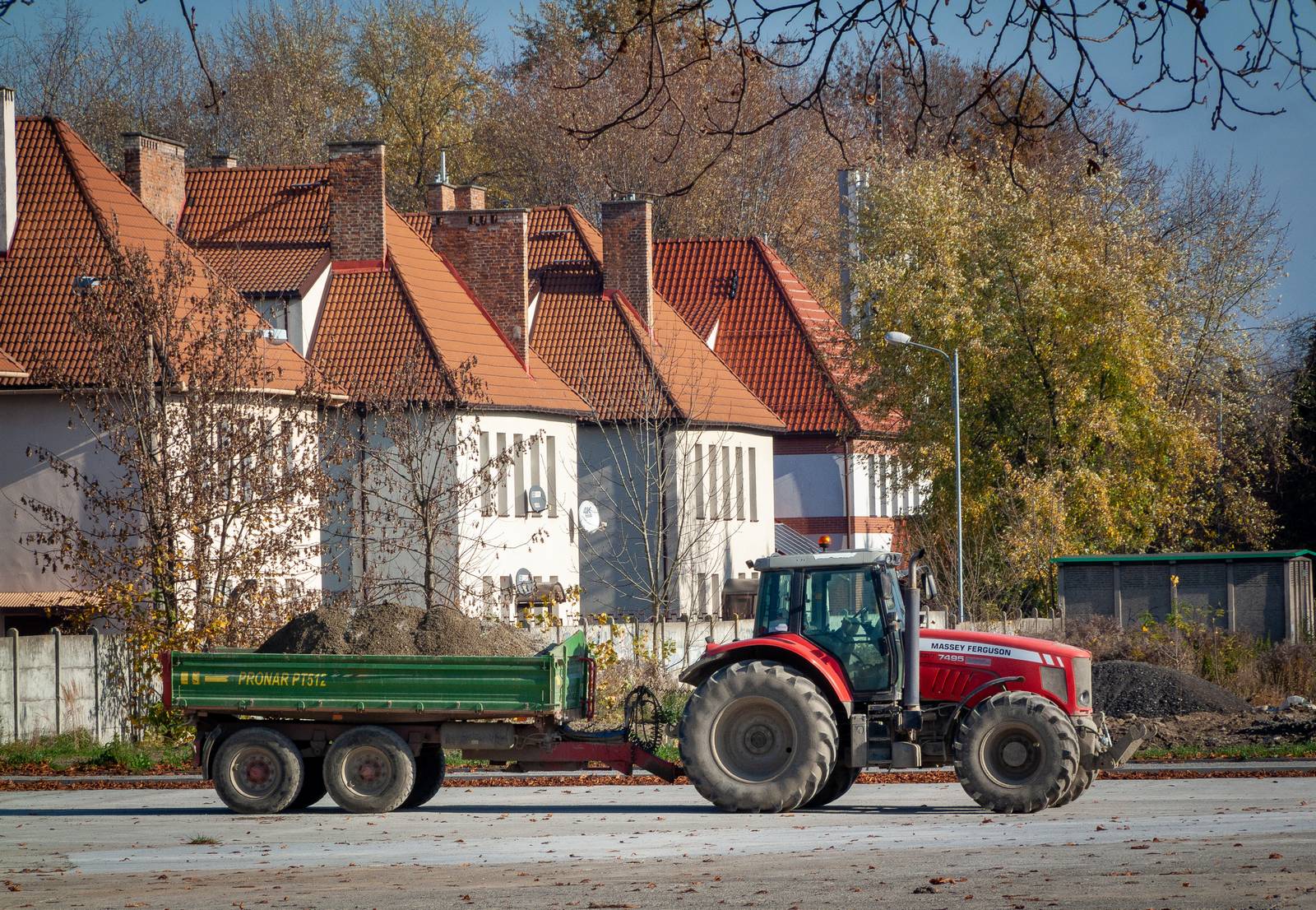Please read how I review before getting into this post. The galleries might take a little while to fully load.
Intro & Specs
I bought this camera as a cheap entry into Fujifilm and its SuperCCD technology. It was with me on two multi-day trips so far, where I used it as a primary vacation camera.
| Released | 27th February 2008 |
| Technical Review | https://www.dpreview.com/reviews/fujifilms100fs |
| Physical | 133 x 94 x 150mm, 995g with batteries, similar feel to a medium-size DSLR (Nikon Dxx, Canon Dxxx), with a travelzoom lens. |
| Sensor | Fujifilm designed, Sony manufactured SuperCCD, 2/3″, 11.1 megapixel |
| Lens | 7.1-101.5mm physical, 28-400mm equivalent focal range, f/2.8-5.3, stabilized. |
| Battery | Proprietary lithium-ion, 3rd party options widely available |
| Memory | SD, SDHC cards supported up to 16 GB |
| Popular Contemporaries | Nikon D90, Canon 450D, Canon 5D Mark II, Panasonic Lumix G1 |
| World Events that year | Barack Obama elected, Russian-Georgian conflict, economic meltdown |
| Contemporary Competitors | Bridge cameras were all hyperzooms at this day and age, this is a DSLR-substite bridge camera, and has no direct competitors from 2008. |
| Retro Digital Related Cameras | The Olympus E-20 has a similar goal – DSLR-like experience with an integrated lens, but it’s ancient tech. The Sony DSC-R1 plays in the same DSLR-substitute league, but it’s geared towards resolution excellence – larger sensor, limited focal range -, and quite expensive too. The Fujifilm X-S1 is the updated increment, but since Fujifilm and X are both in its name, it is expensive. Panasonic FZ-xx cameras have similar design goals, but they use smaller sensors. |
| Related Modern Cameras | The Panasonic FZ-xxxx series and Sony RX10 cameras can be considered modern incarnations. A sweet spot of sensor size, zoom range and optically great performance with an ILC-camera user experience. |
| Price in its Day and Market Conditions | 750 USD at launch. The Canon 450D was 900 USD with the so-so kit lens, the Nikon D40 although two years old, was less than 500 USD at this point including kit lens. |
| Rarity | Common |
| Used price as of 2024 | 50-150 EUR / USD |
| Historical Significance | Some. The last 2/3″ CCD-based consumer camera I know. |
What I Liked
- It handles really well, lots of manual controls, like a well-established DSLR, not some random foray into bridge camera country (I’m looking at you, Kodak P880). I’d rate it higher than the Olympus C8080, Panasonic FZ-50 and on-par with an Olympus E-20 in this regard.
- It has a manual zoom ring (hooray!), which is smooth, but probably a little too loose.
- Surprisingly solid real-world dynamic range, much better than the sensor size implies (this is not an EXR sensor).
- The lens is simply excellent. The stabilization works fine, and the optical quality is better than a typical kit lens of the age, with consistent real-world sharpness and contrast throughout the focal- and aperture range. Resolution is visibly better than a contemporary DSLR with a kit or typical superzoom lens. Chromatic aberration is visible at times, but Lightroom deals with it effectively.
- It’s fairly responsive, shutter lag is low, and though not superfast with RAW writing, still leaps better than the older premium bridge cameras, which locked up the camera for up to half a minute. You can get this locked up too, but it’s rarely a real-world issue with general photography.
- Images have a filmic, organic look, and Lightroom can deal with them reasonably well – unlike some other Fujifilm cameras due to the unique color filter array.
- The EVF is low-res, but once you get used to it, it just works.
- Tilting screen gives you additional flexibility.
- Battery life is decent, better than the original reviews indicate, you can surive an intensive day on two batteries, 4-600 shots each.
- The macro mode is fun, albeit not the most usable. It works at the short end of the focal range, which gives you zero working distance. The front element can literally touch your subject. The lens gives softer impression in macro mode than normal.
- Contrast-detect focus is precise.
- Color [based on default import in Lightroom] is full of character and has a pleasant but not overcooked warmth.
- Manual focusing is usable, but not great. AF is precise in every mode, so there’s no practical need for MF.
- Good quality 3rd party batteries are accessible.
What I did not Like
- Low-light performance is limiting, especially if you’re used to APS-C. You are okay up to ISO400, you can salvage ISO800, but ISO1600 is adventurous, and ISO3200 needs some serious creativity. These are not bad numbers for a CCD of this size, but don’t expect DSLR-like abilities.
- Low-light usability is further limited by the EVF, which has low FPS and rainbow issues in the dark.
- EVF struggles with fast movement.
- You can’t write RAW and JPEG simultaneously. This is too bad, because I like to check out and appreciate the JPEG engine of many old cameras, although it’s always the processed RAW that makes it to the family album.
- There’s no external TTL-flash for this camera as far as I know. You’re limited to manual flash, which works, but forget about shooting in mixed lighting indoors, unless you’re very used to manual flash and have a good sense for the right power across apertures, ISOs and varying light conditions, plus your flash has excellent manual control interface too.
- Responsiveness is okay, but not on-par with the best bridge cameras (Sony R1, Olympus E-20)
- Contrast-detect focus is not the fastest, low light hunting happens as you zoom in.
- Max SD card supported is 16GB, and RAW files are huge, so if you don’t have a 16 gig handy, you should definitely get one for this camera.
Thematic Galleries
Contrast & Dynamic Range
Landscapes
Low Light
Macro & Close-ups
Portraits
Travel Shots
More Travel Shots
Zoomed In
The Bottom Line
The S100FS is a great, versatile camera that’s fairly usable in a modern workflow (speedy & Lightroom-friendly RAW). There are probably more exciting options for retro digital, this is simply a good camera without notable gimmicks. Although it can be acquired for super low prices (mine was 40 EUR), it can’t match a DSLR in sheer speed and general usability, while occupying the same physical footprint. What’s for it are the unique color render that makes it through Lightroom’s default import, and the optically excellent lens, which is way ahead of the mid-2000s Tamron / Sigma superzoom lenses, and is surprisingly consistent from wide to tele. You won’t regret buying it, but you won’t miss much if you pass.
